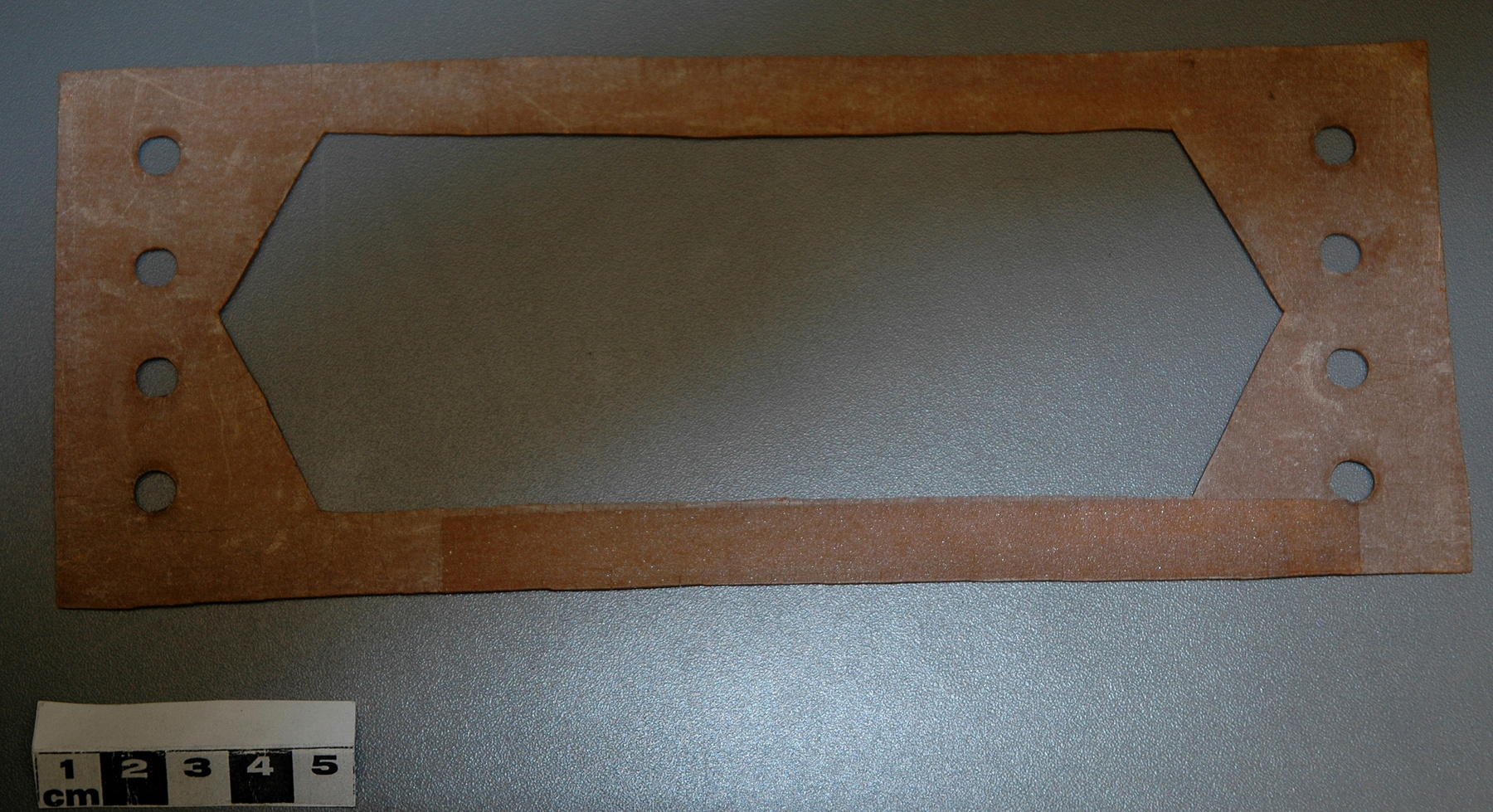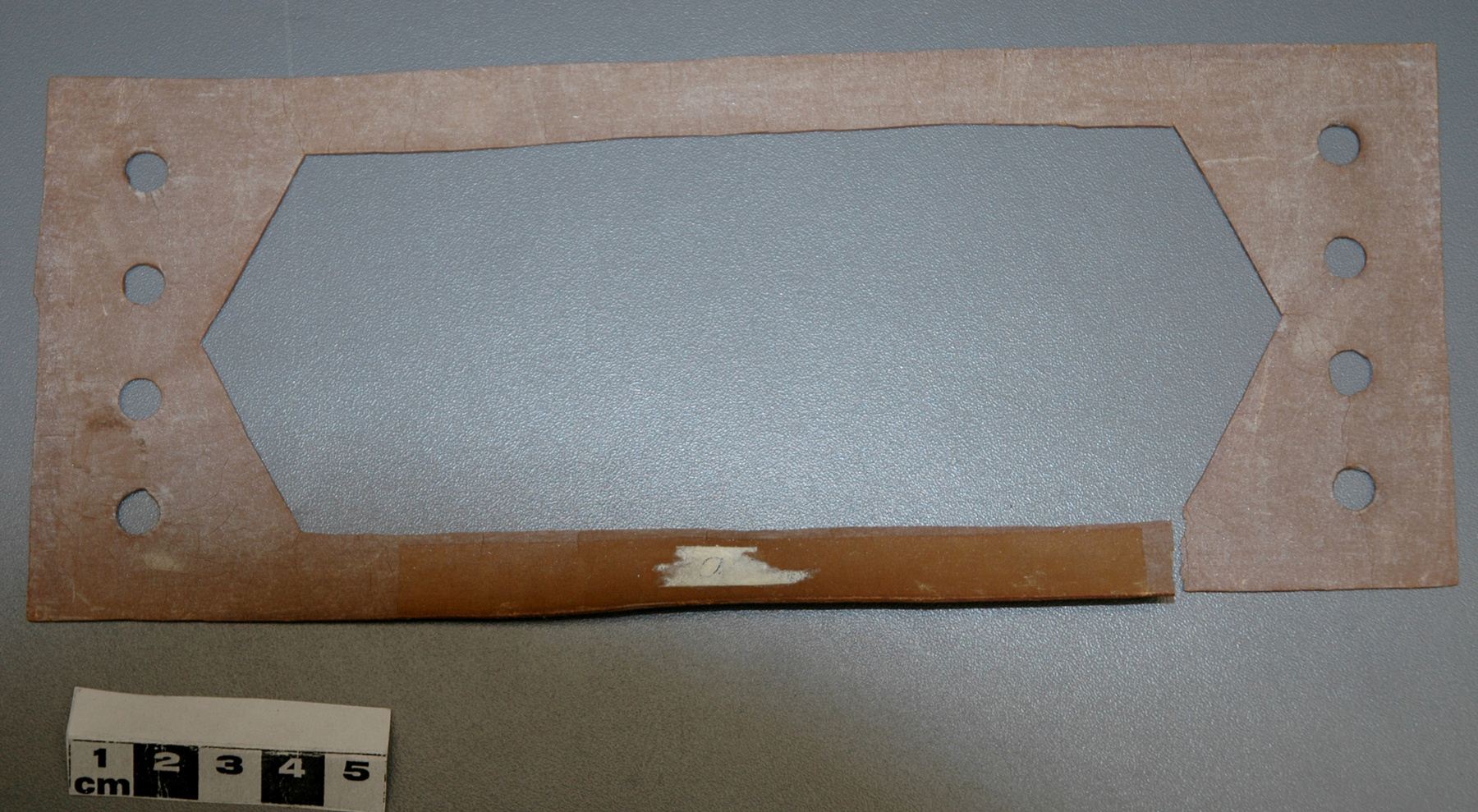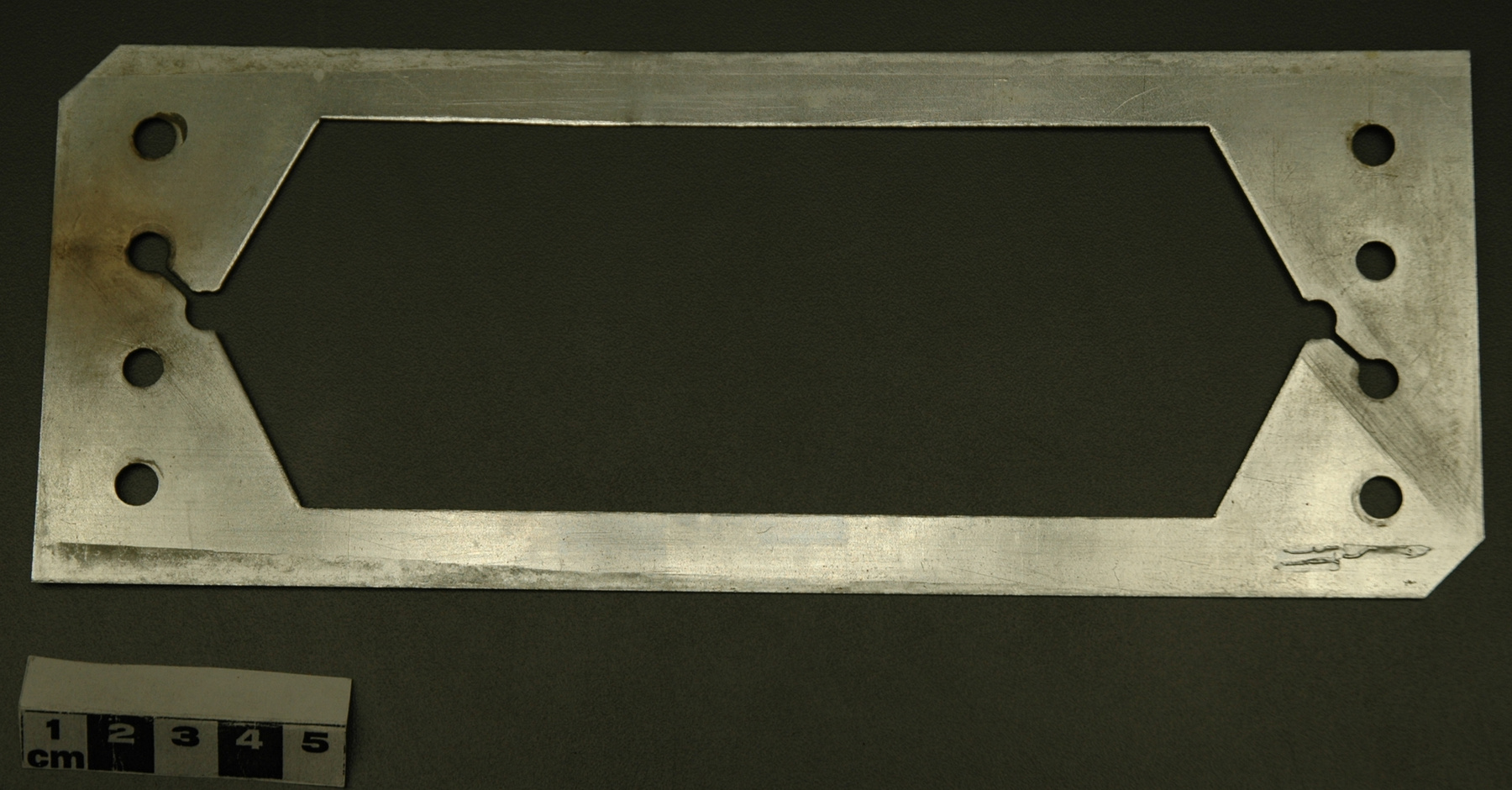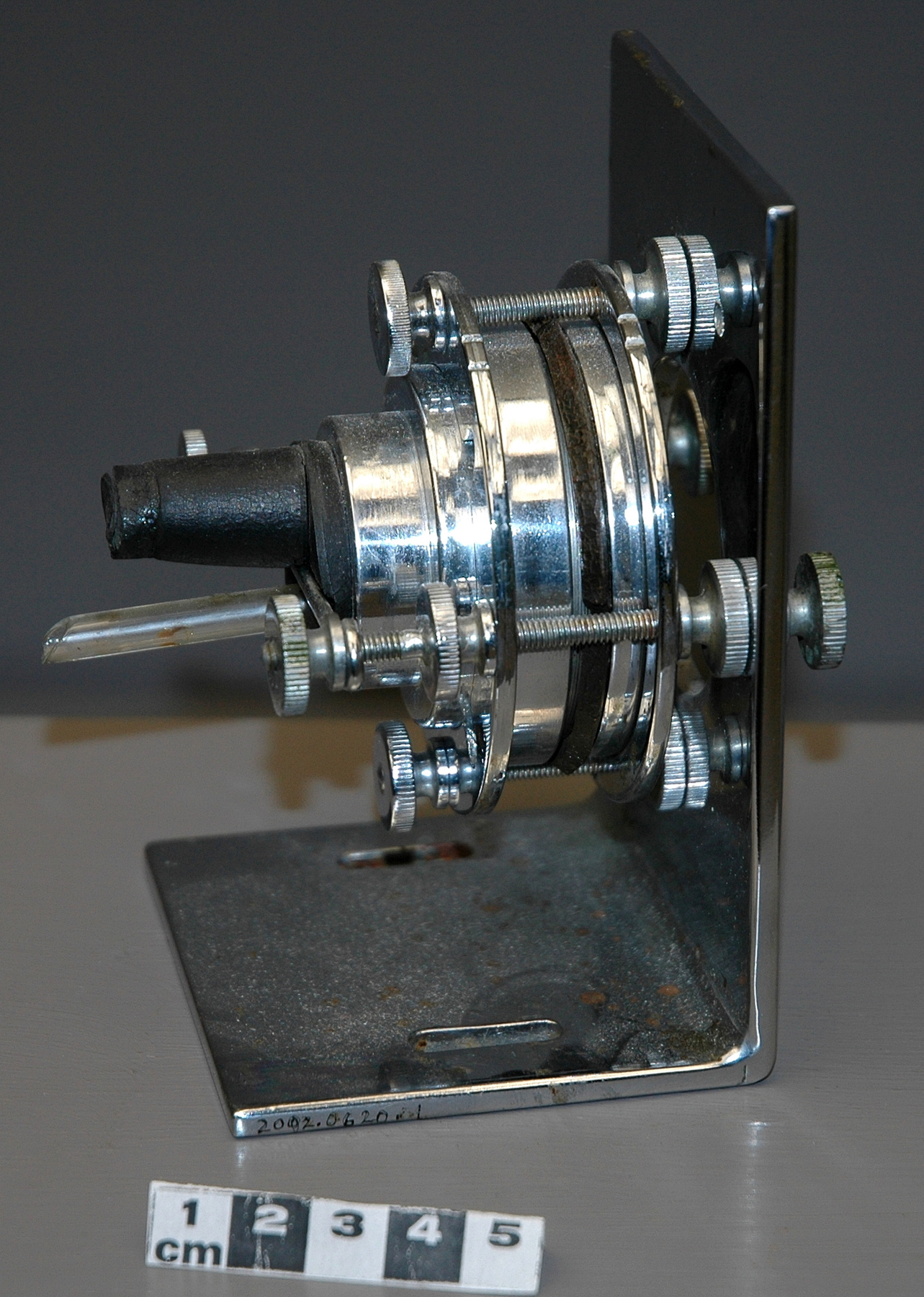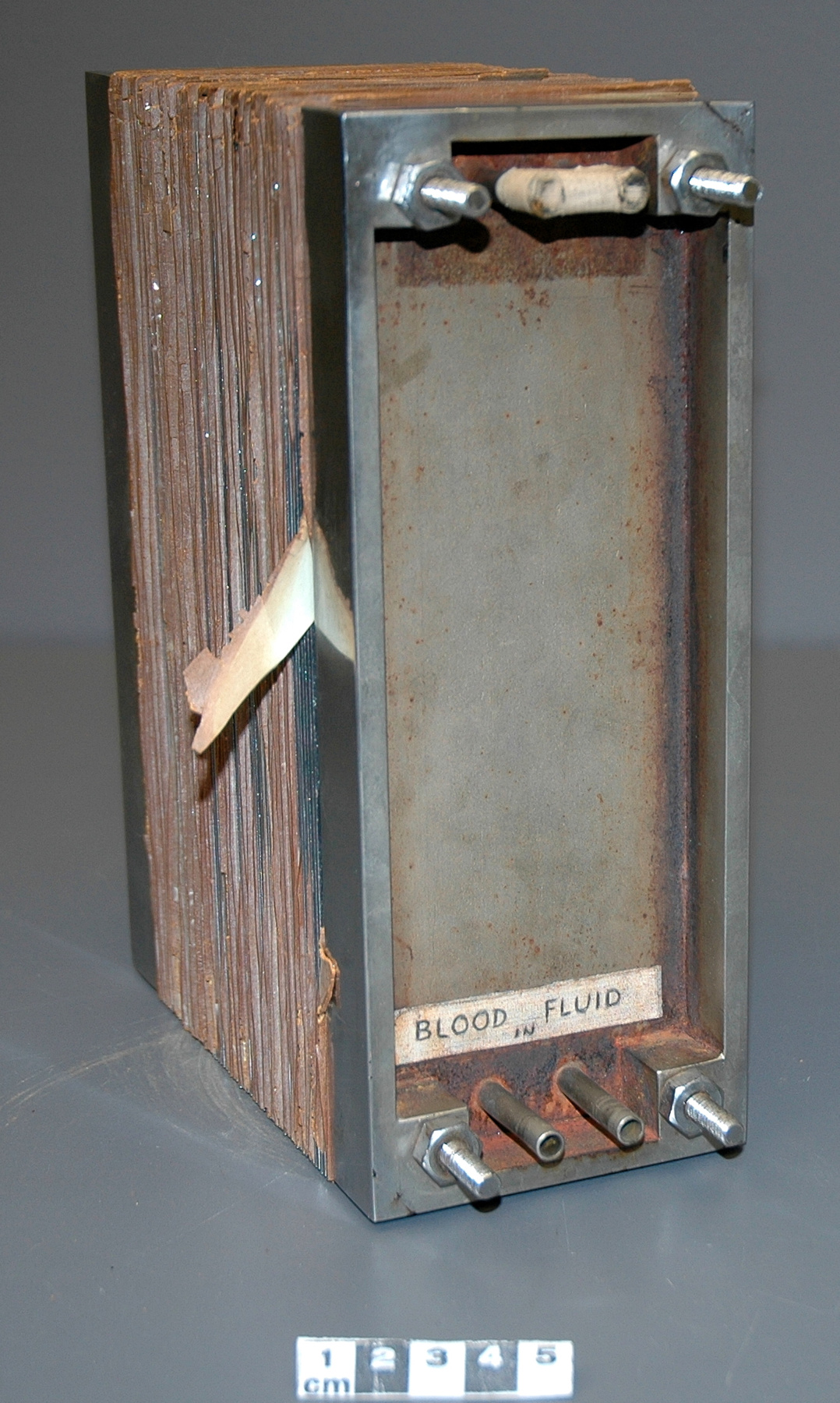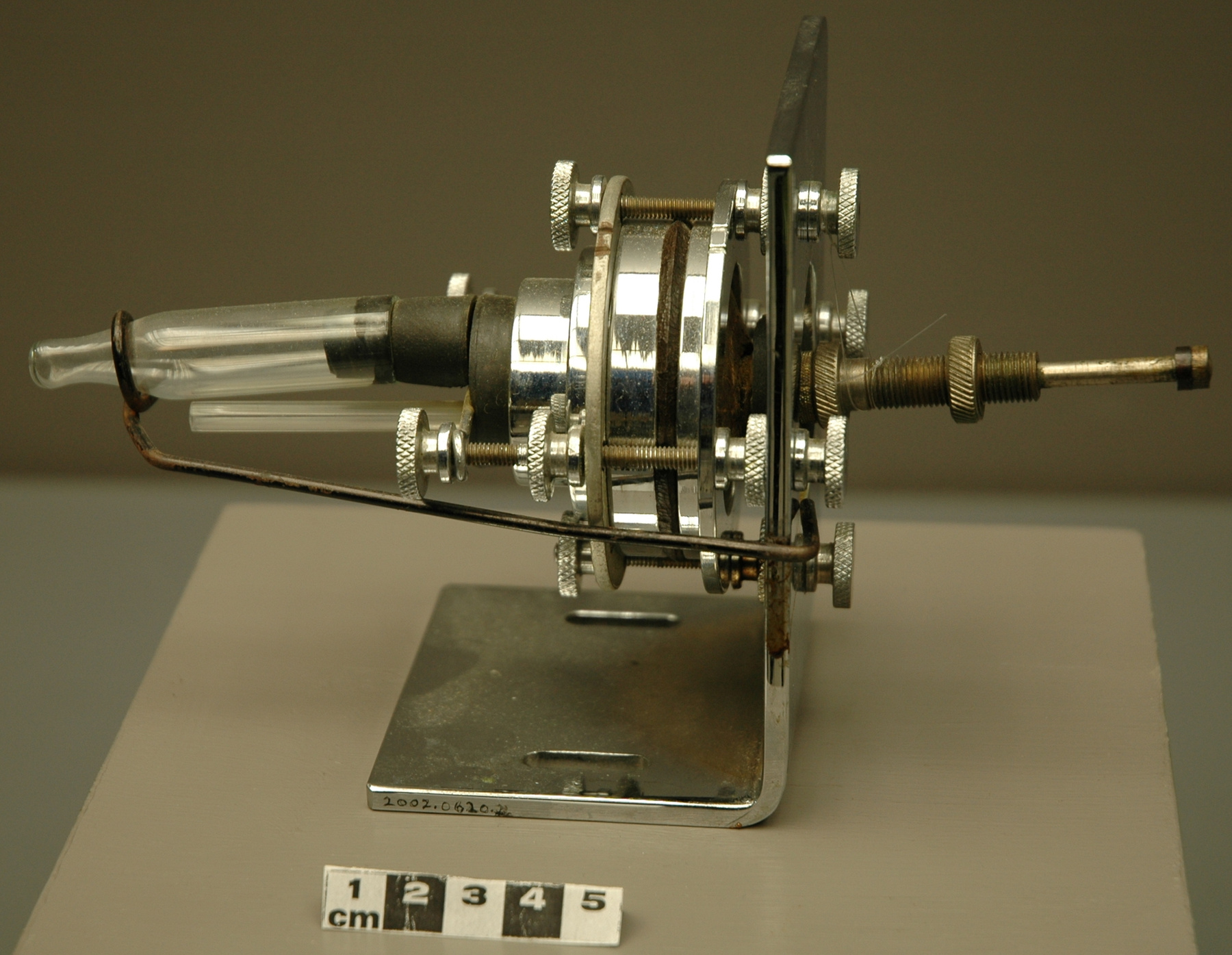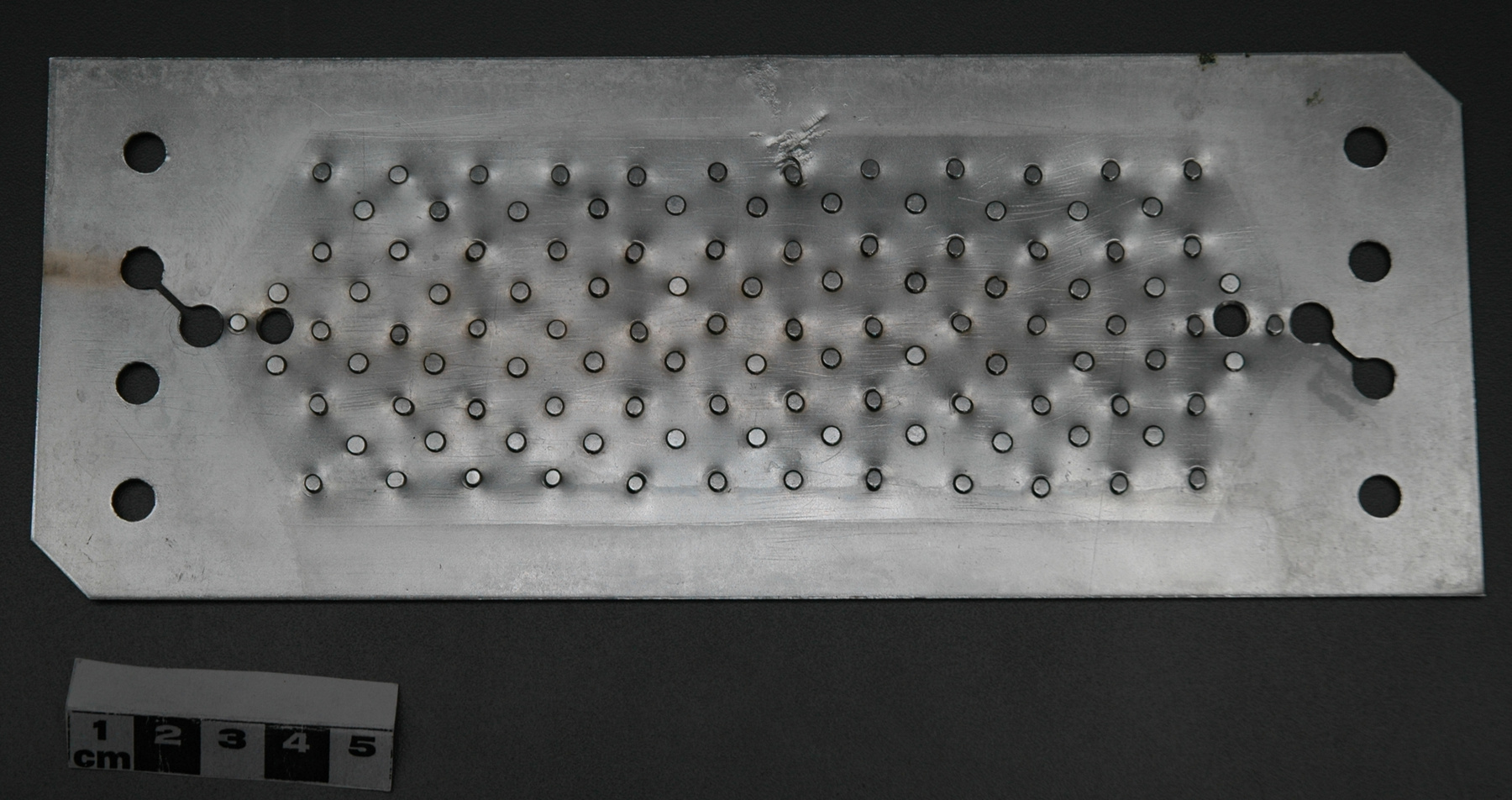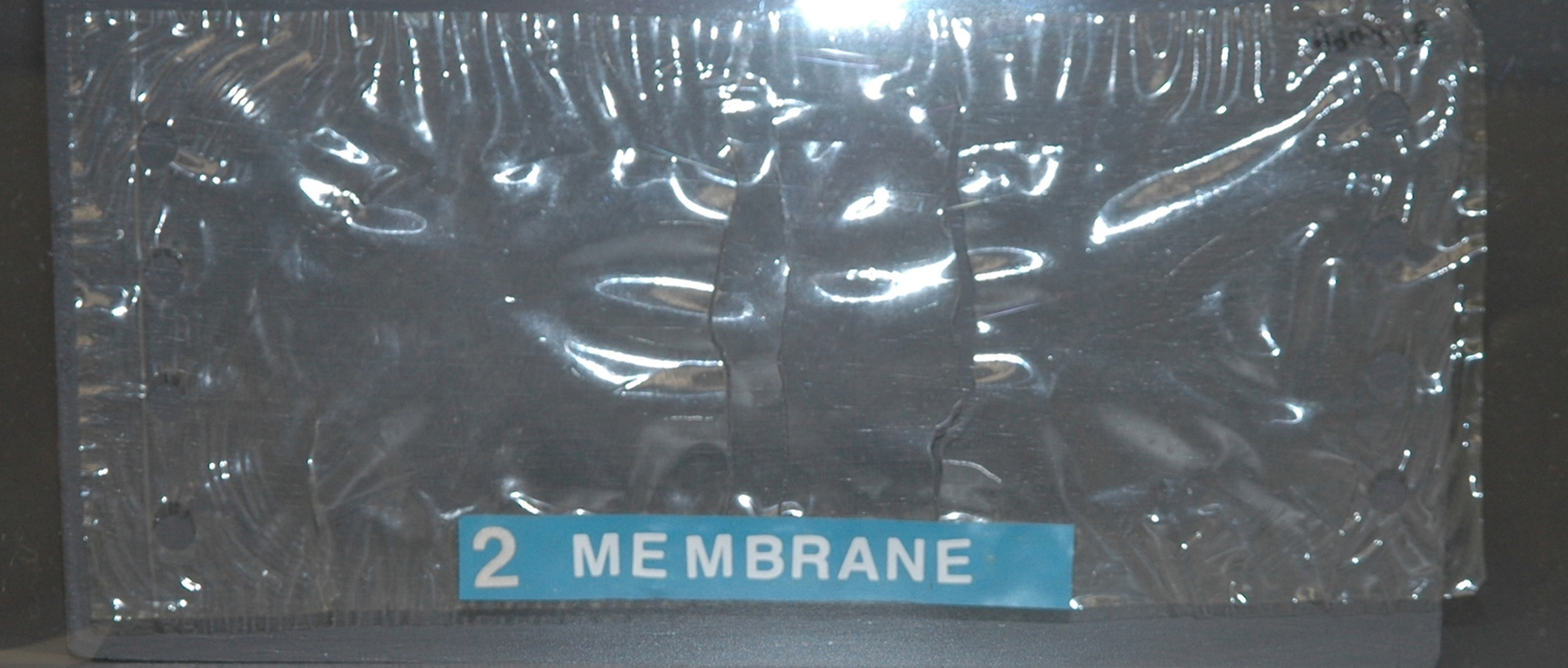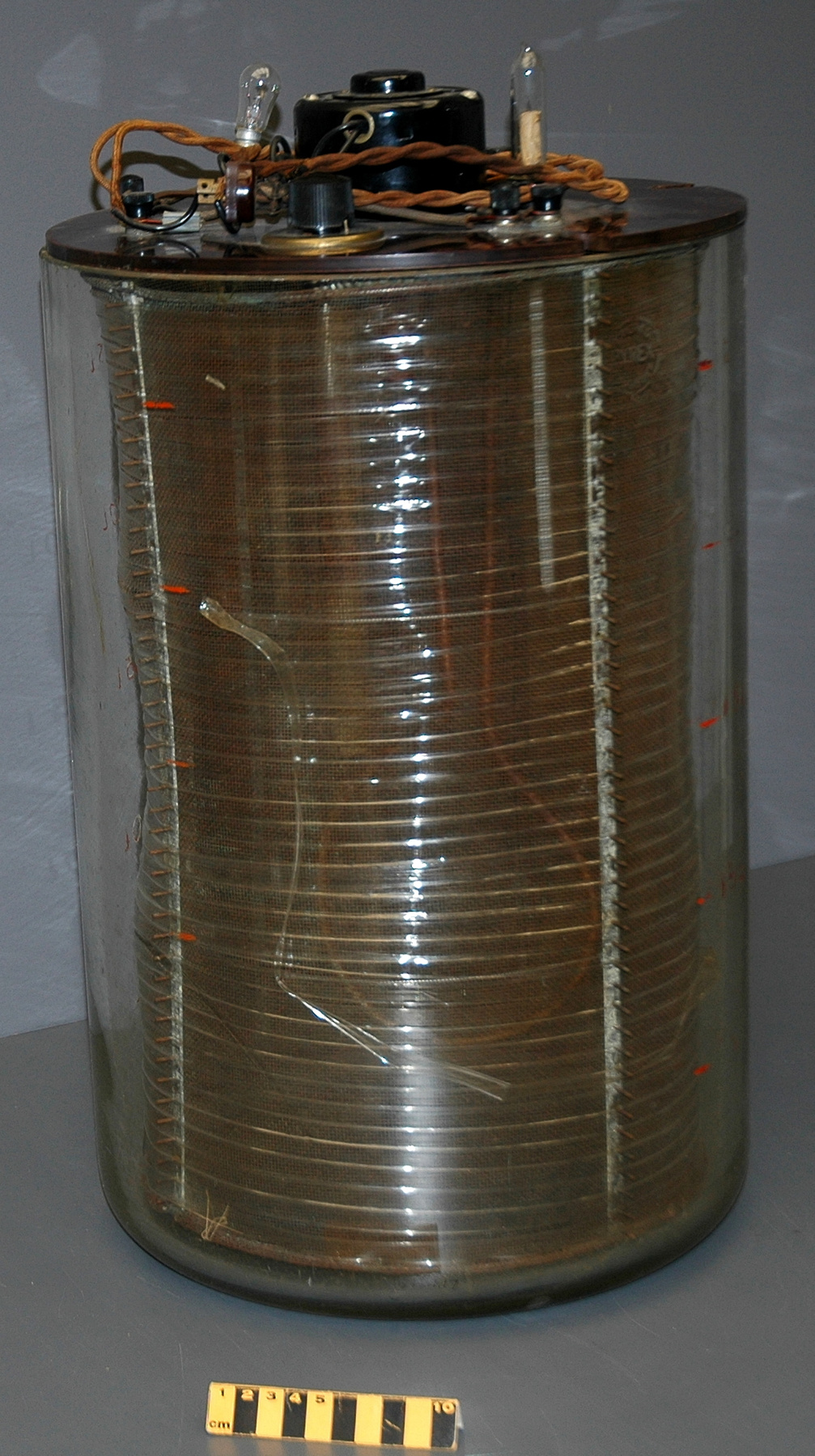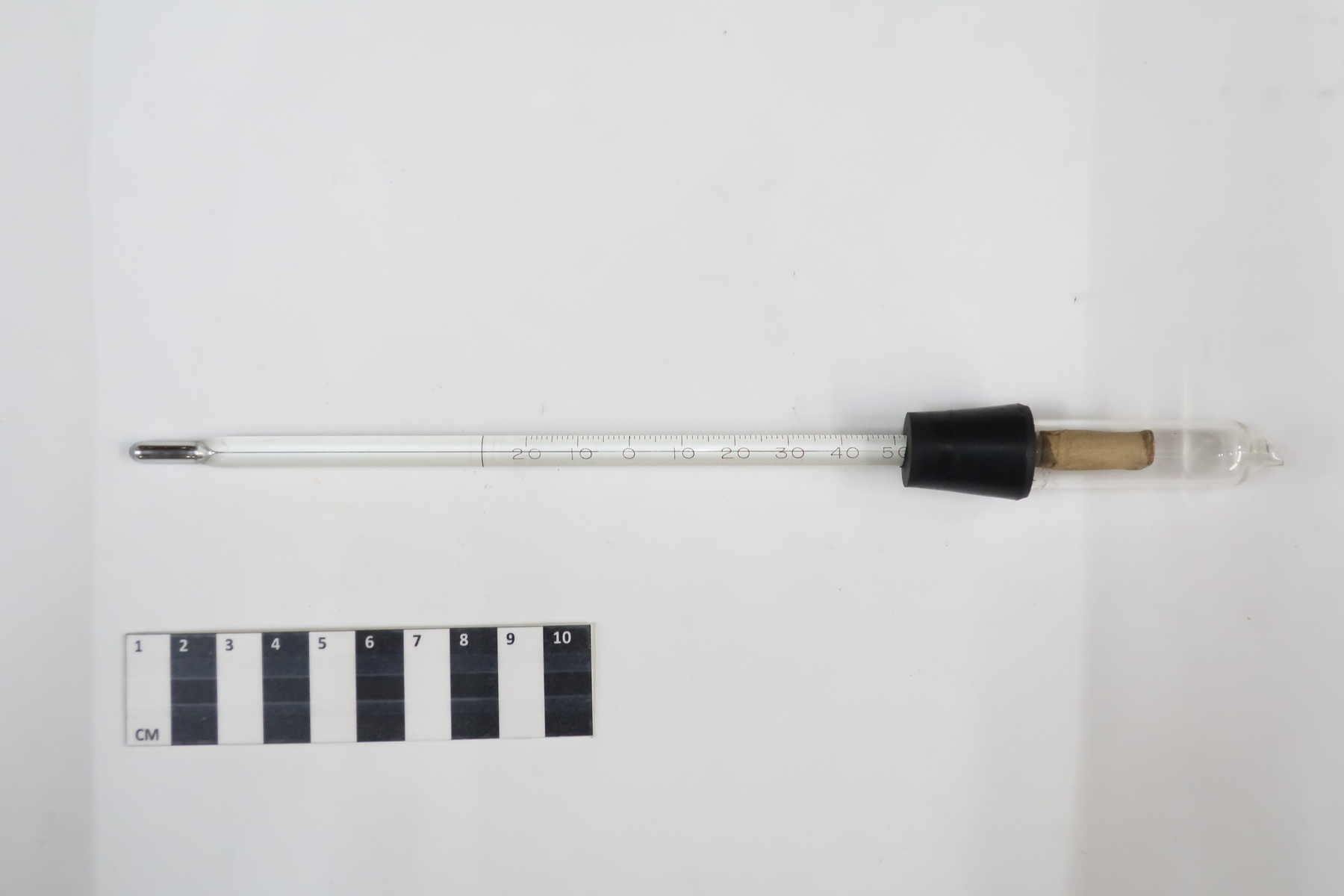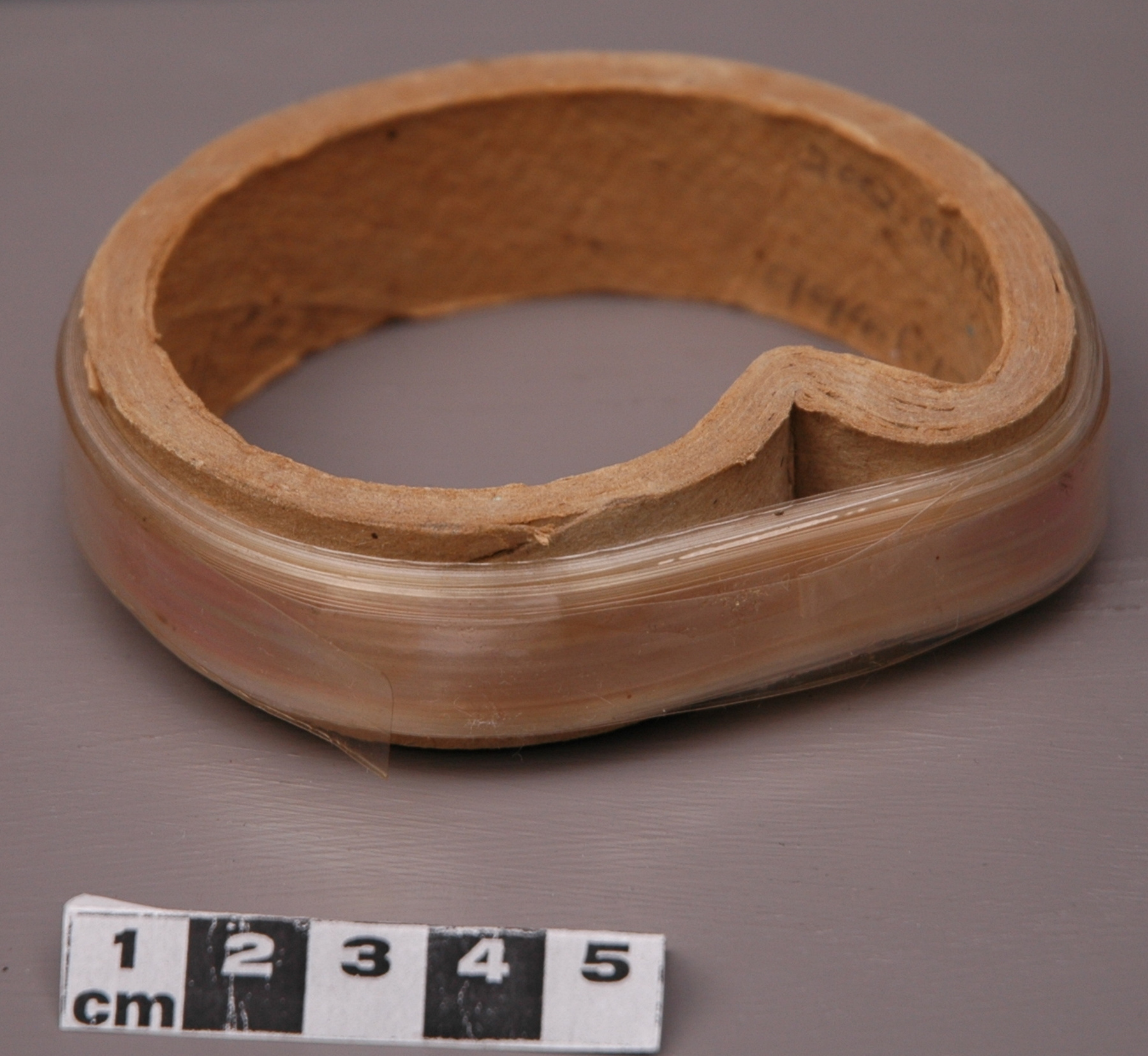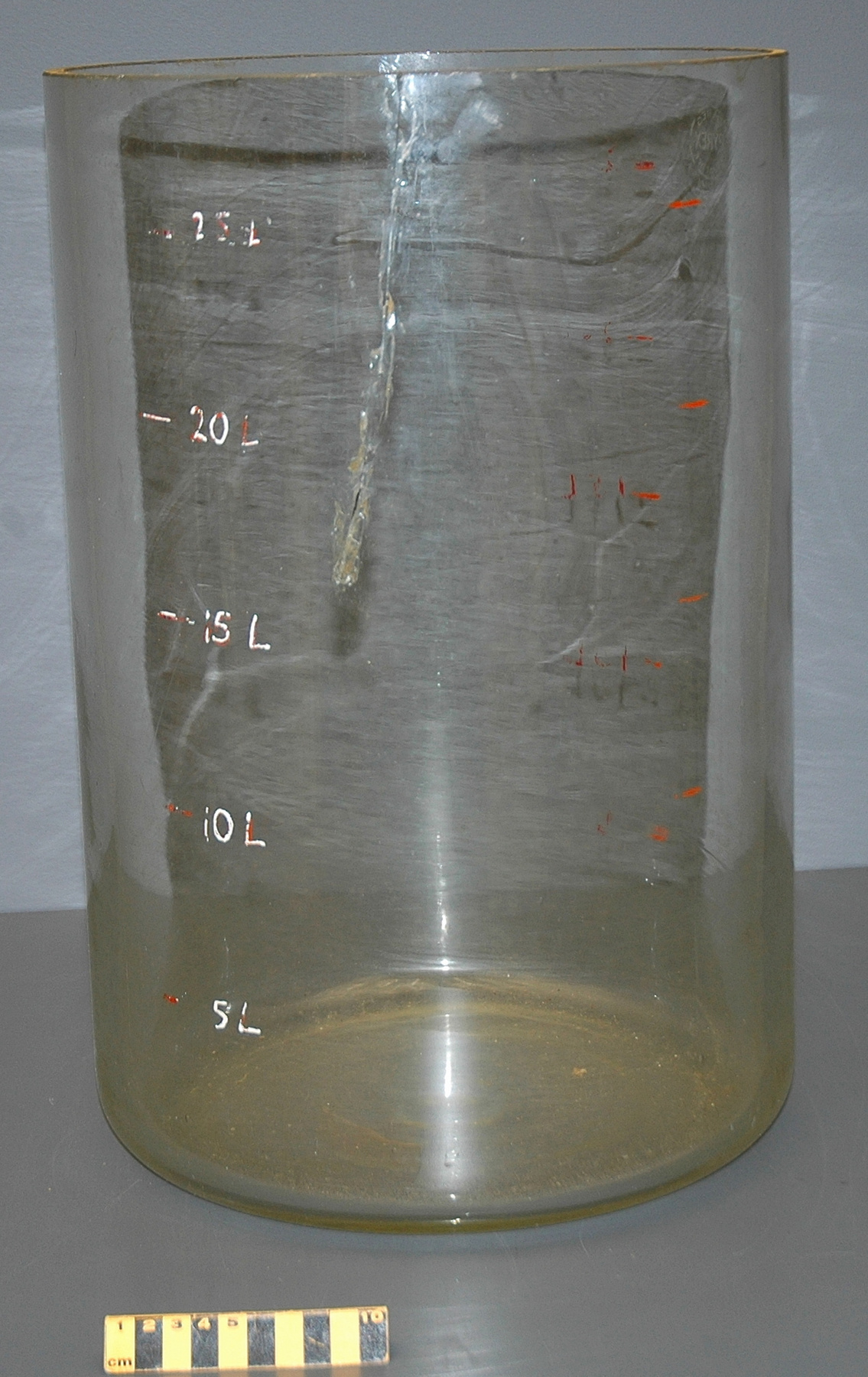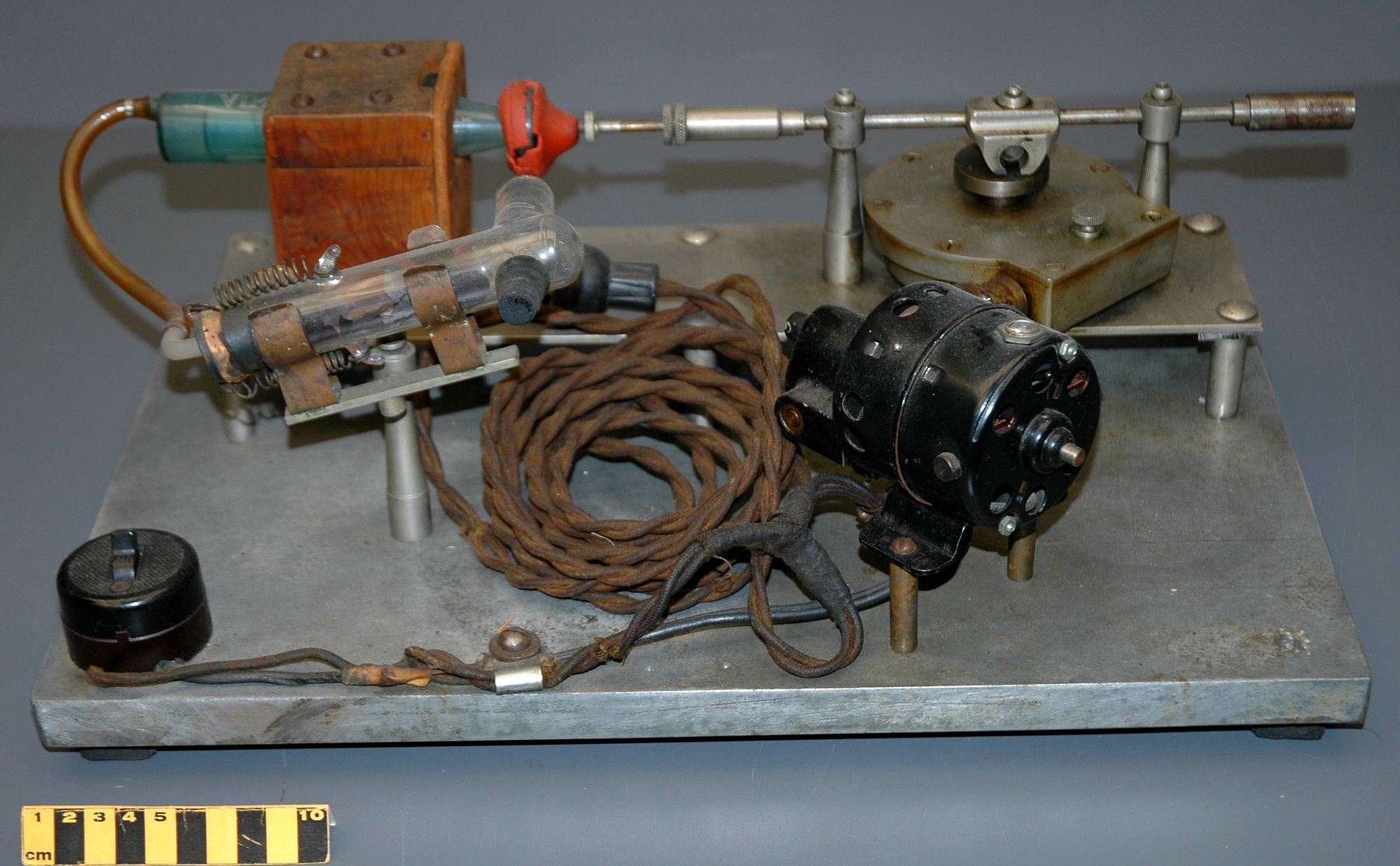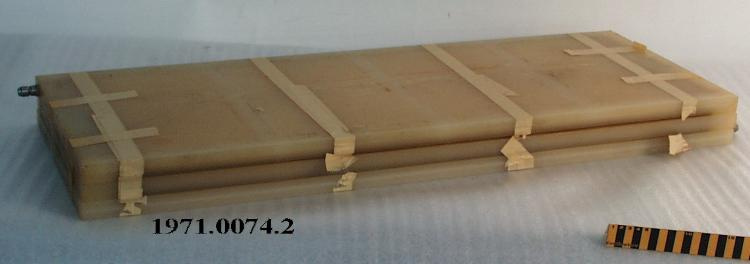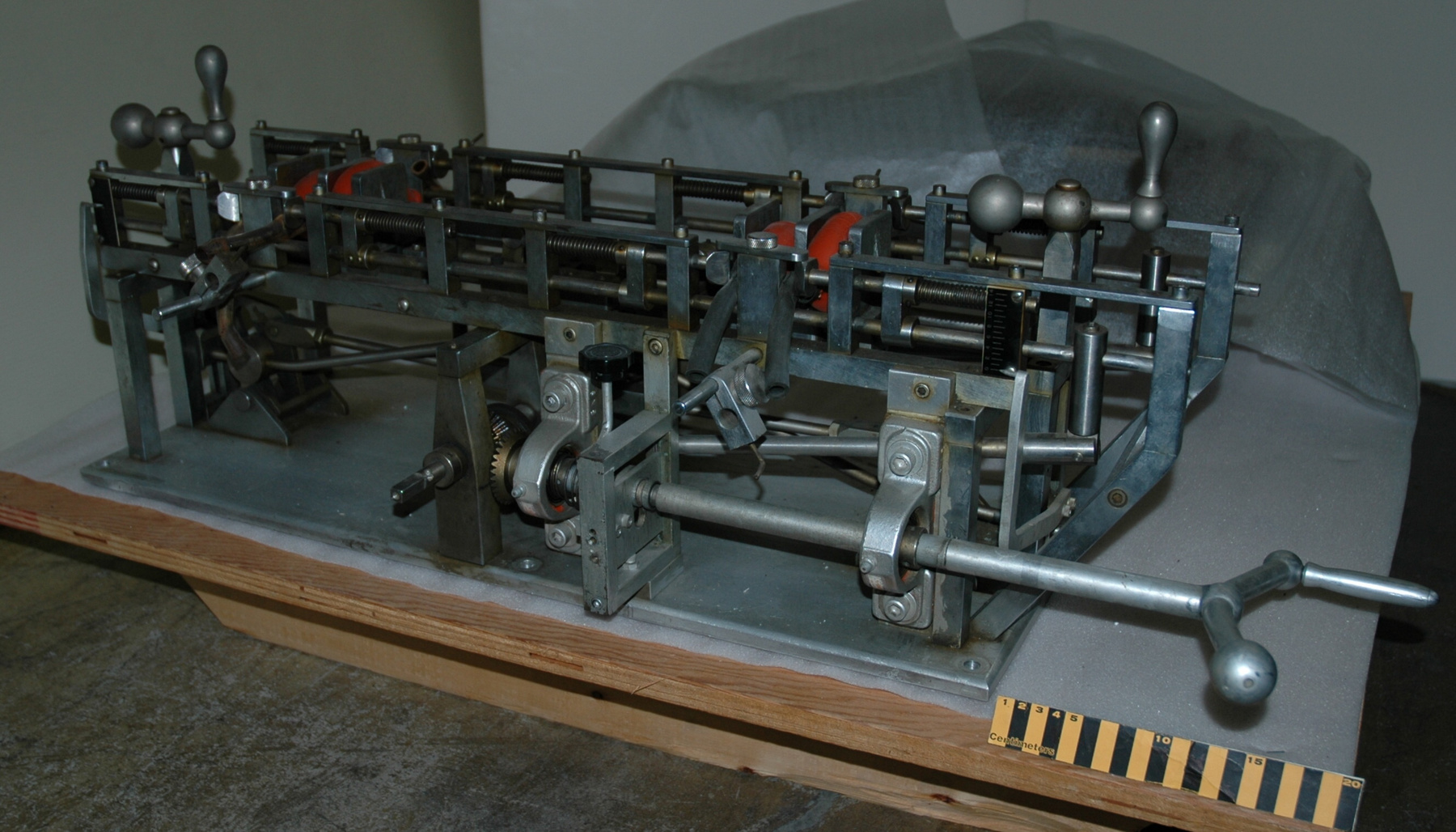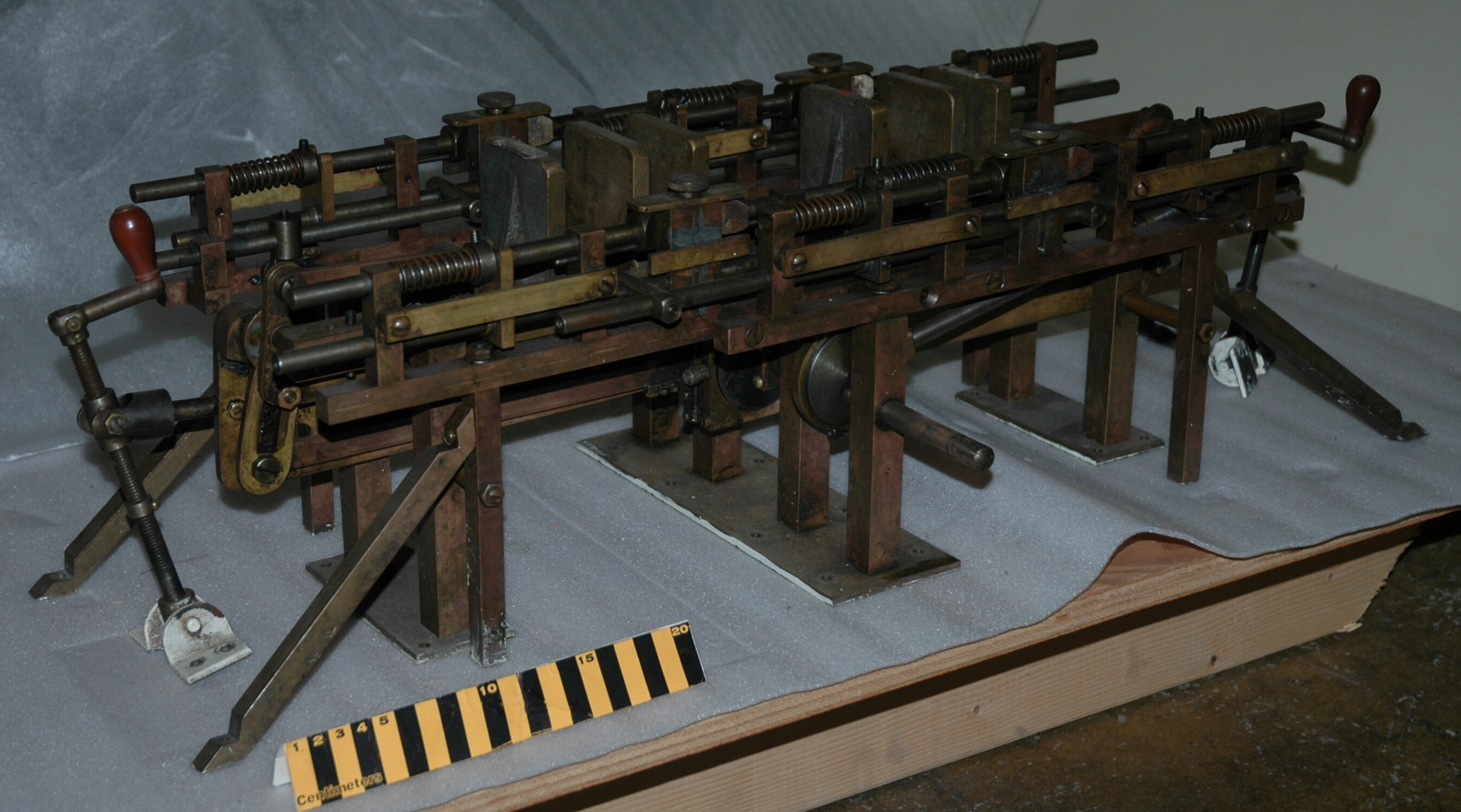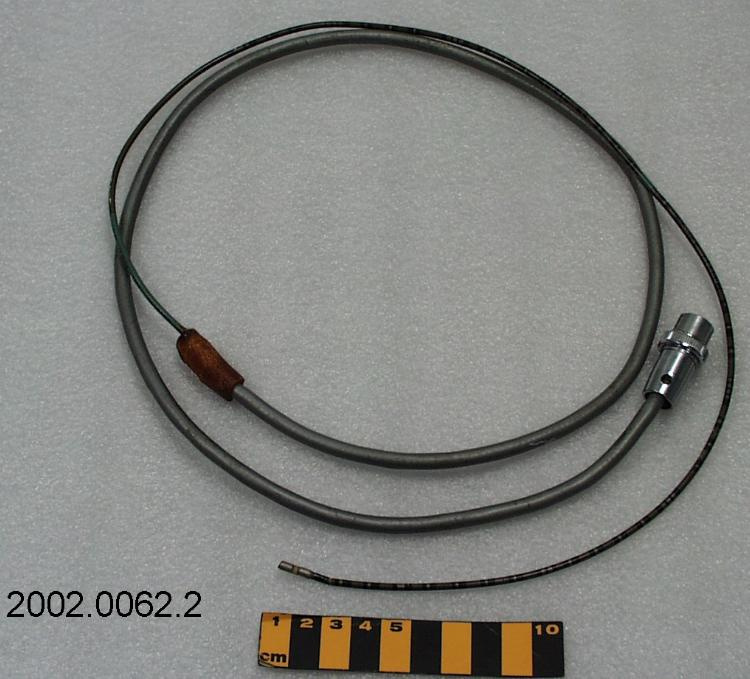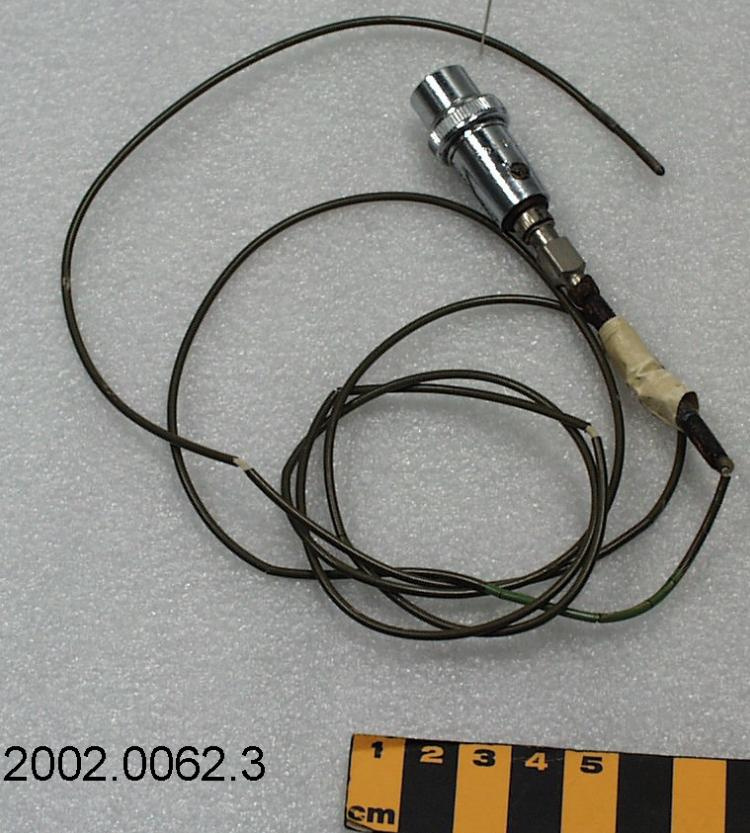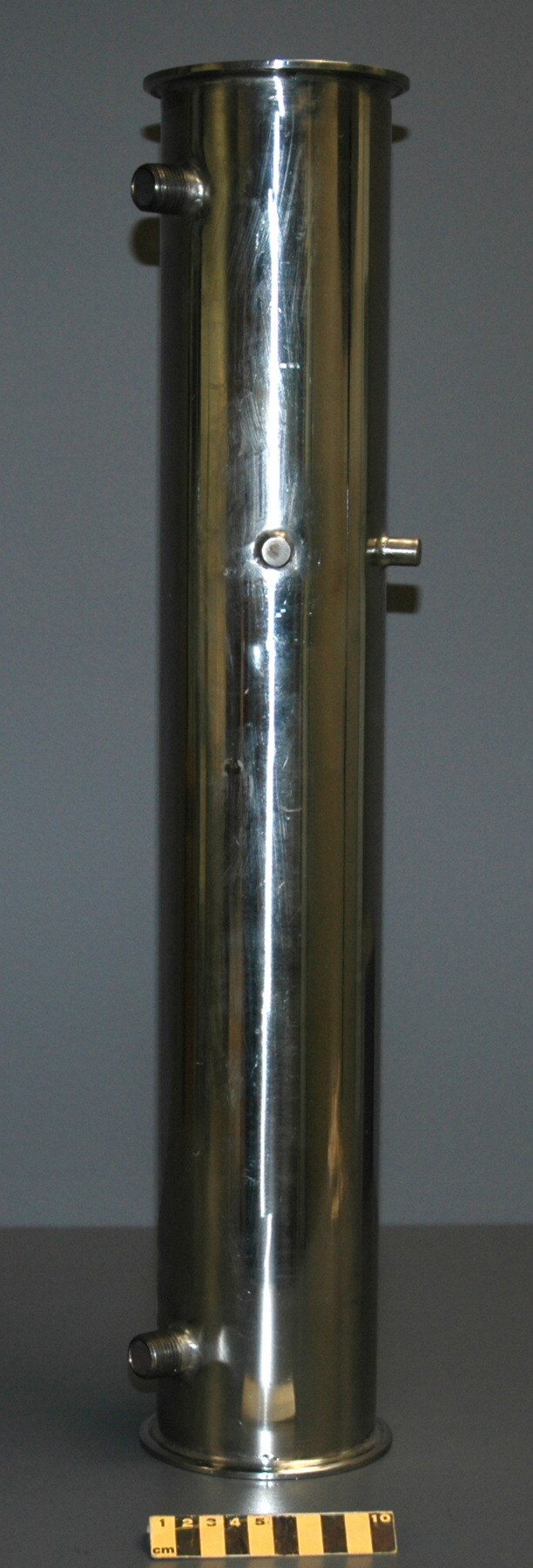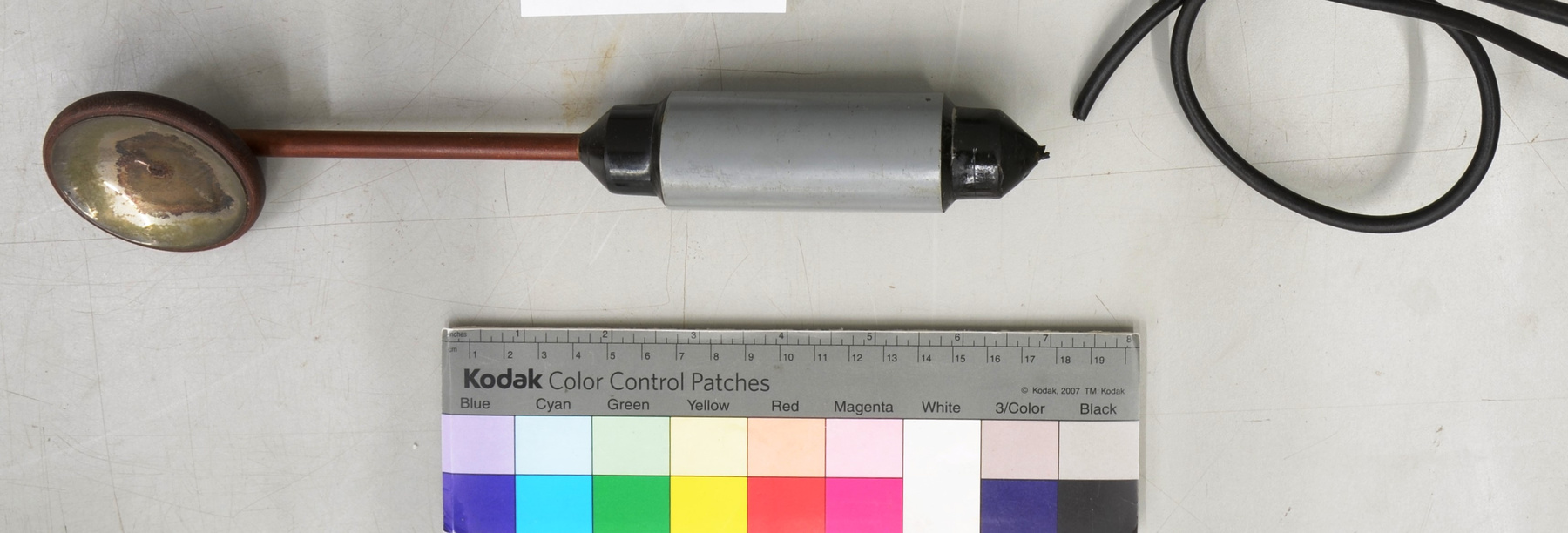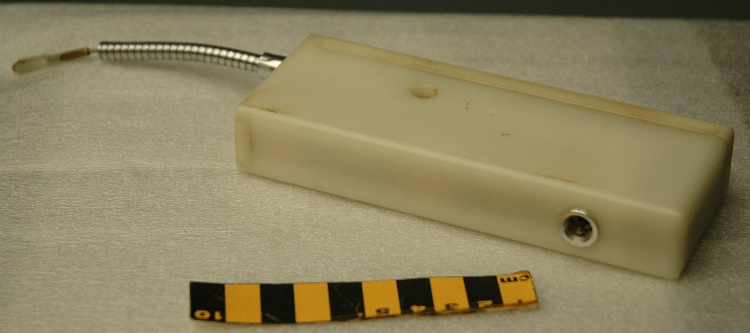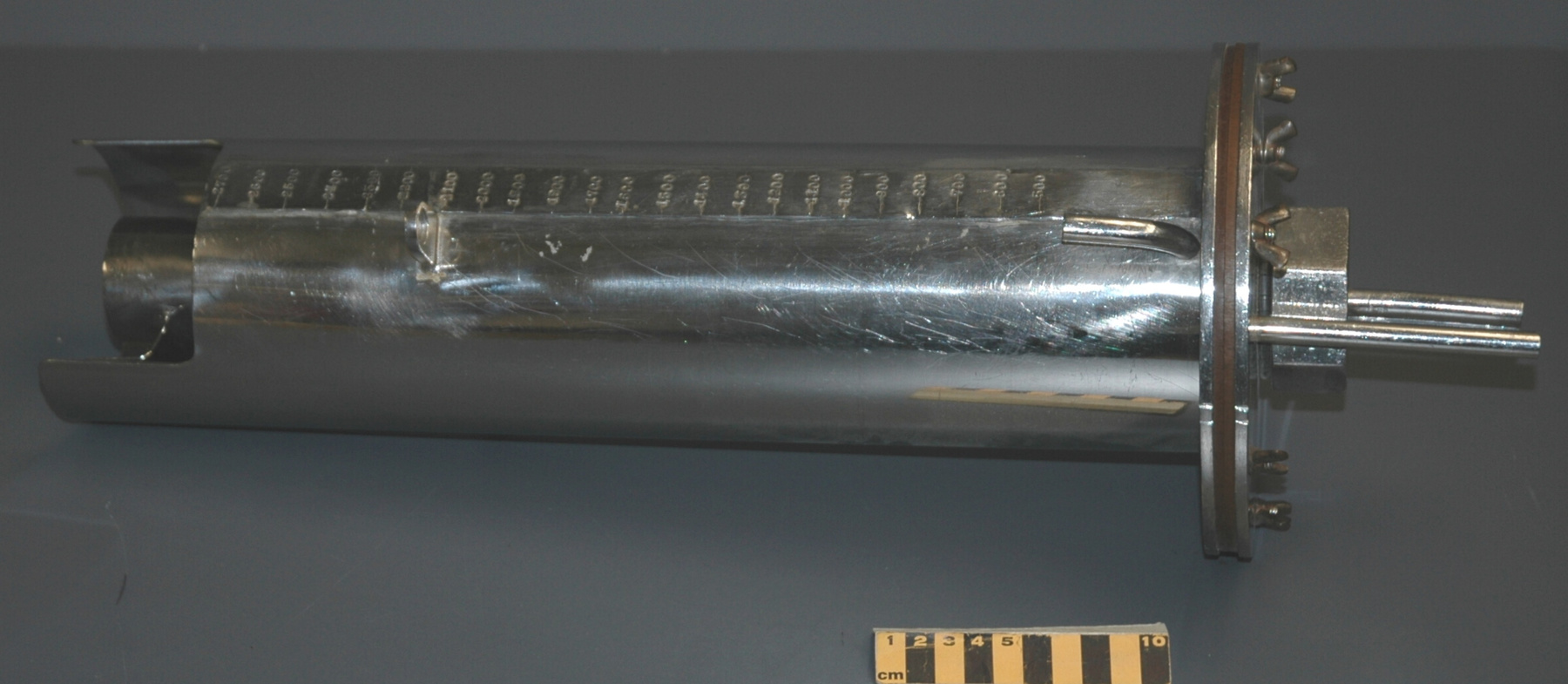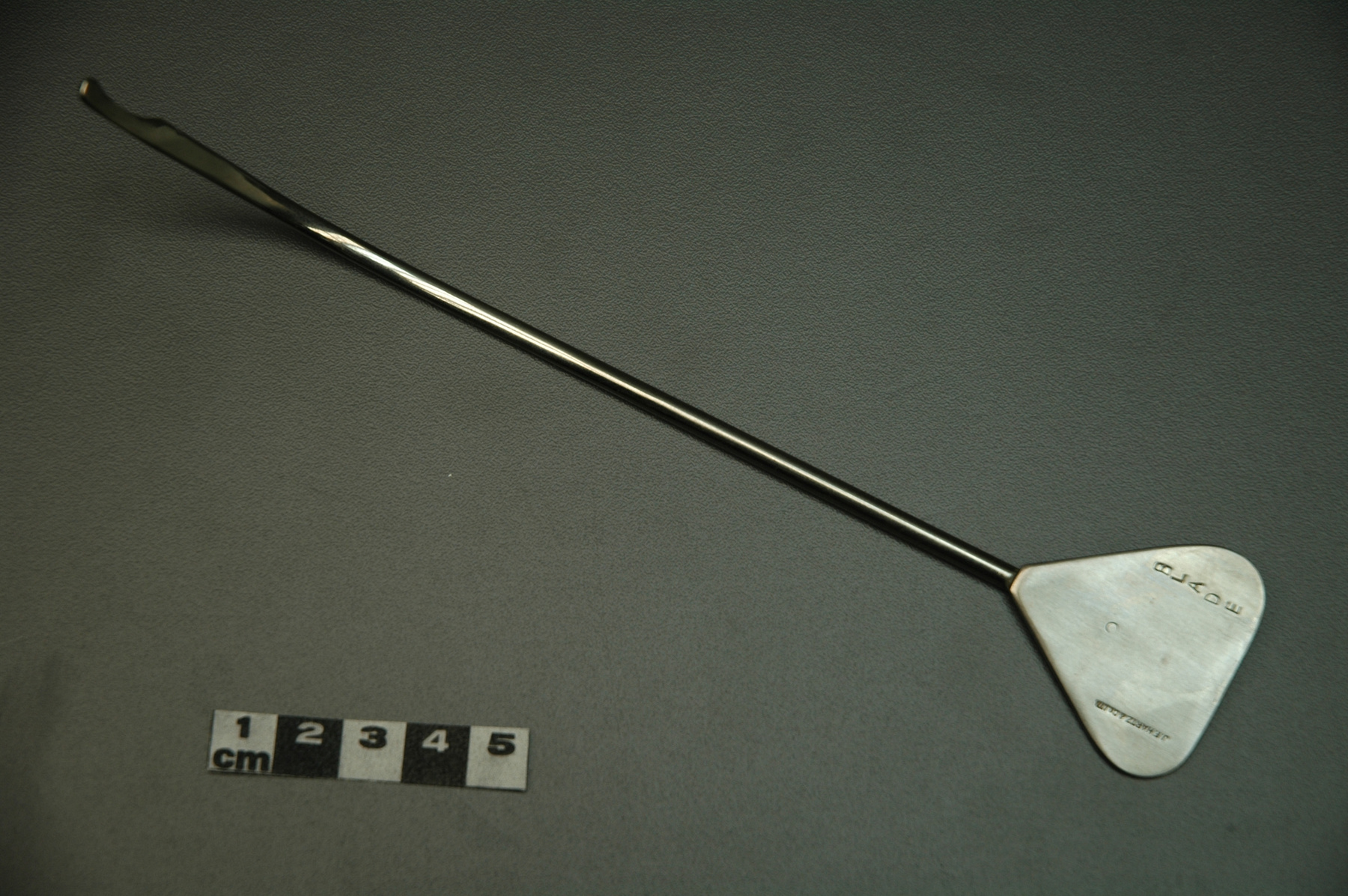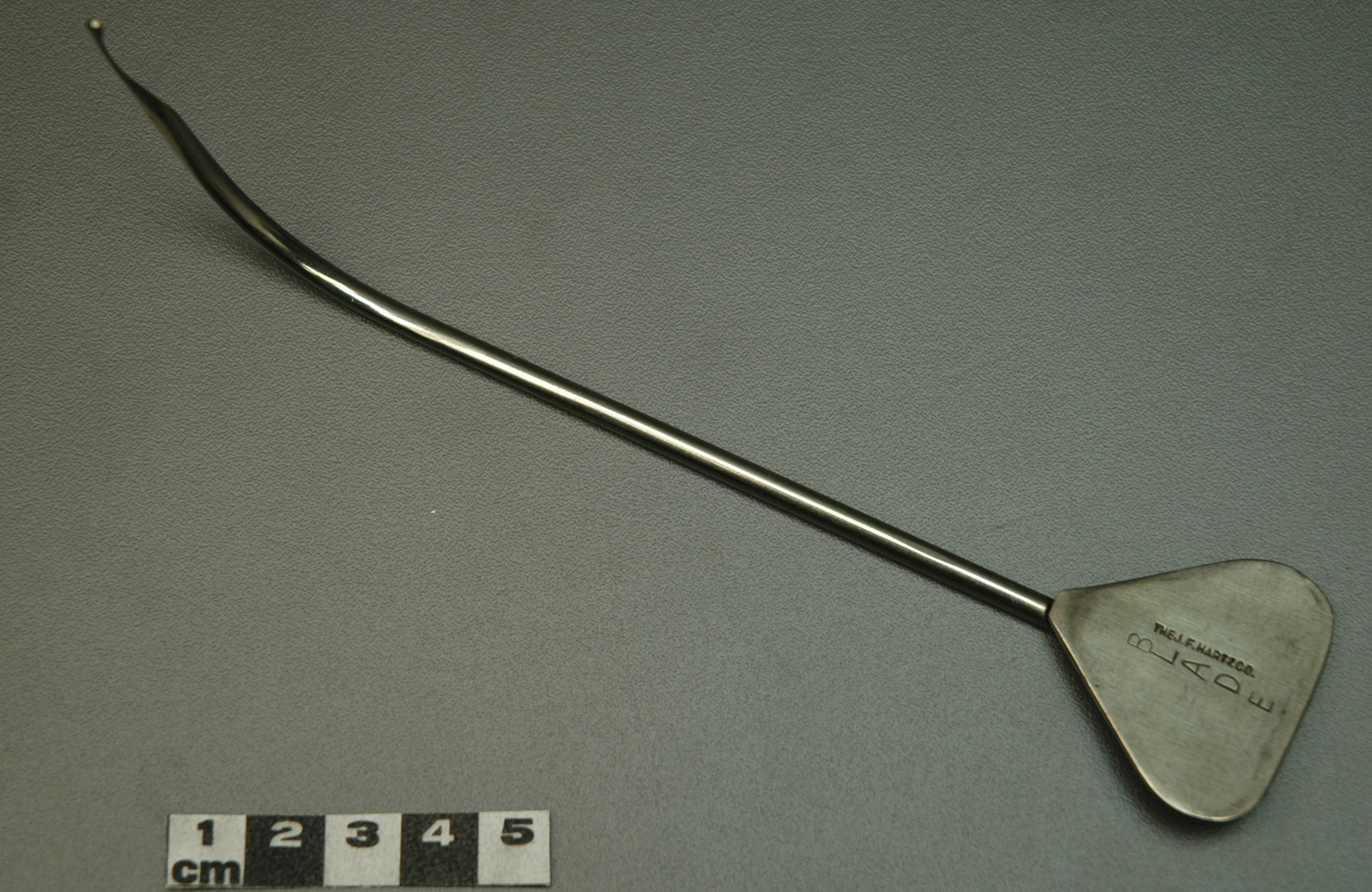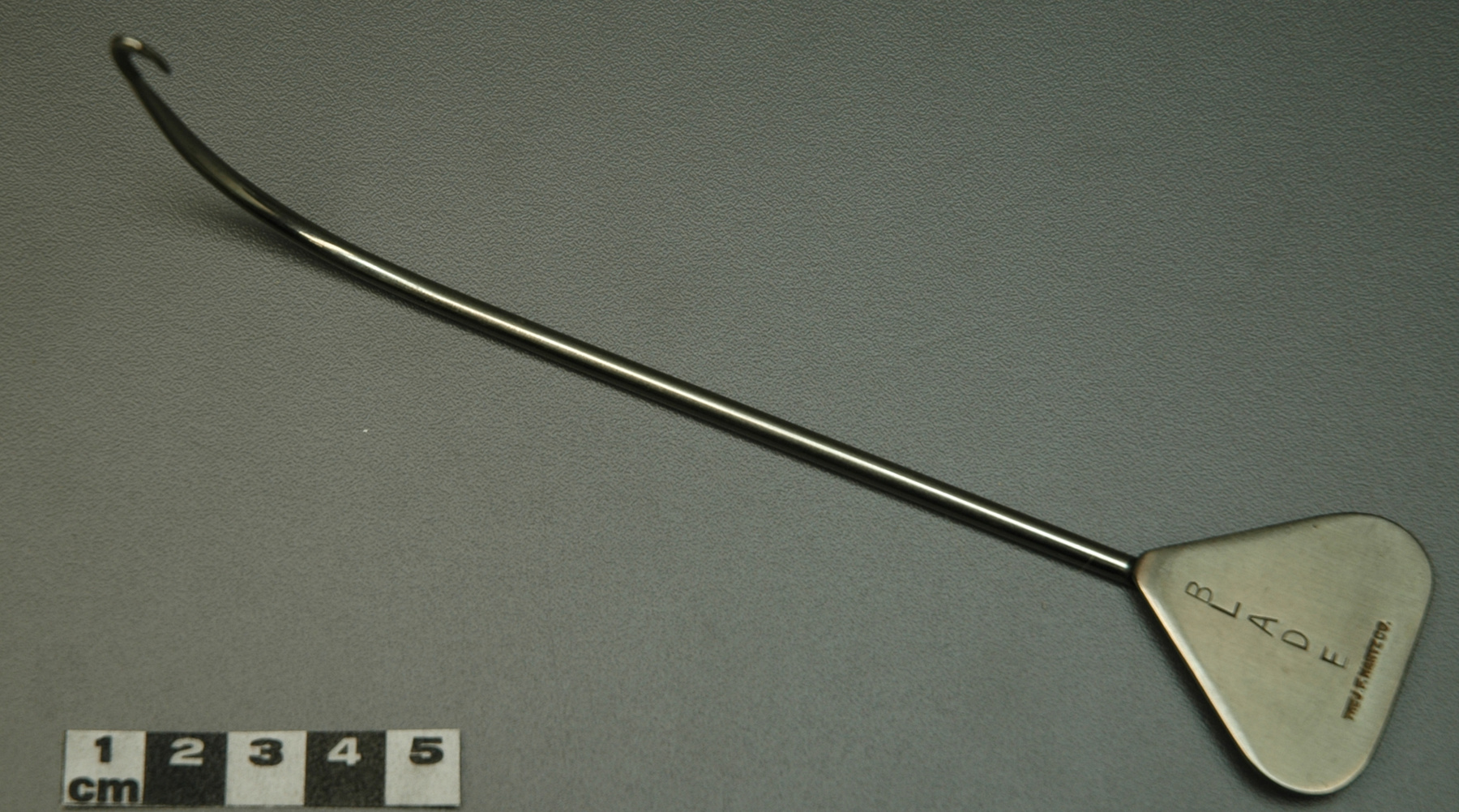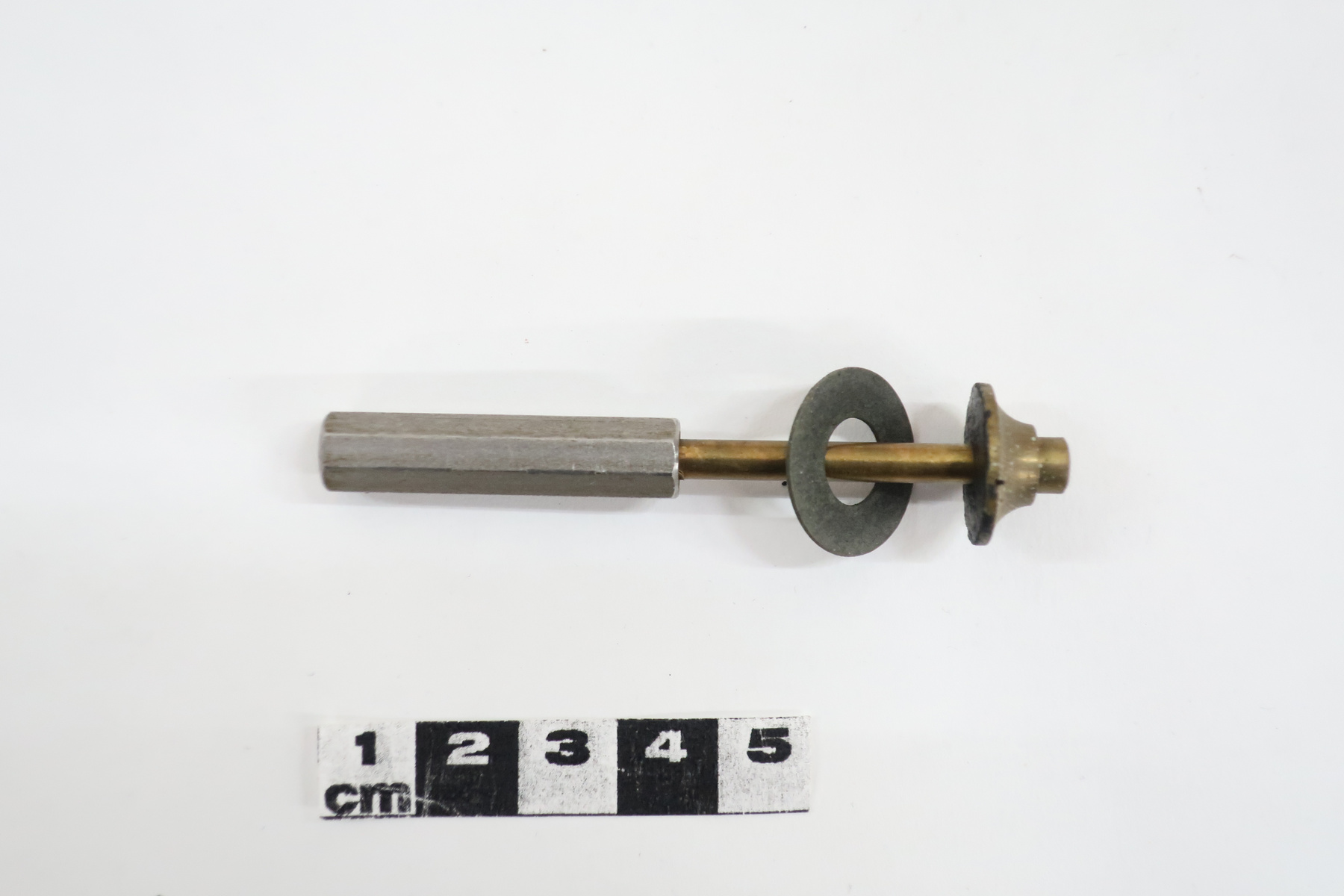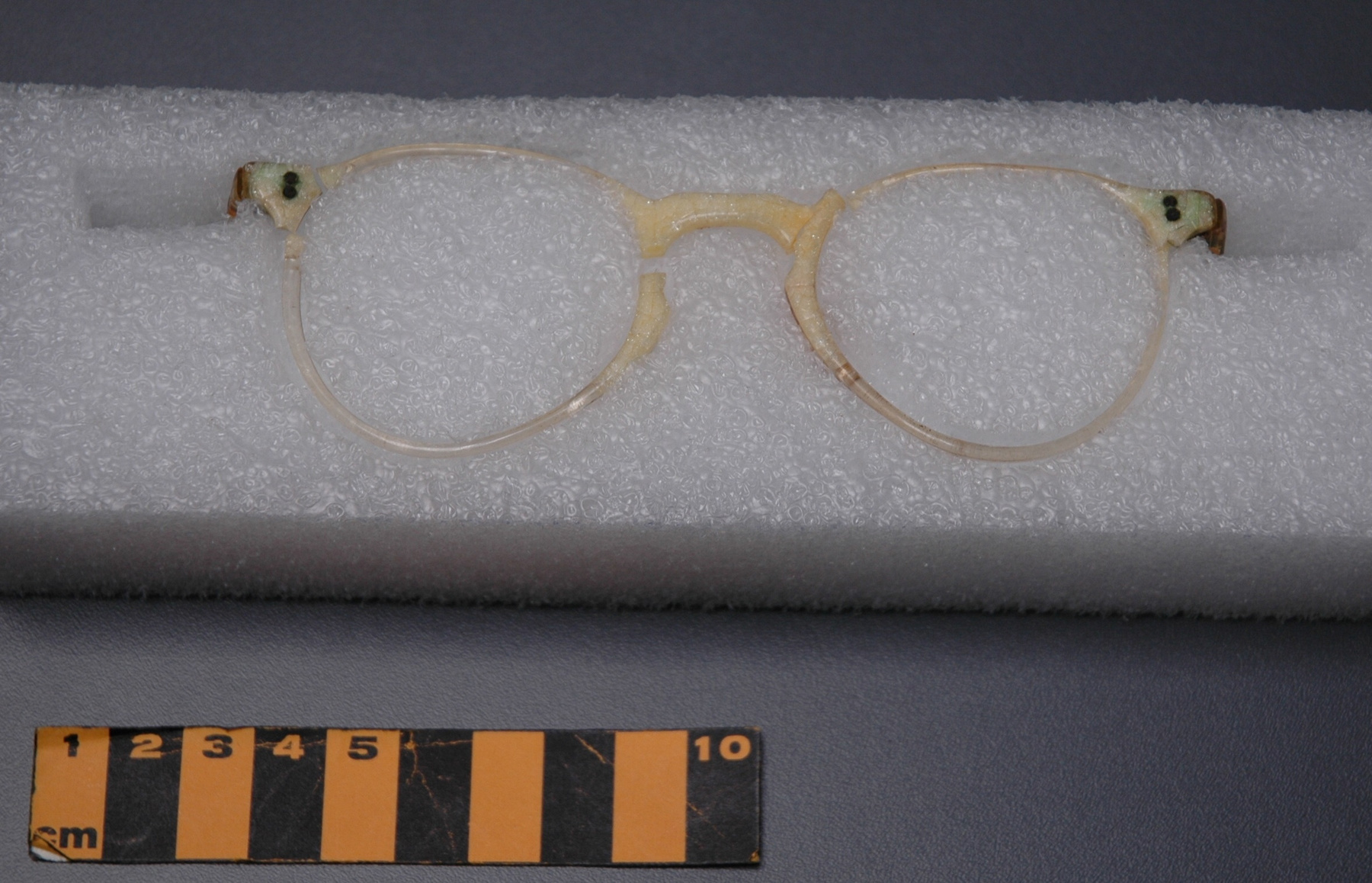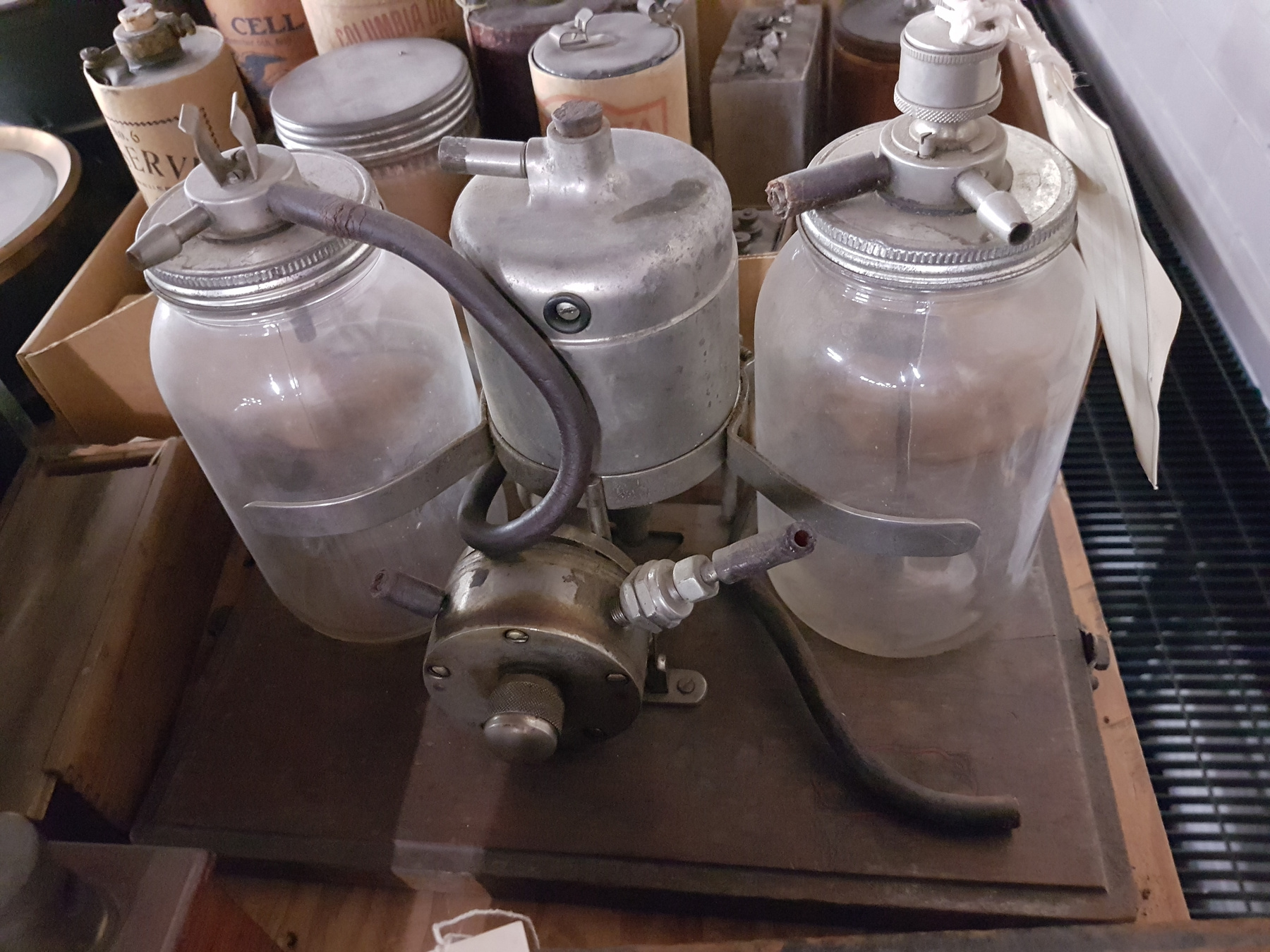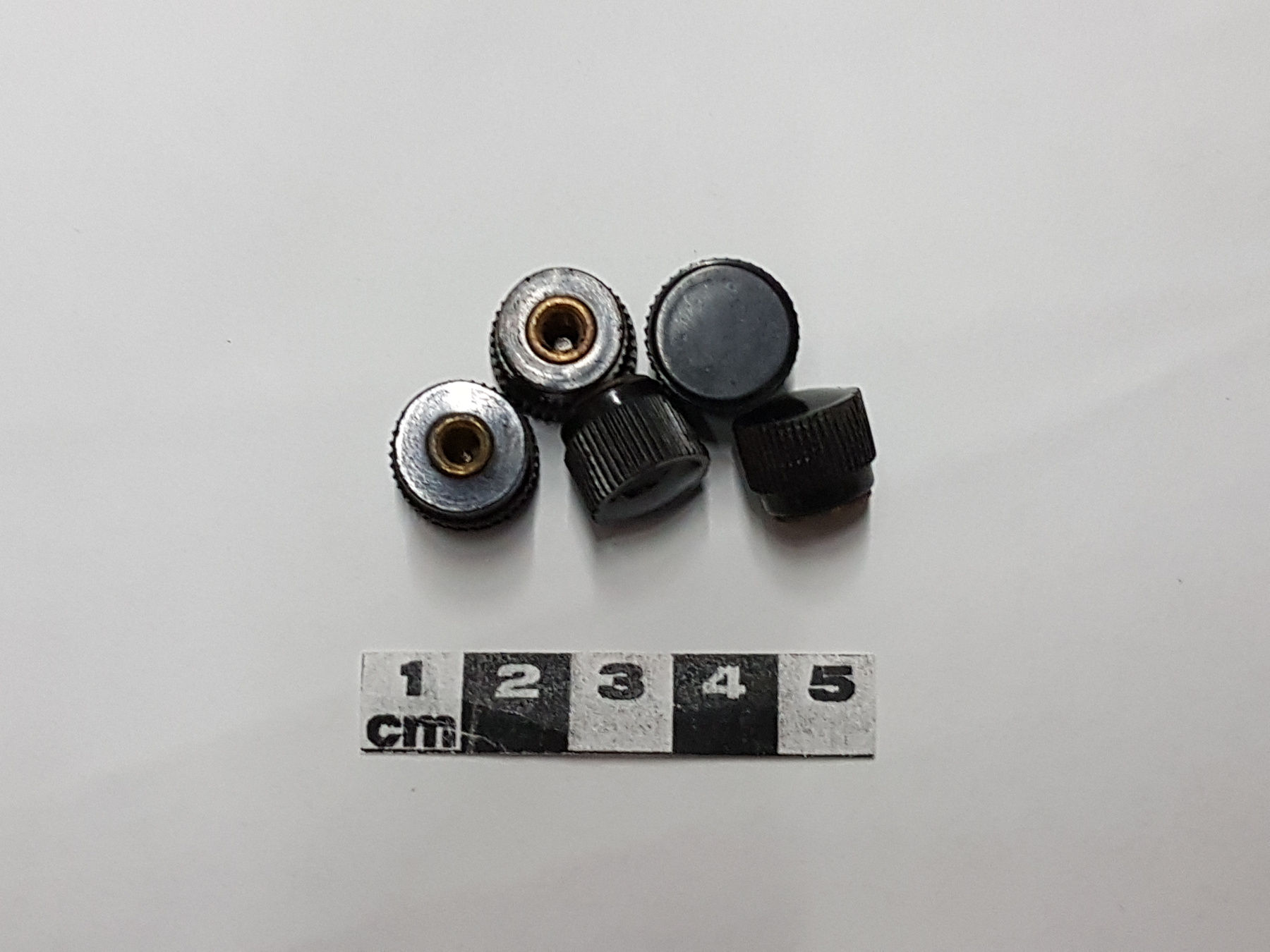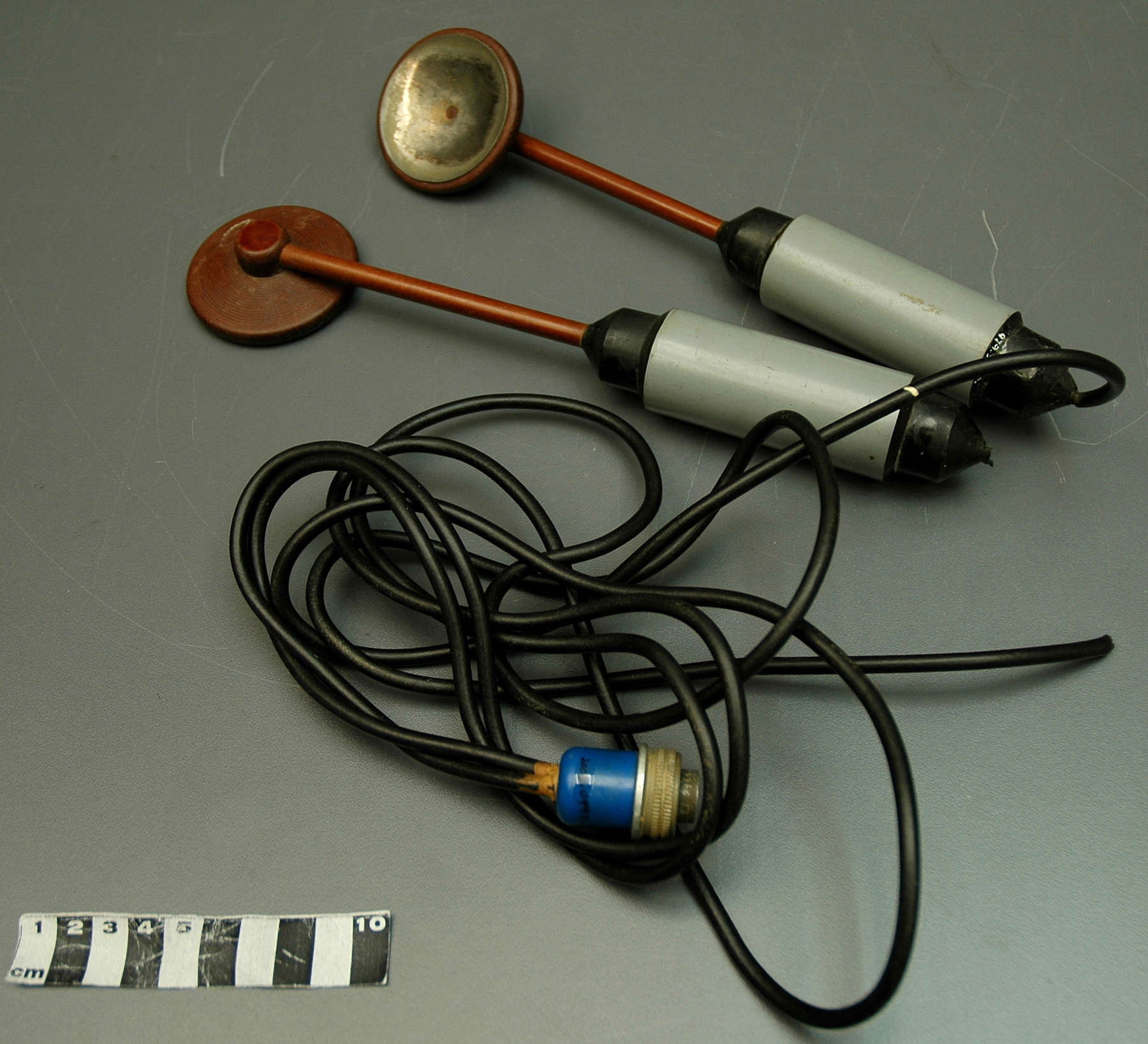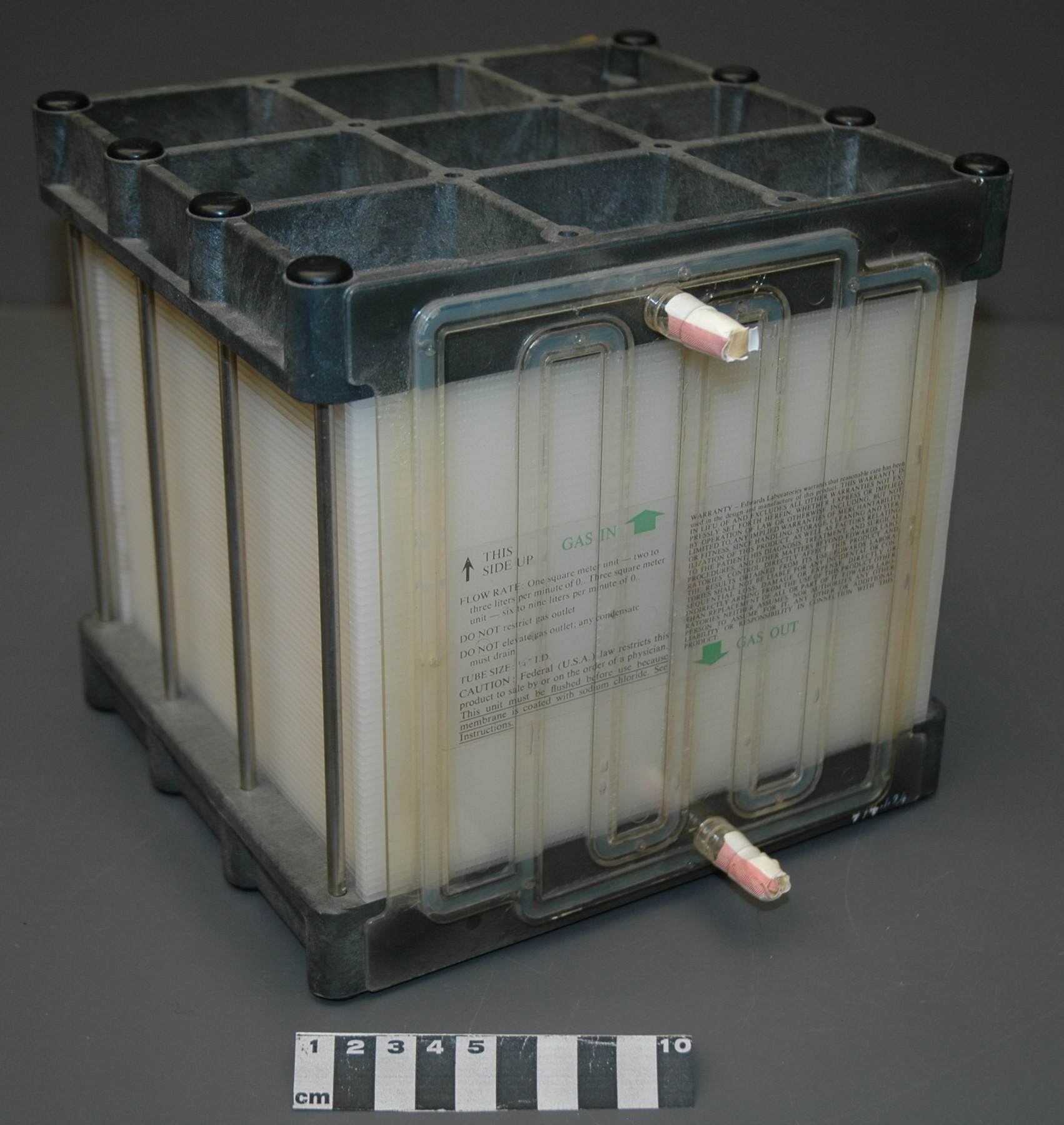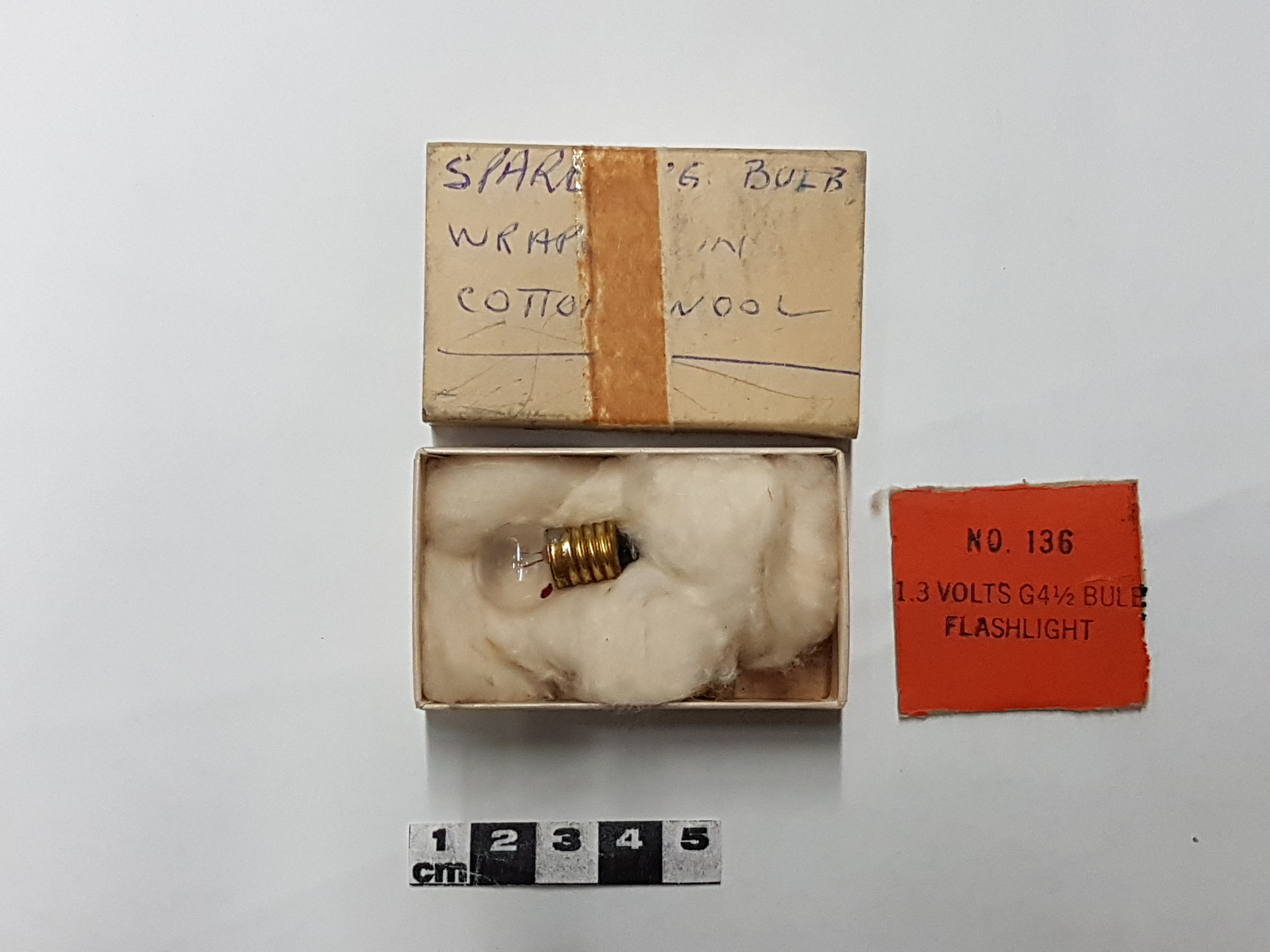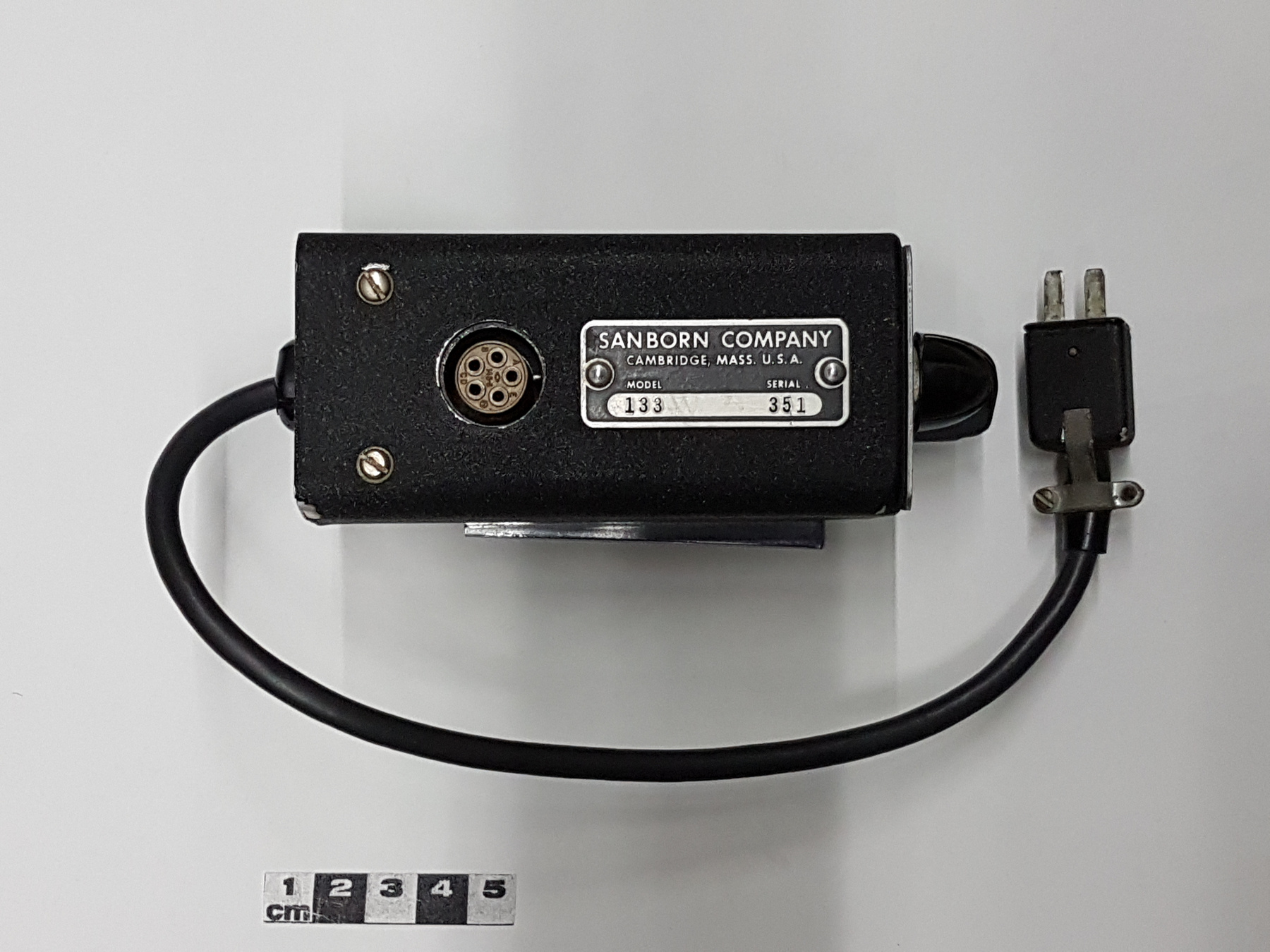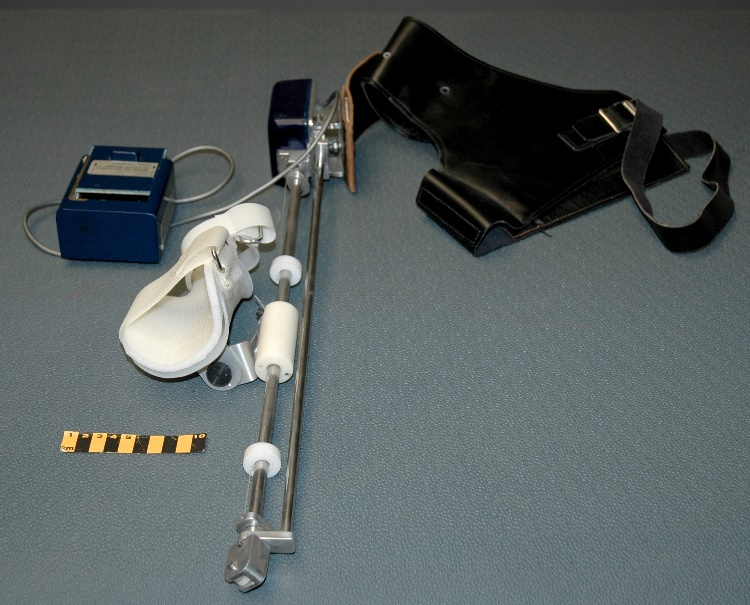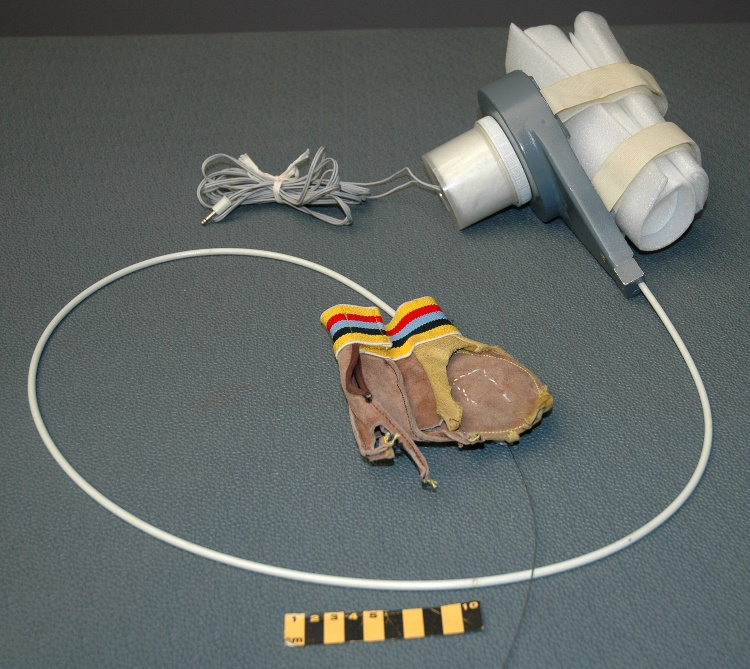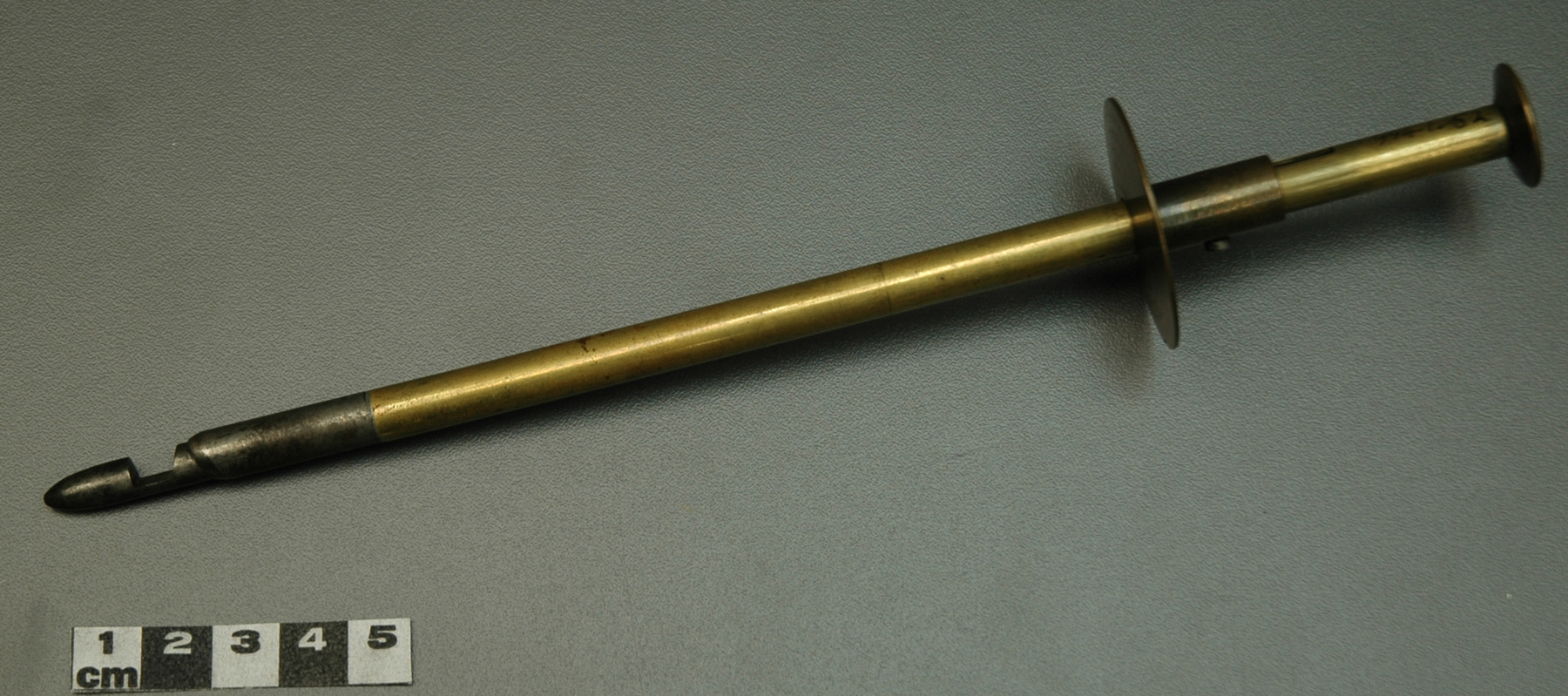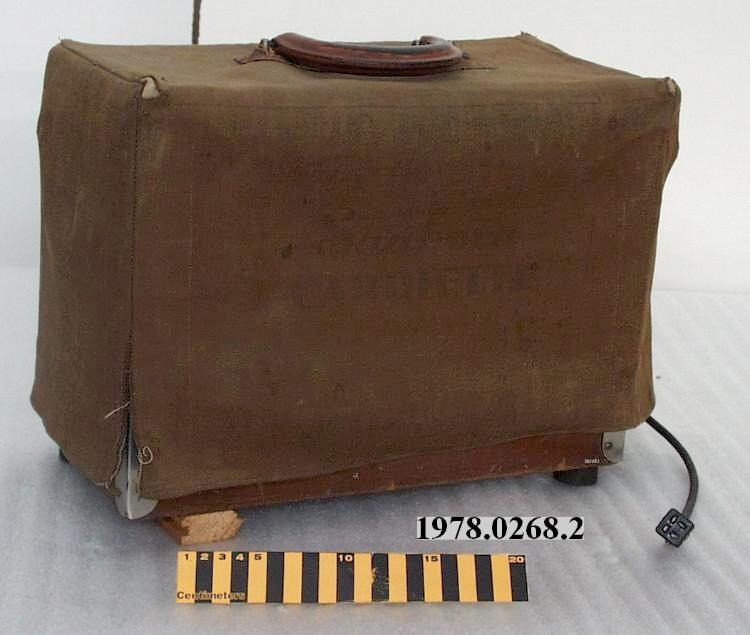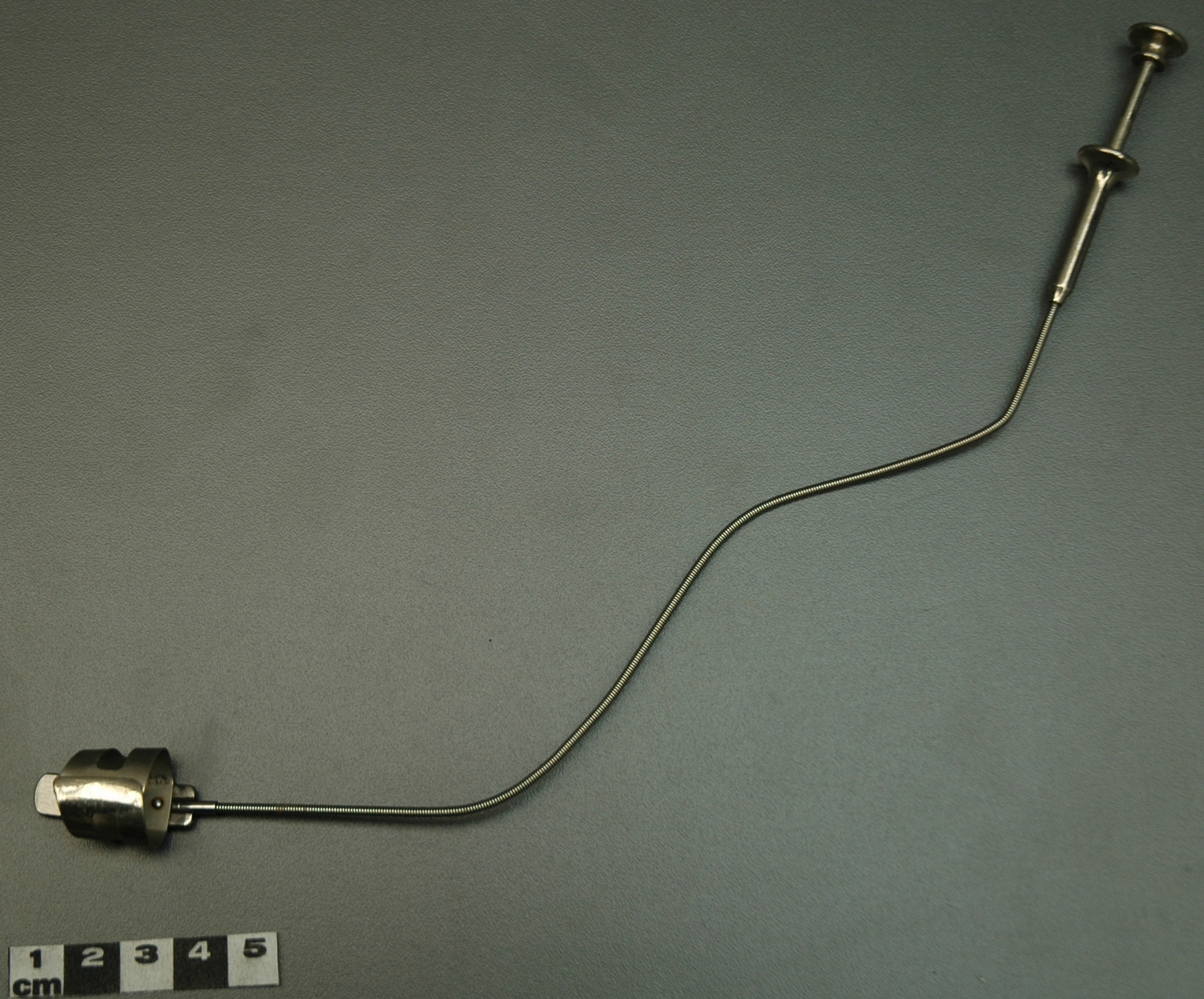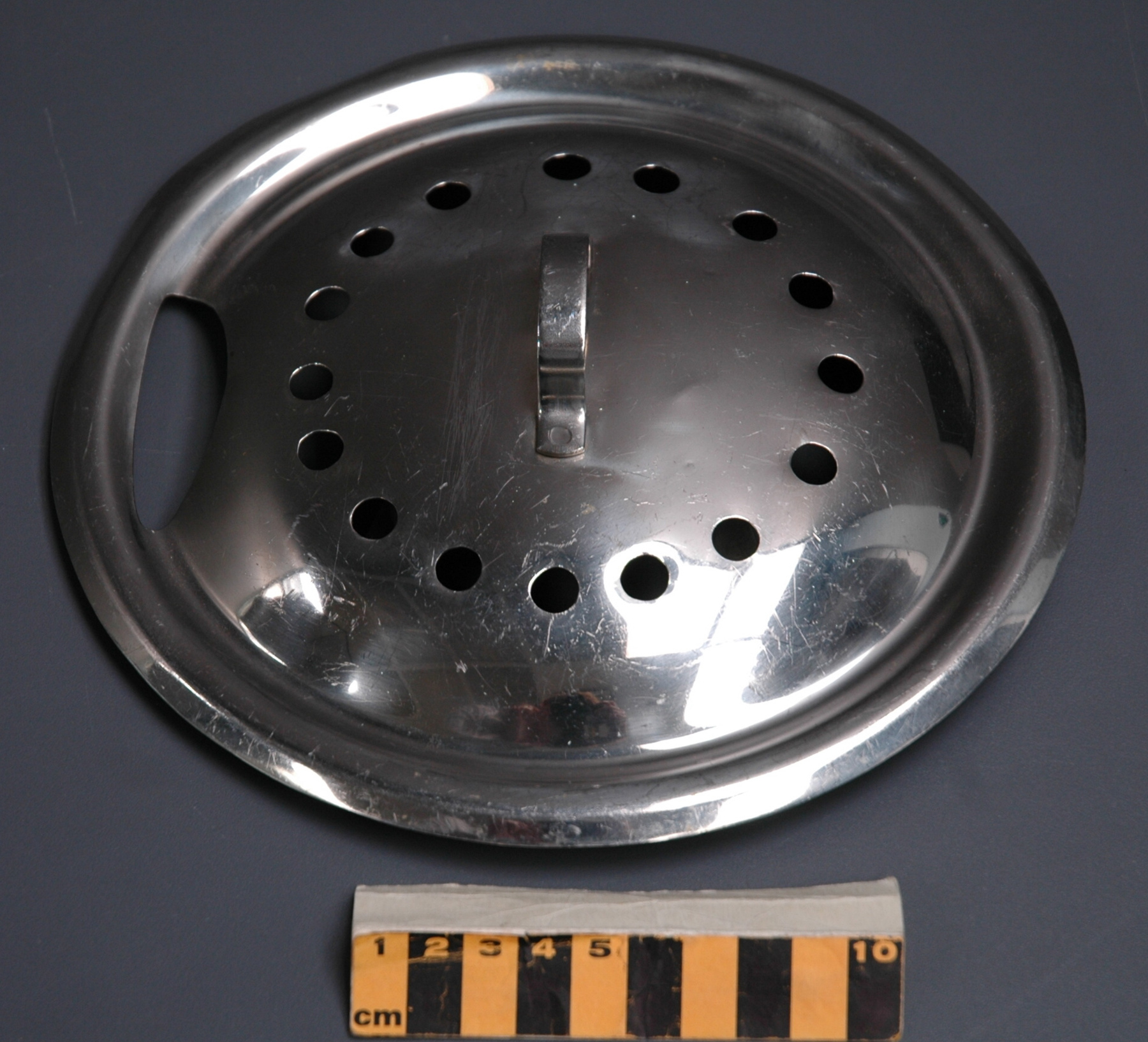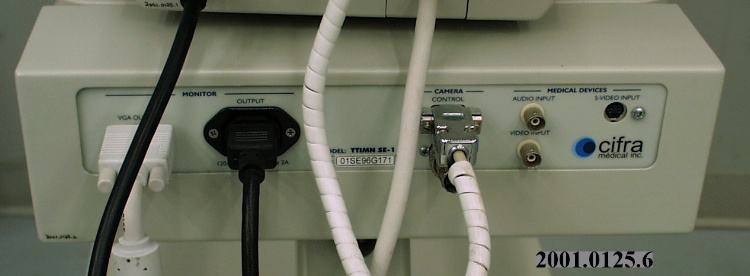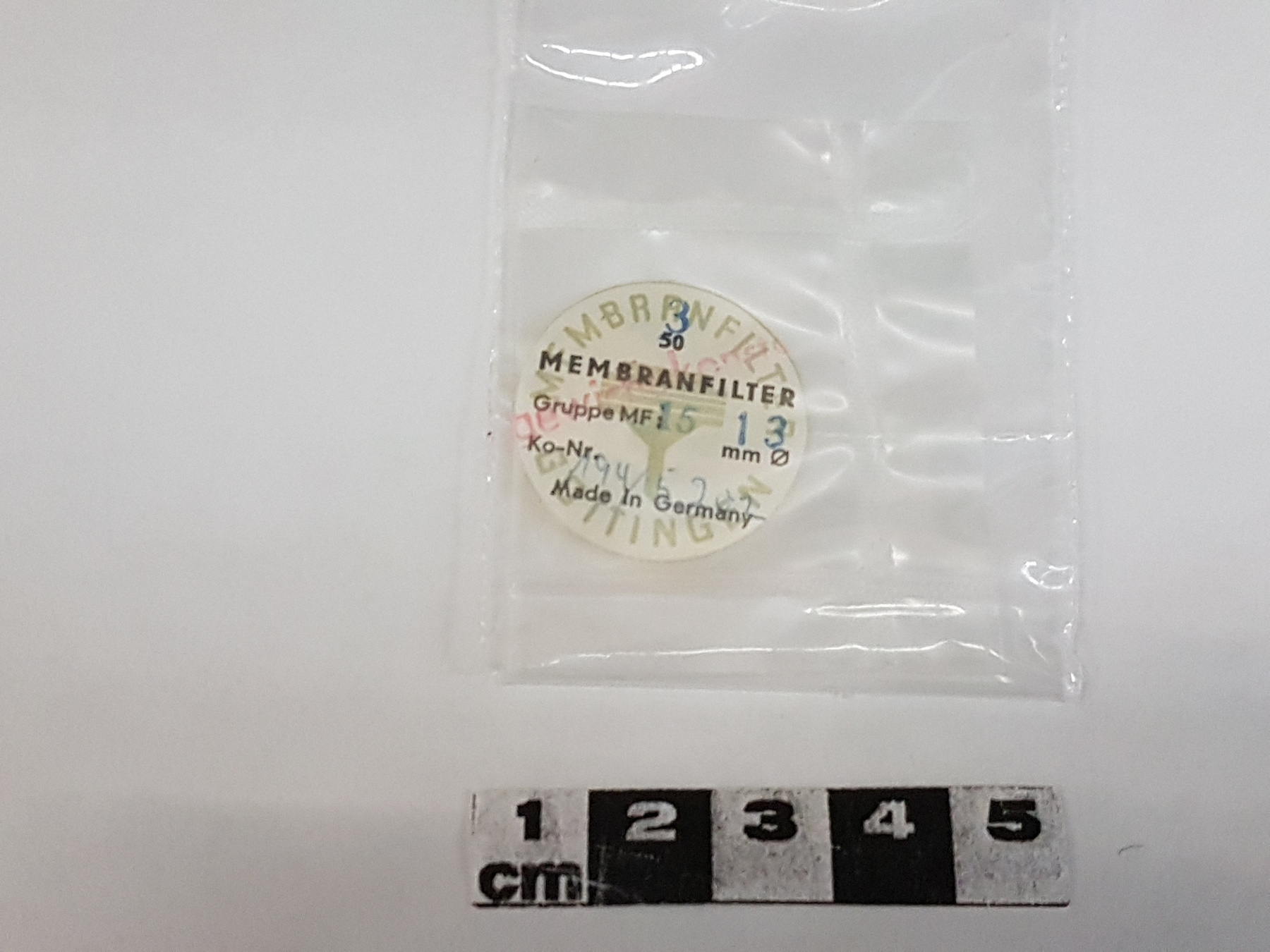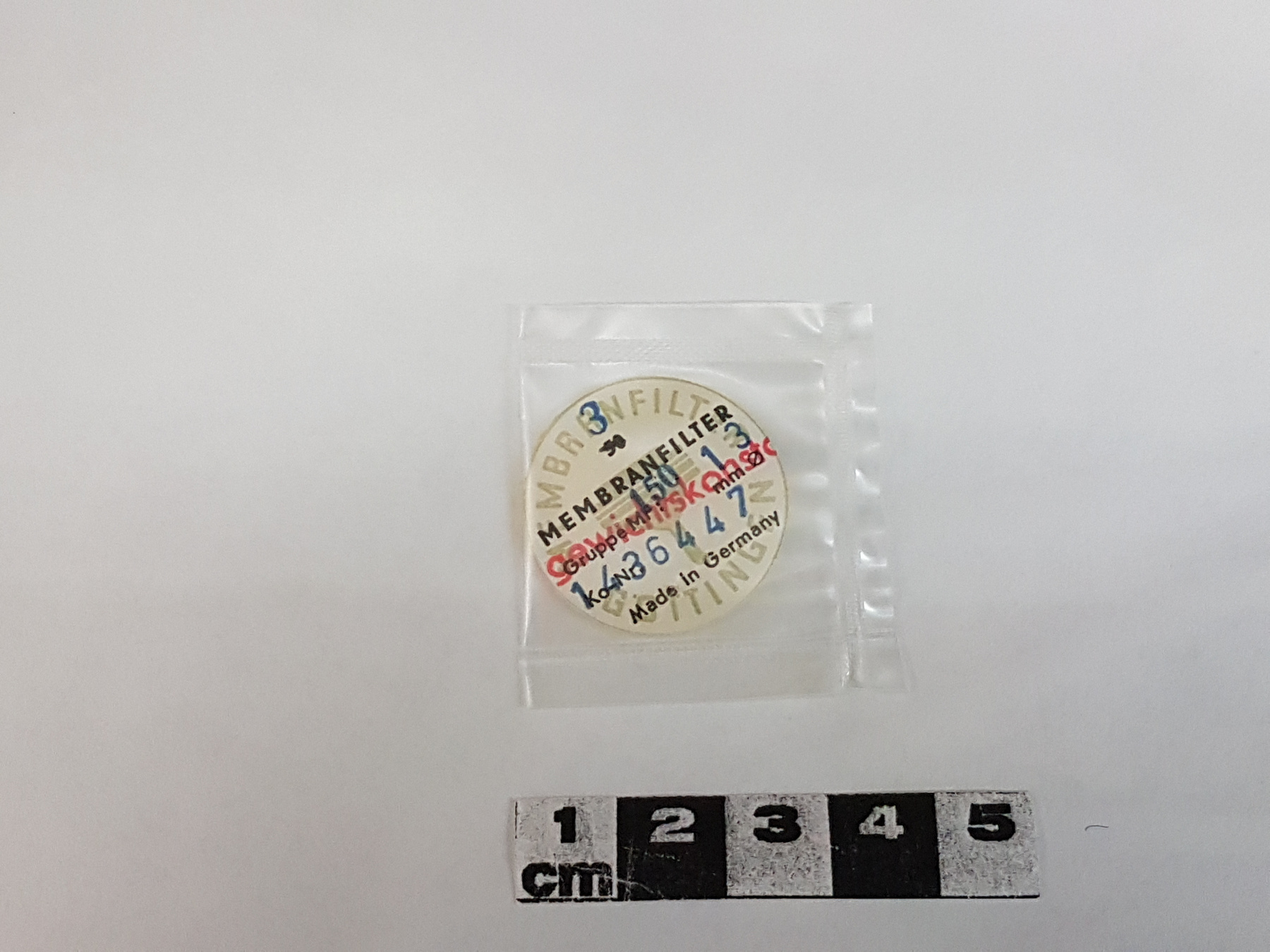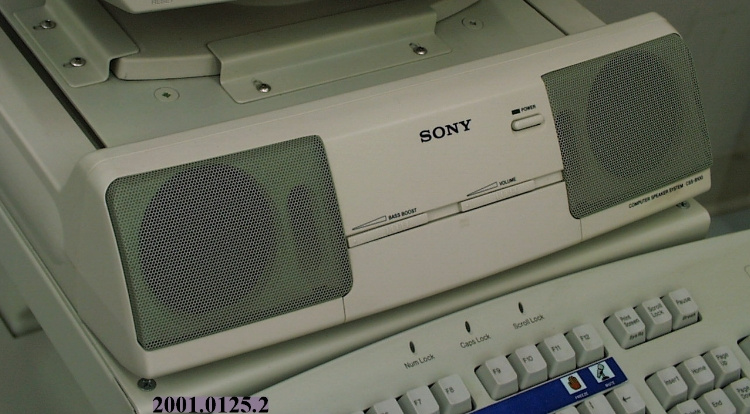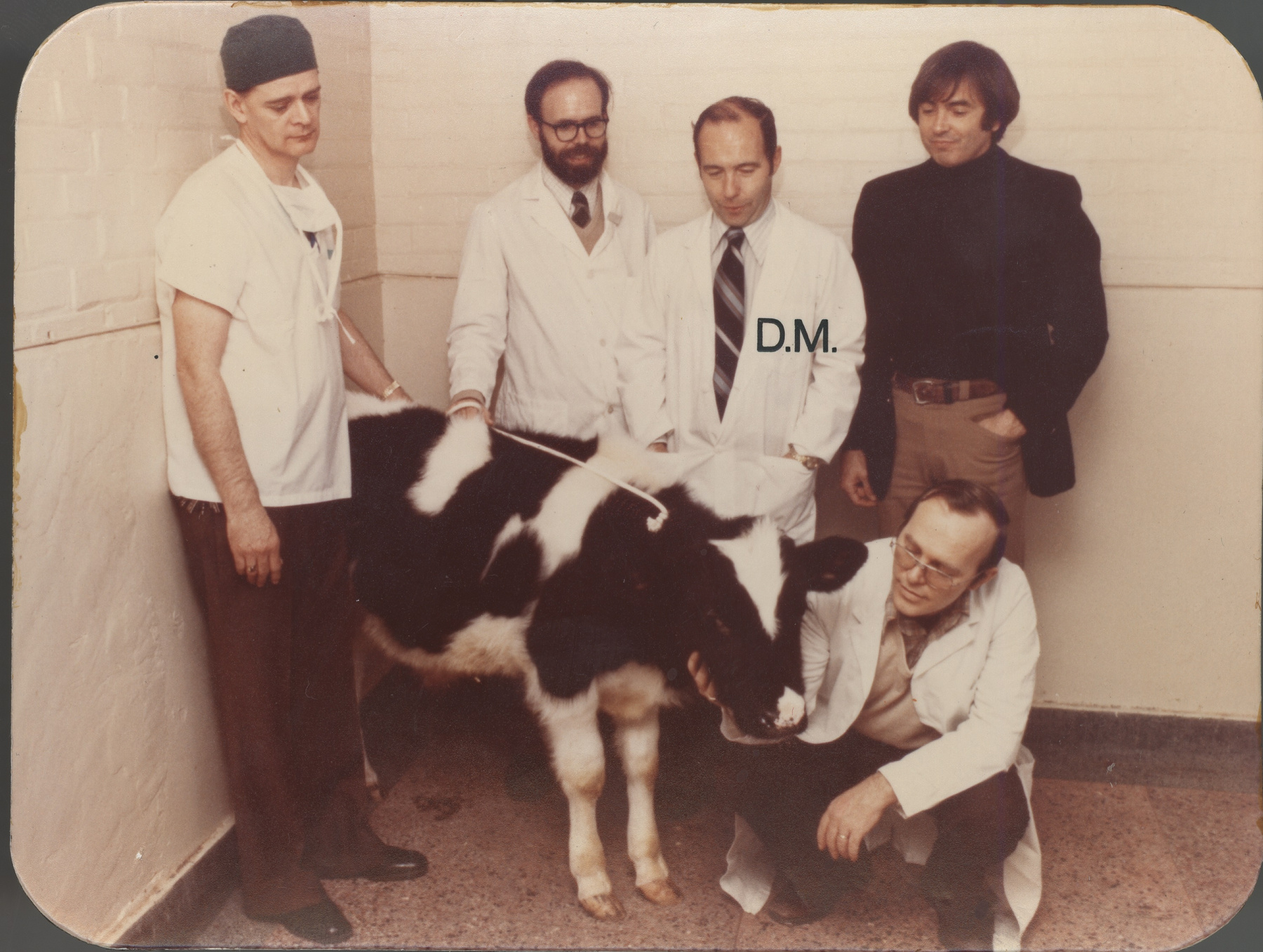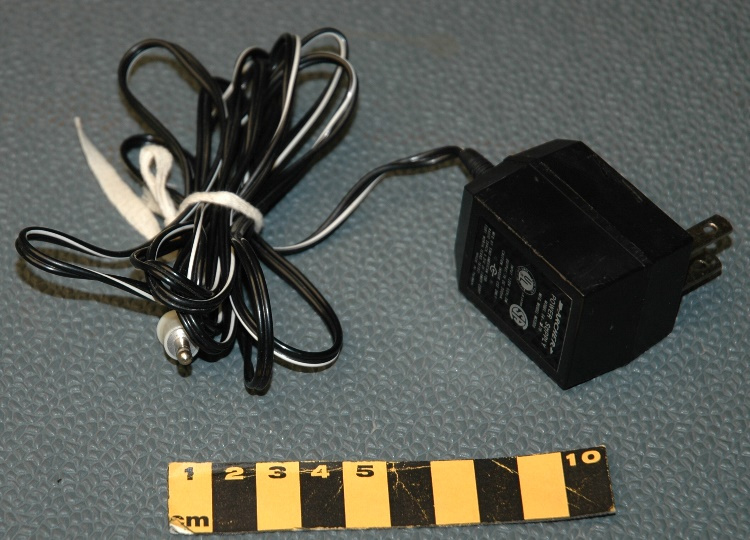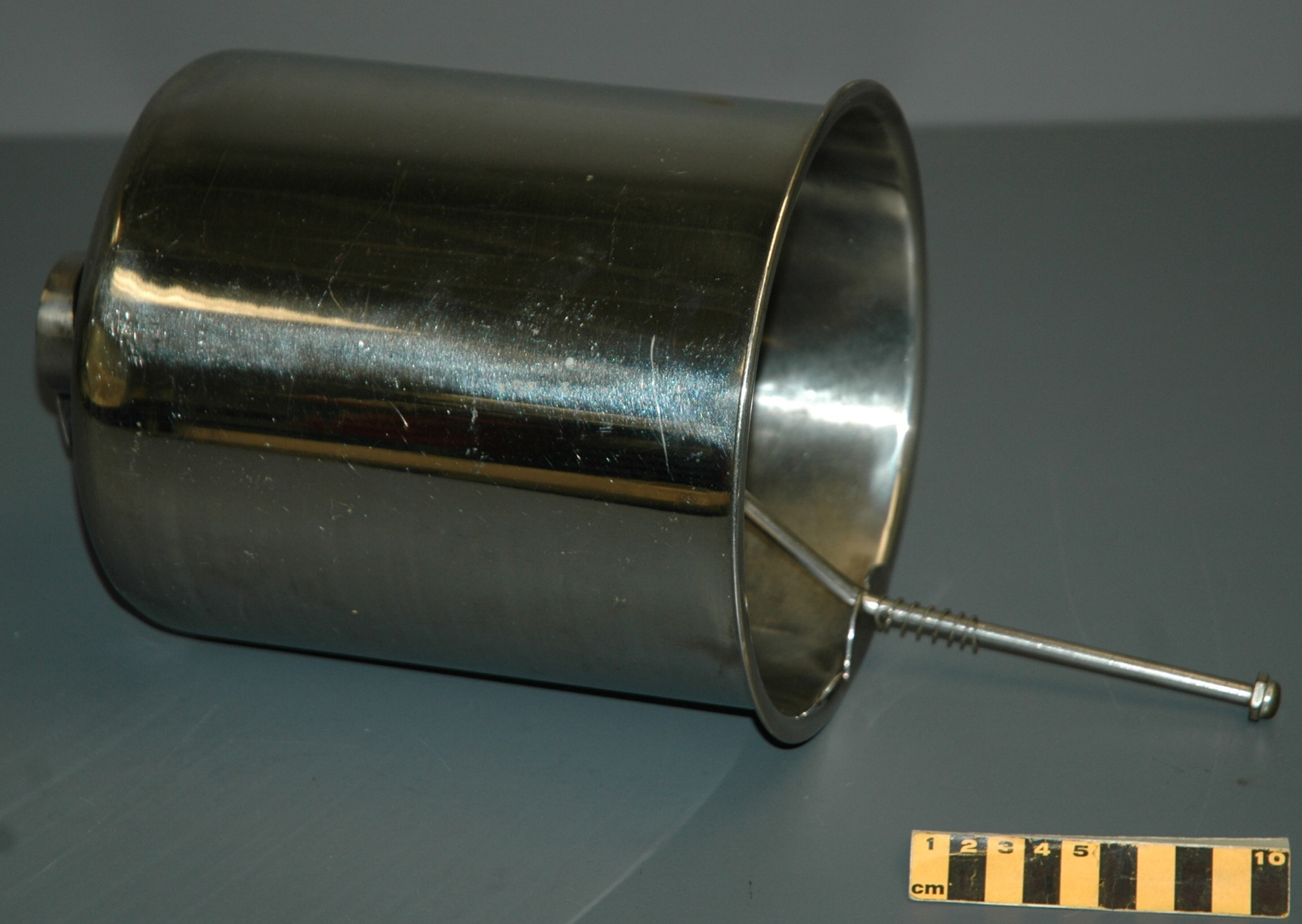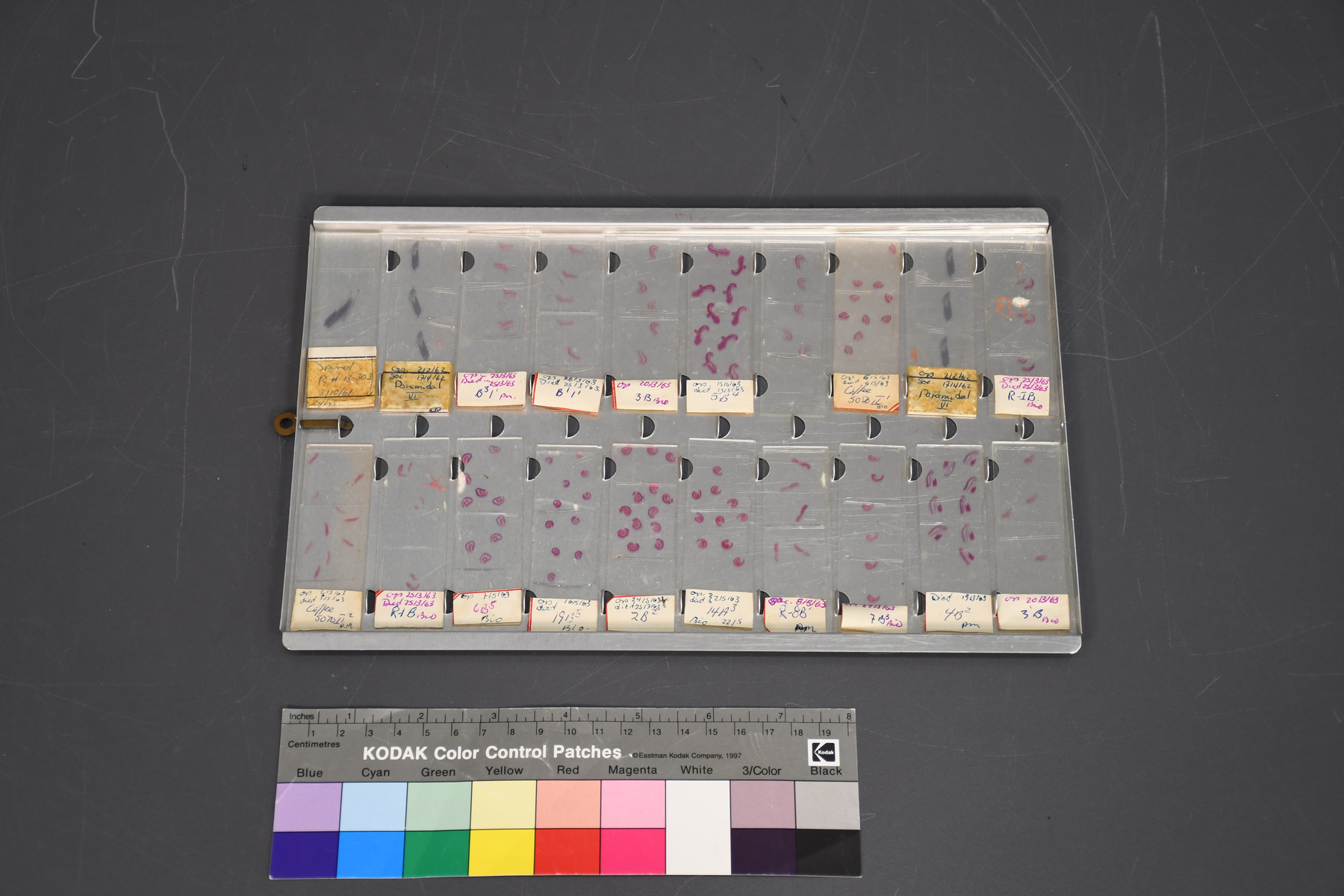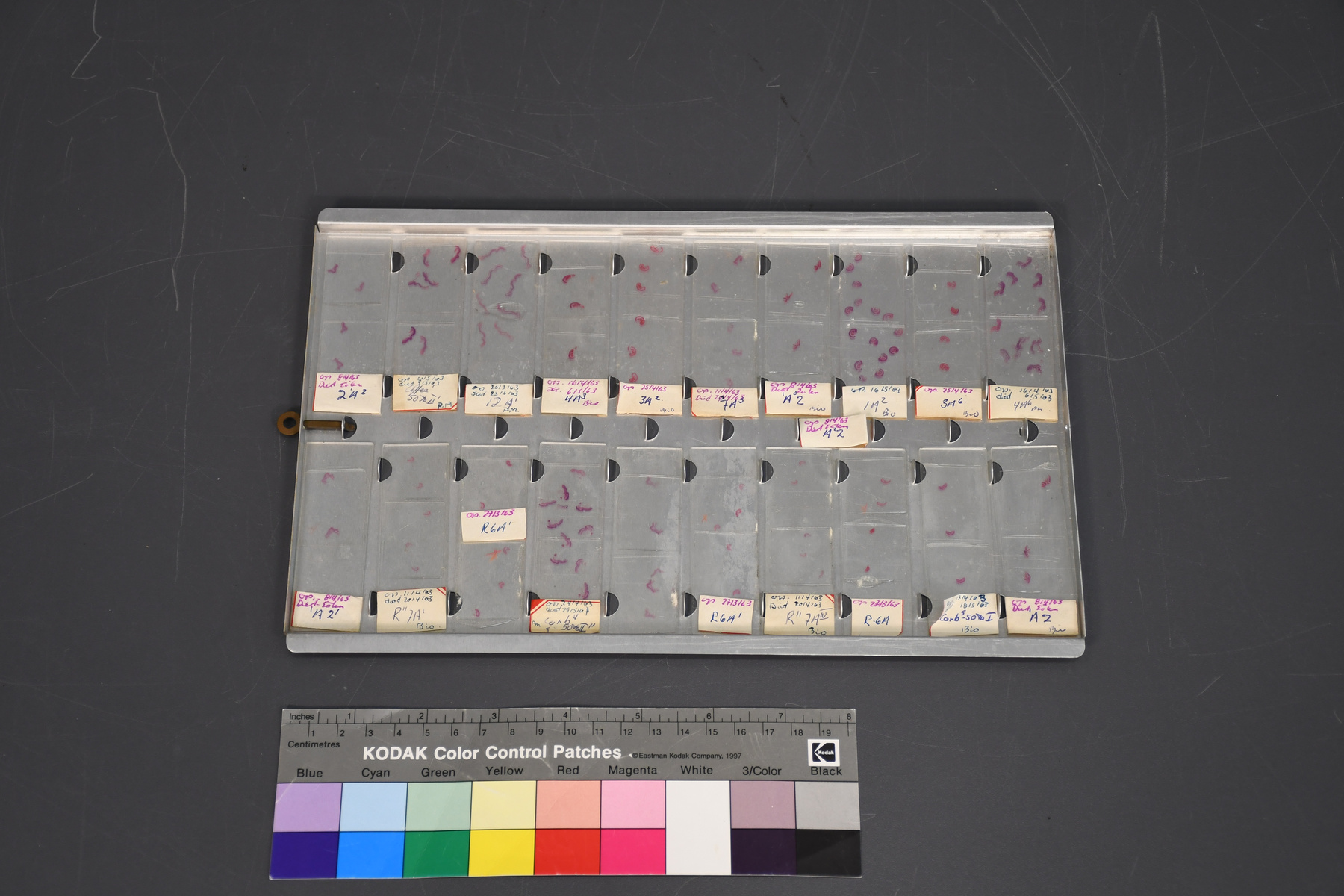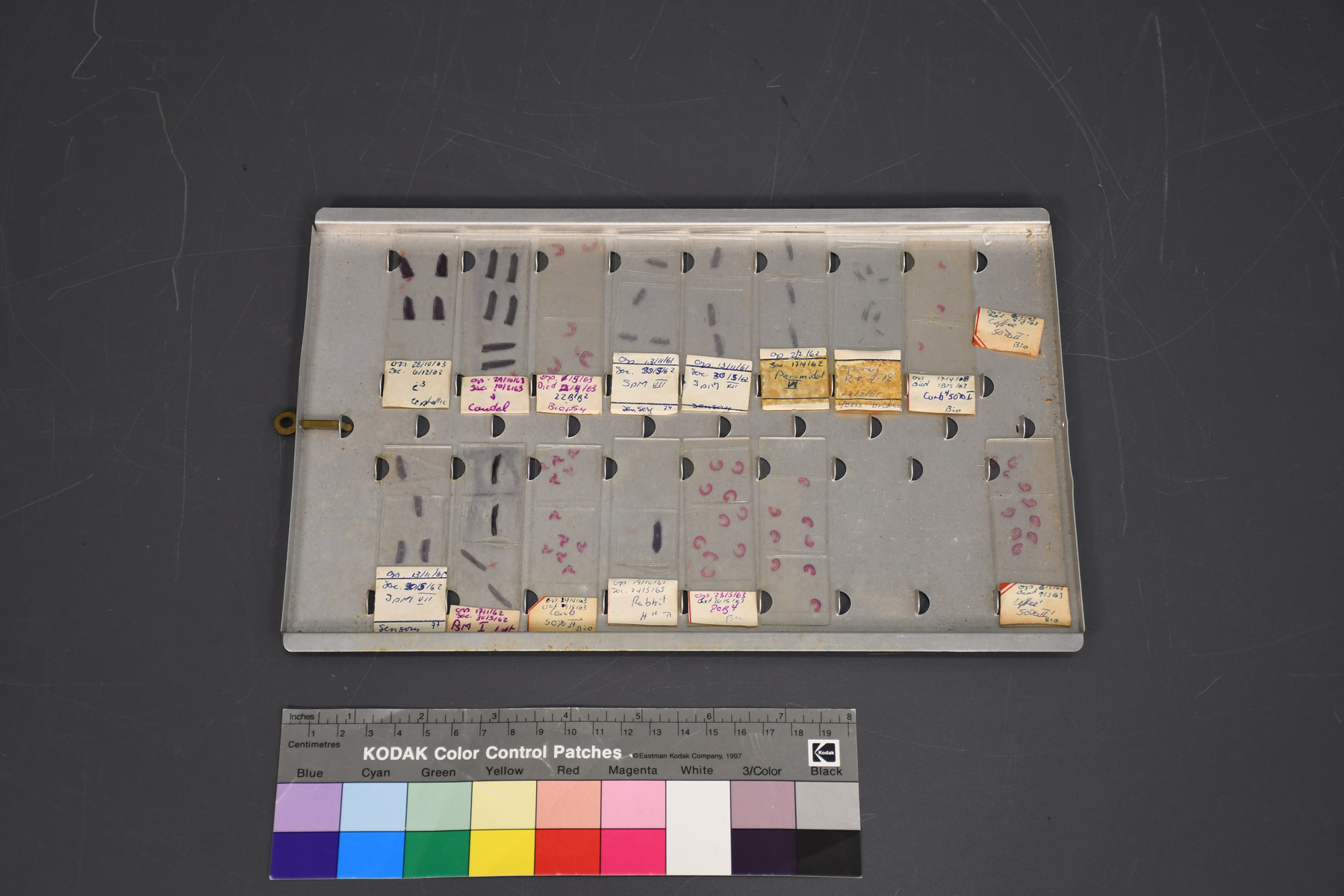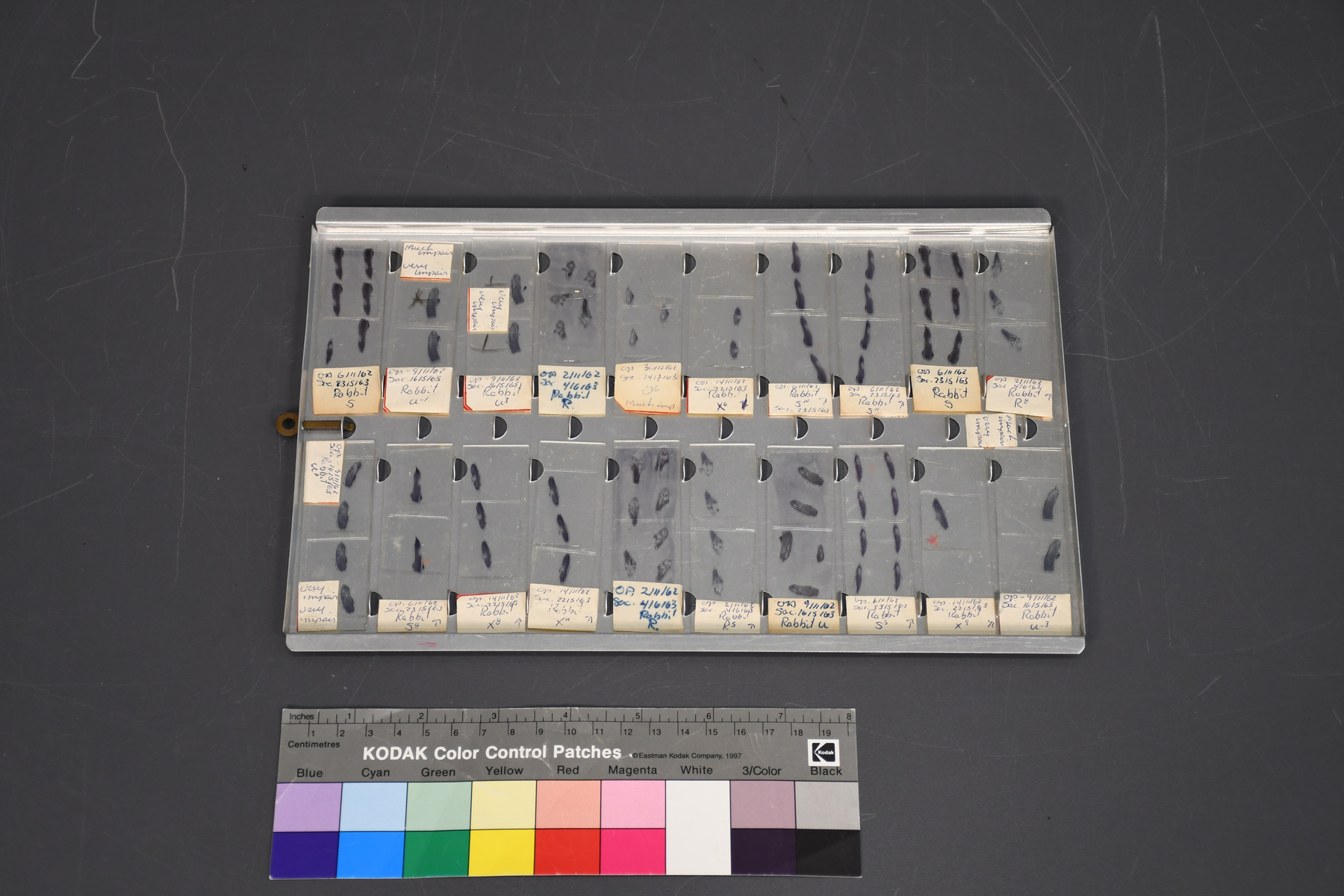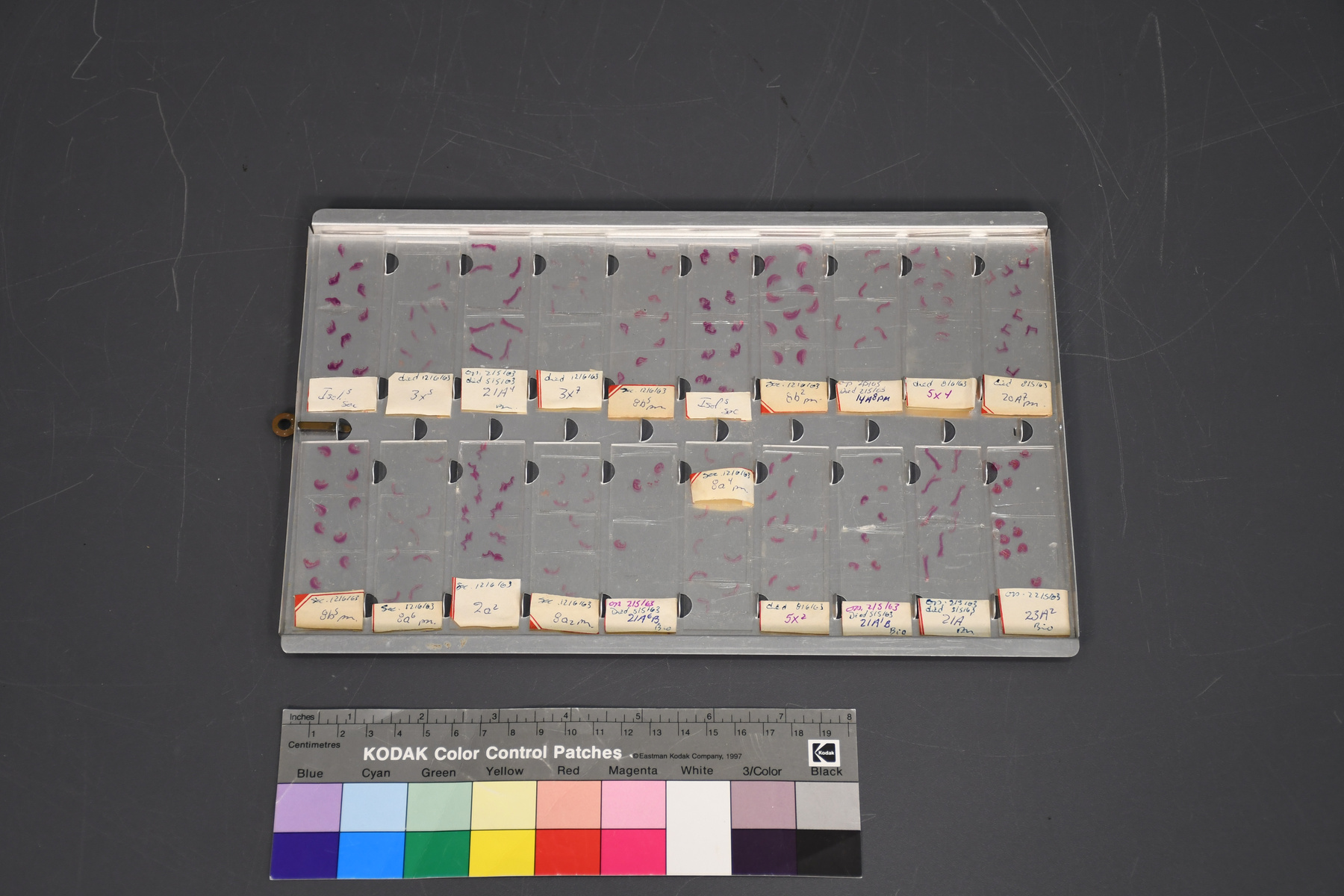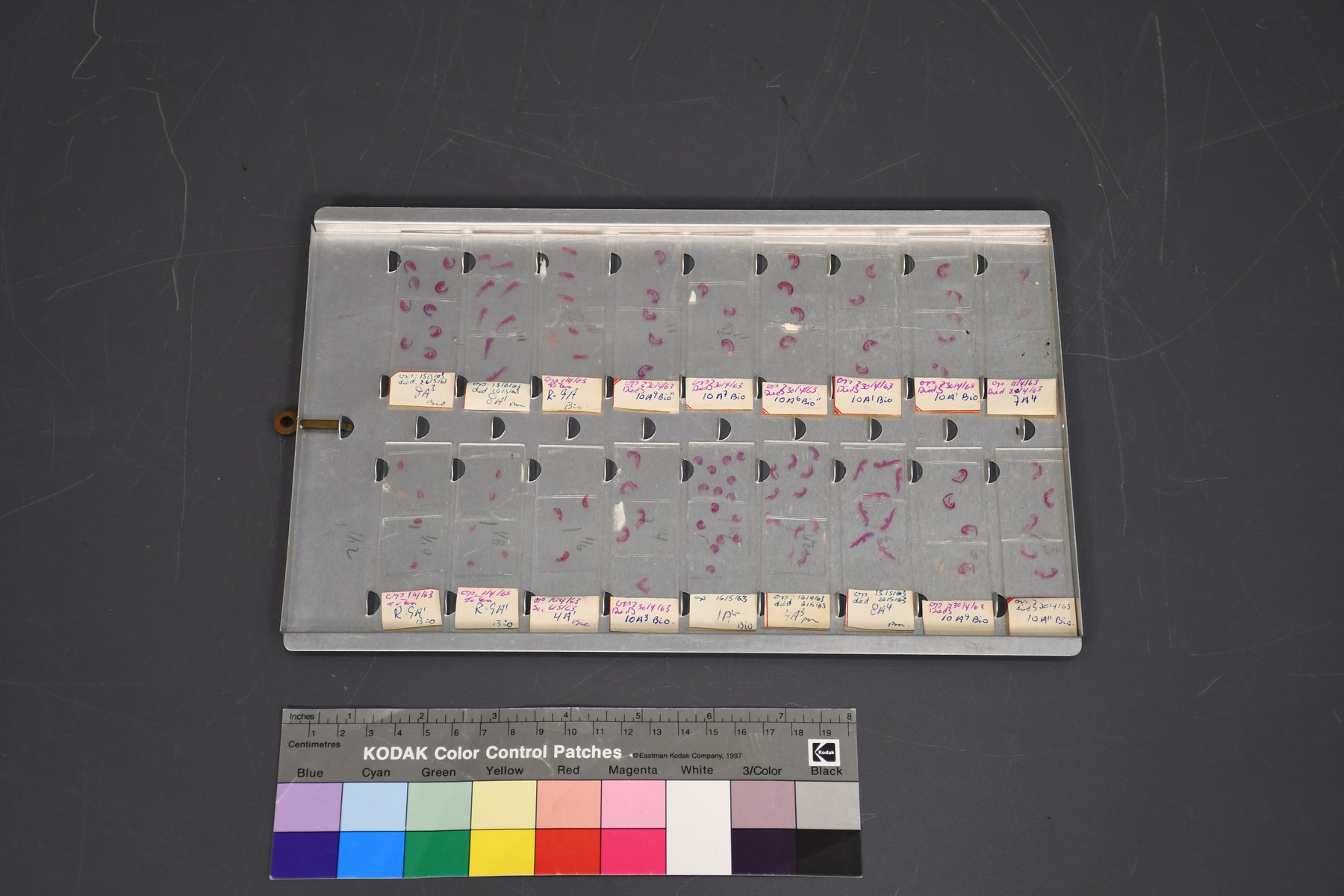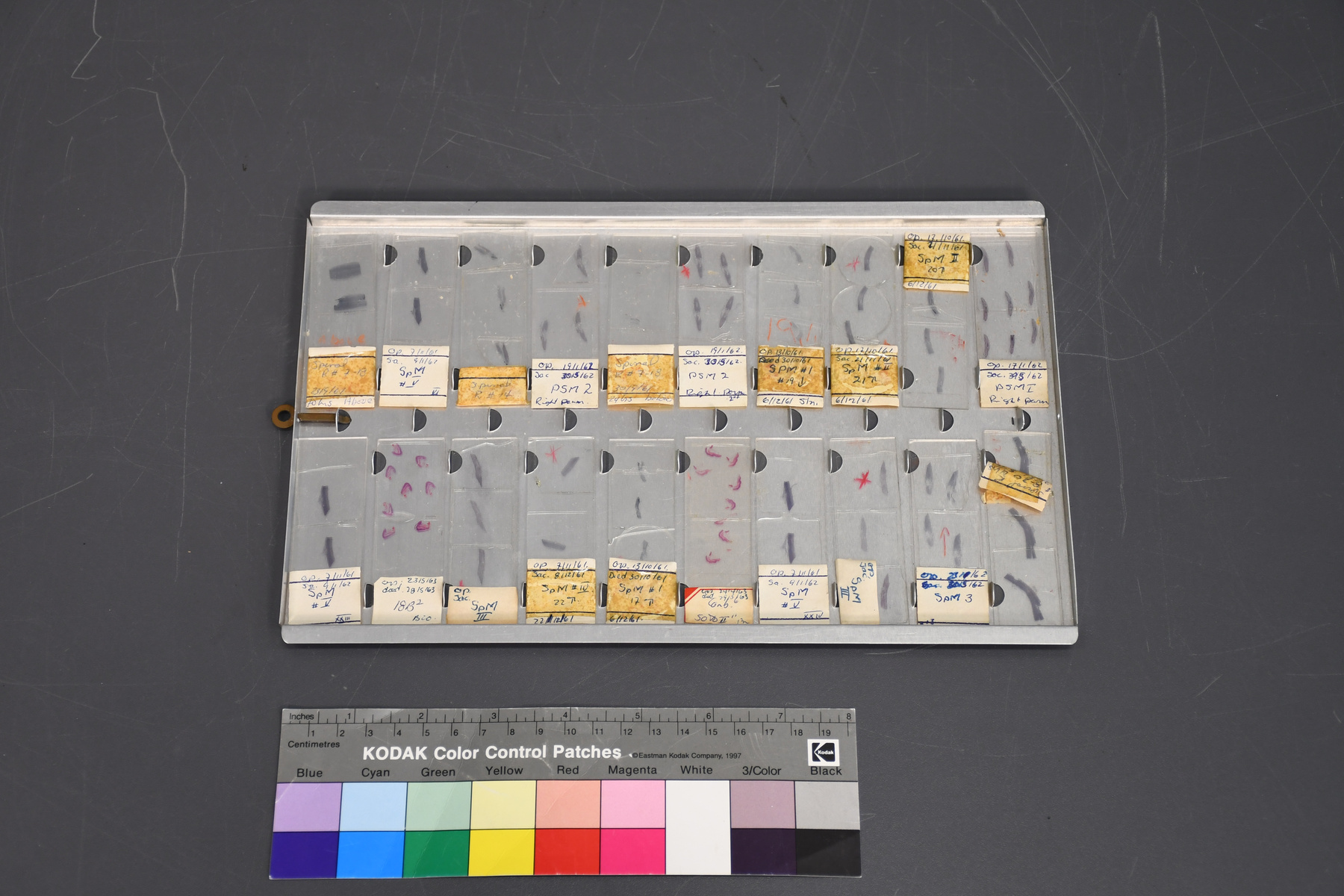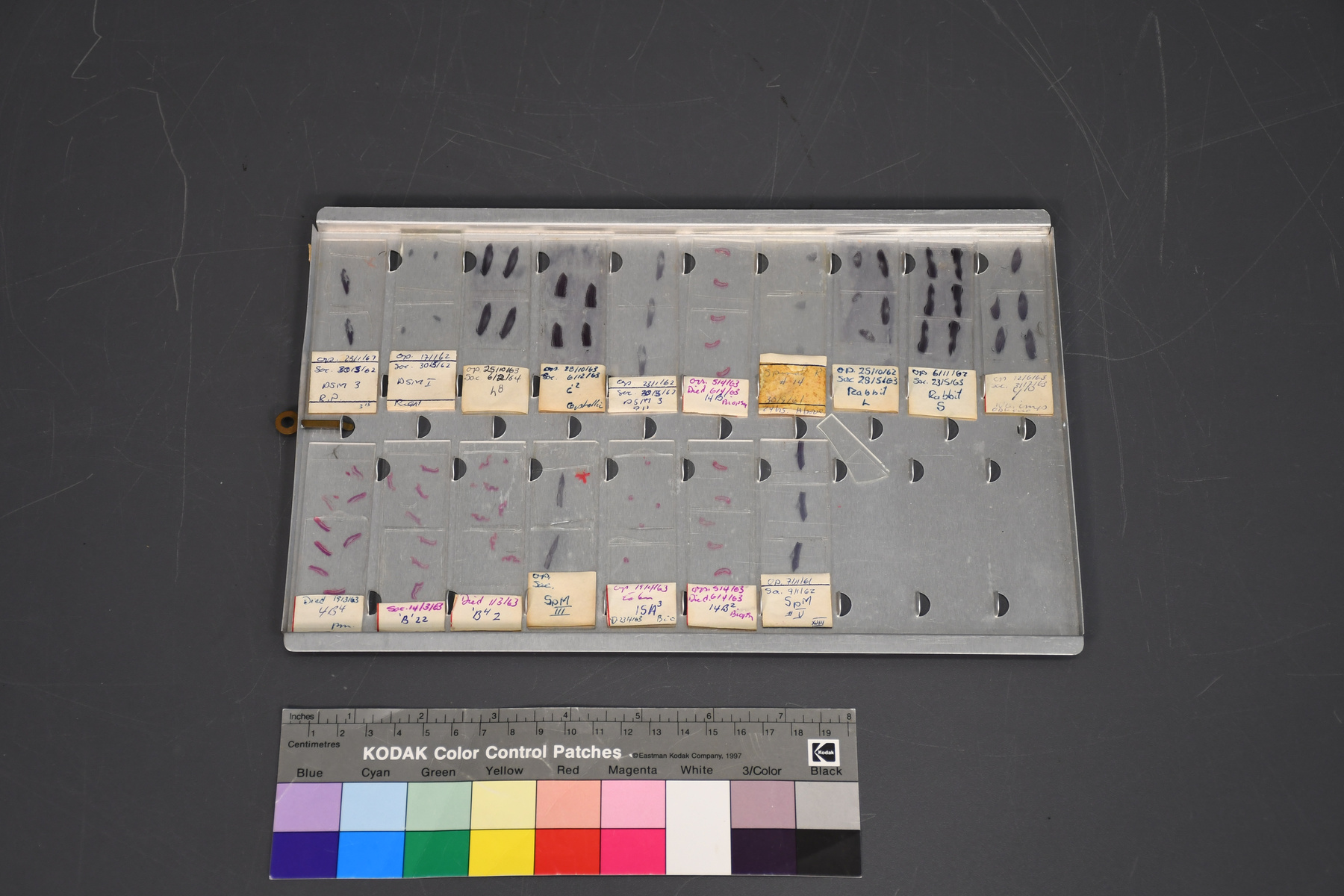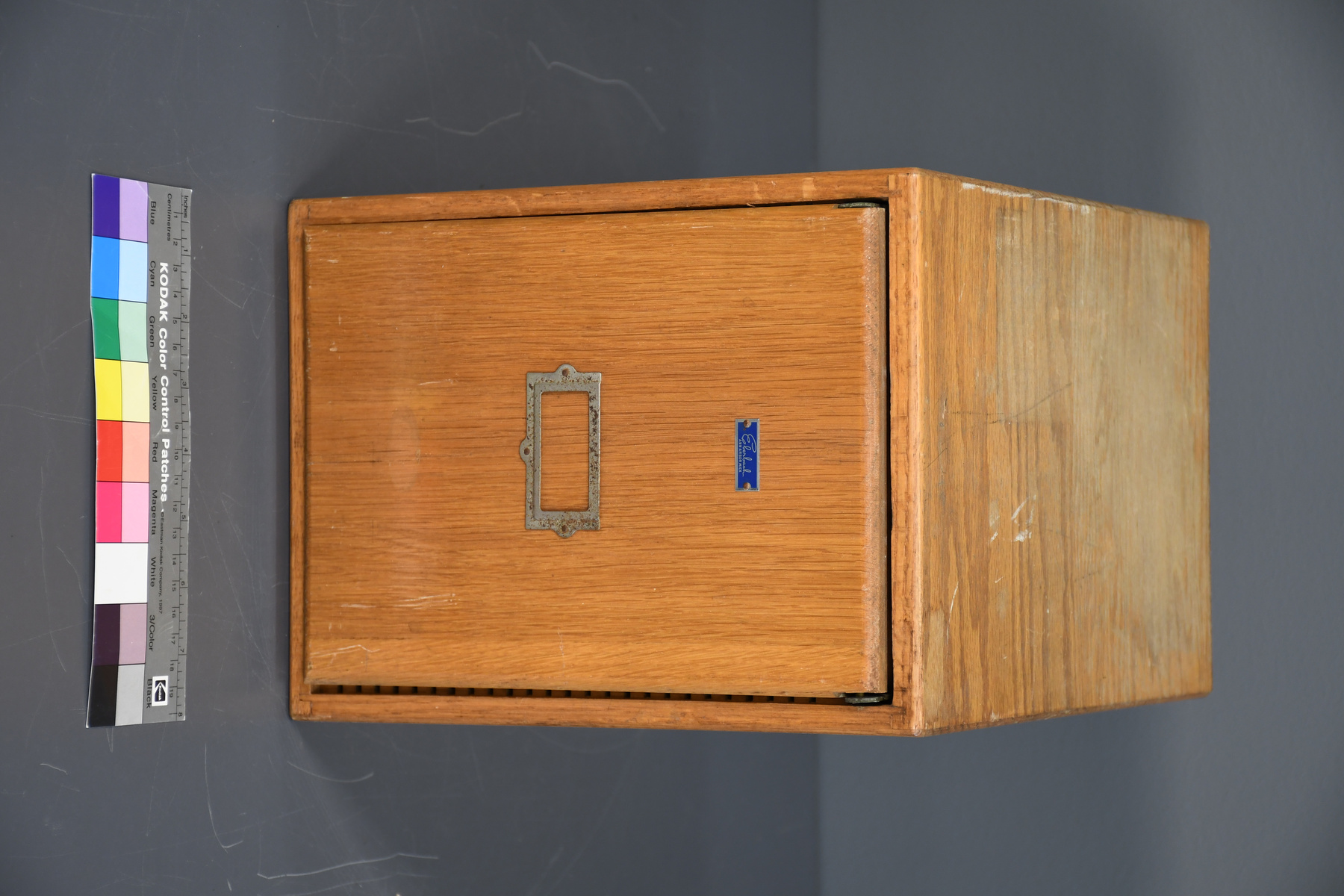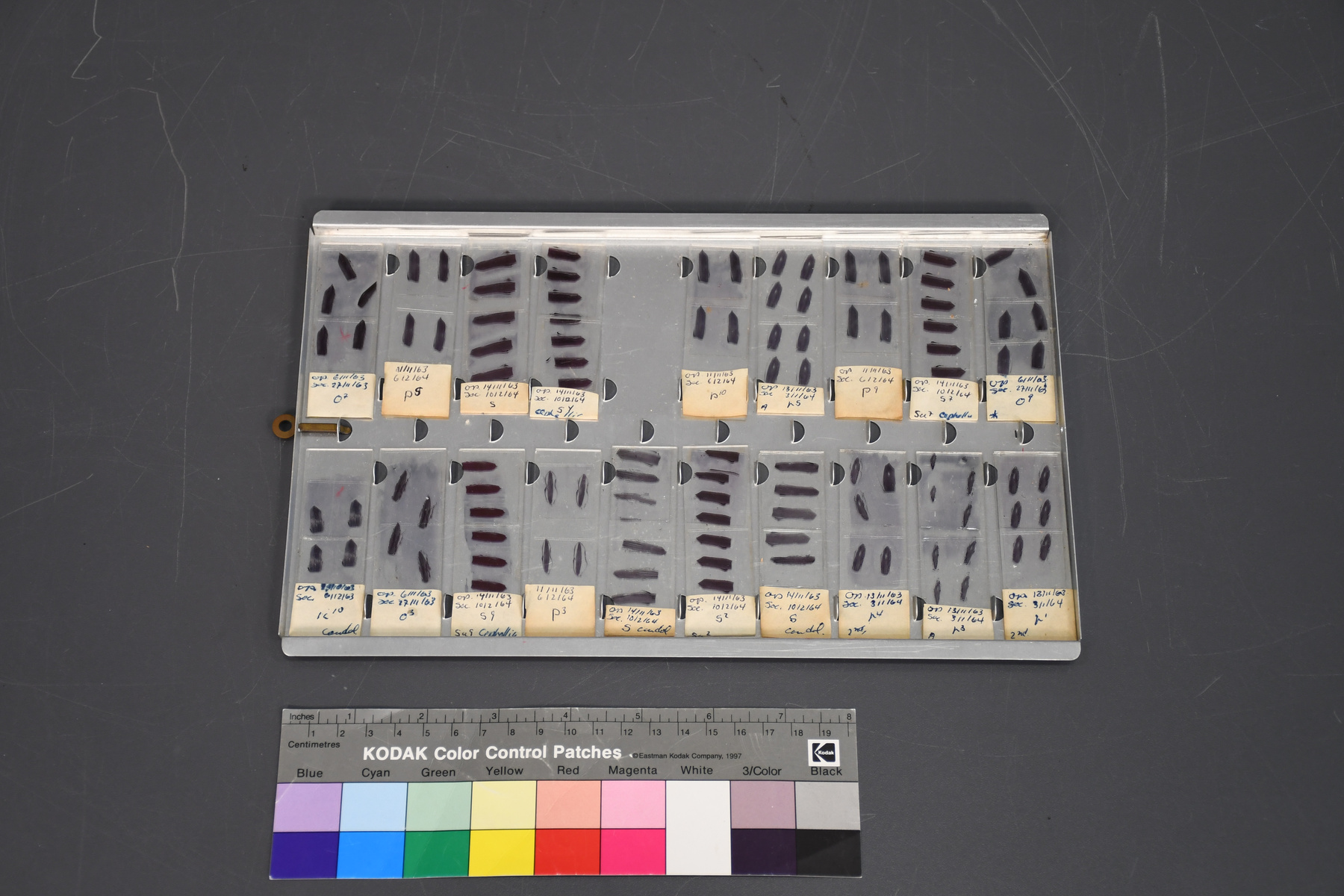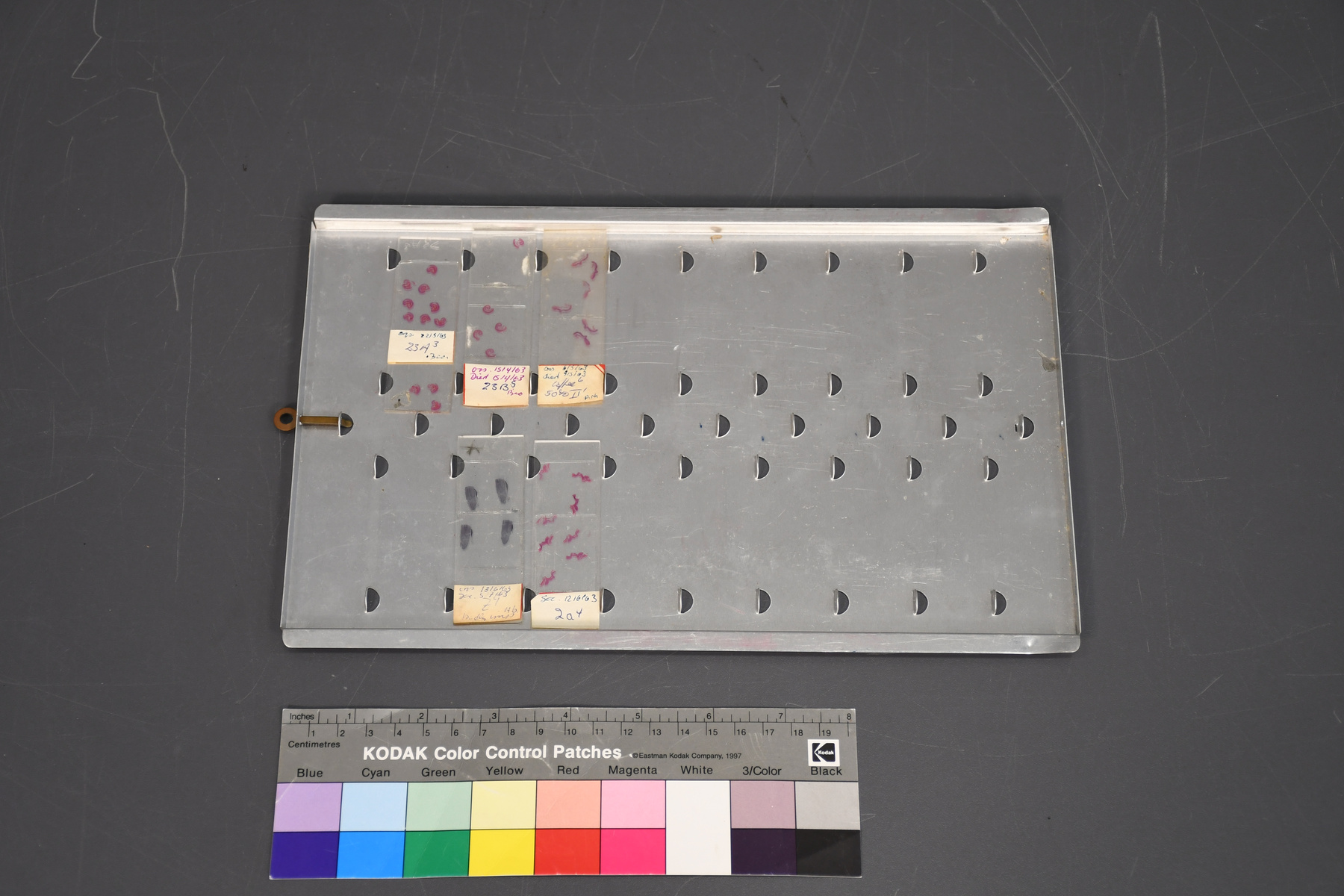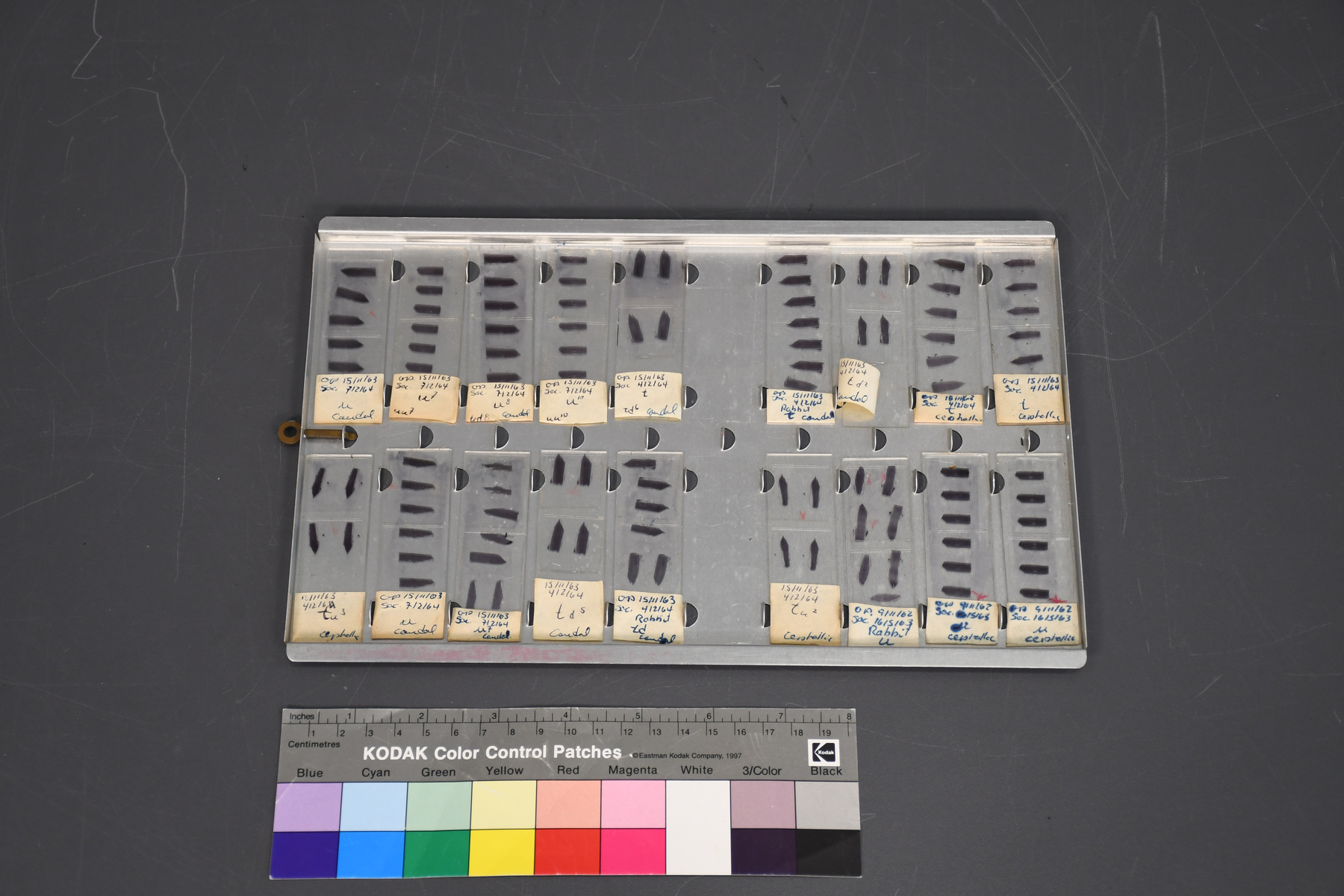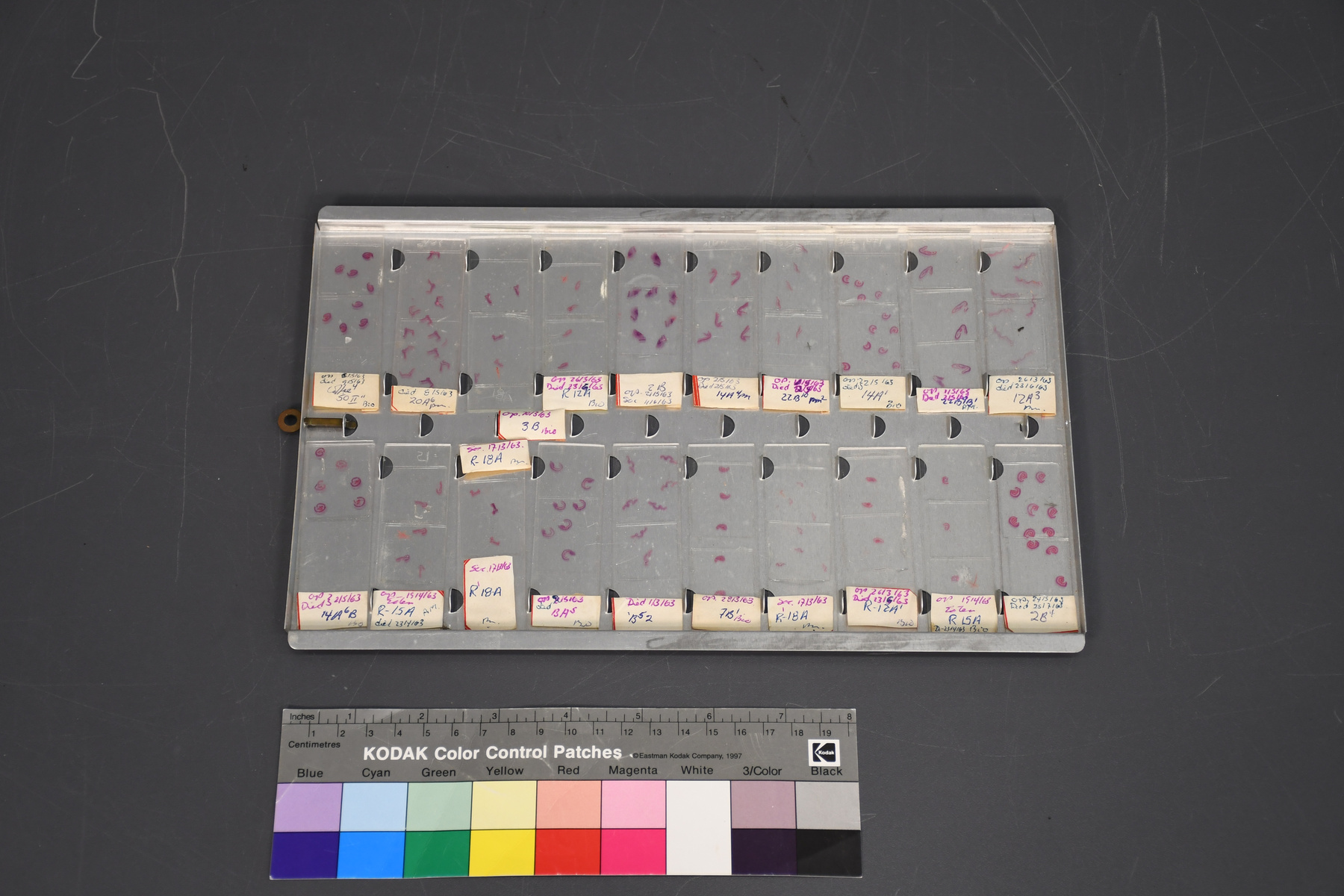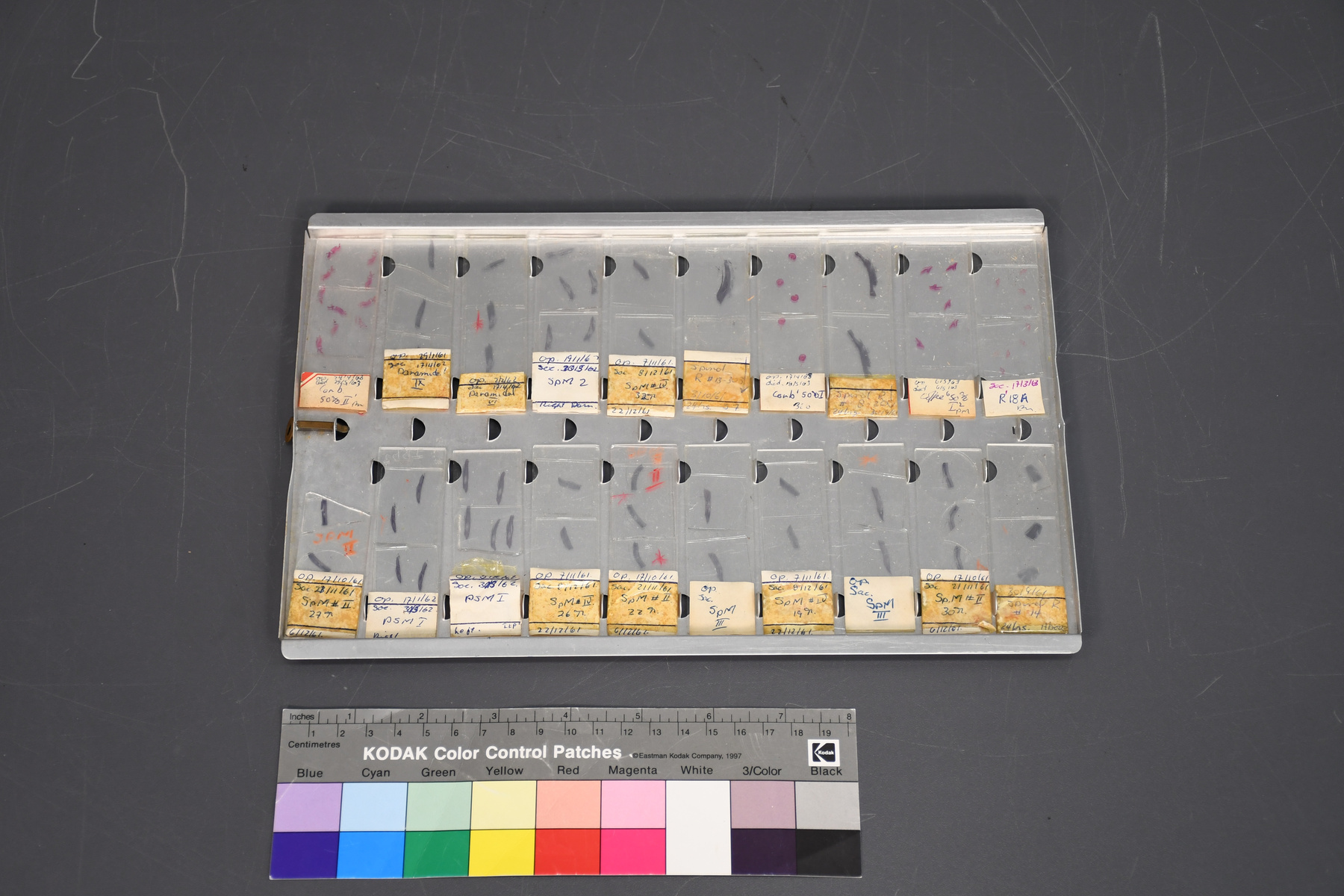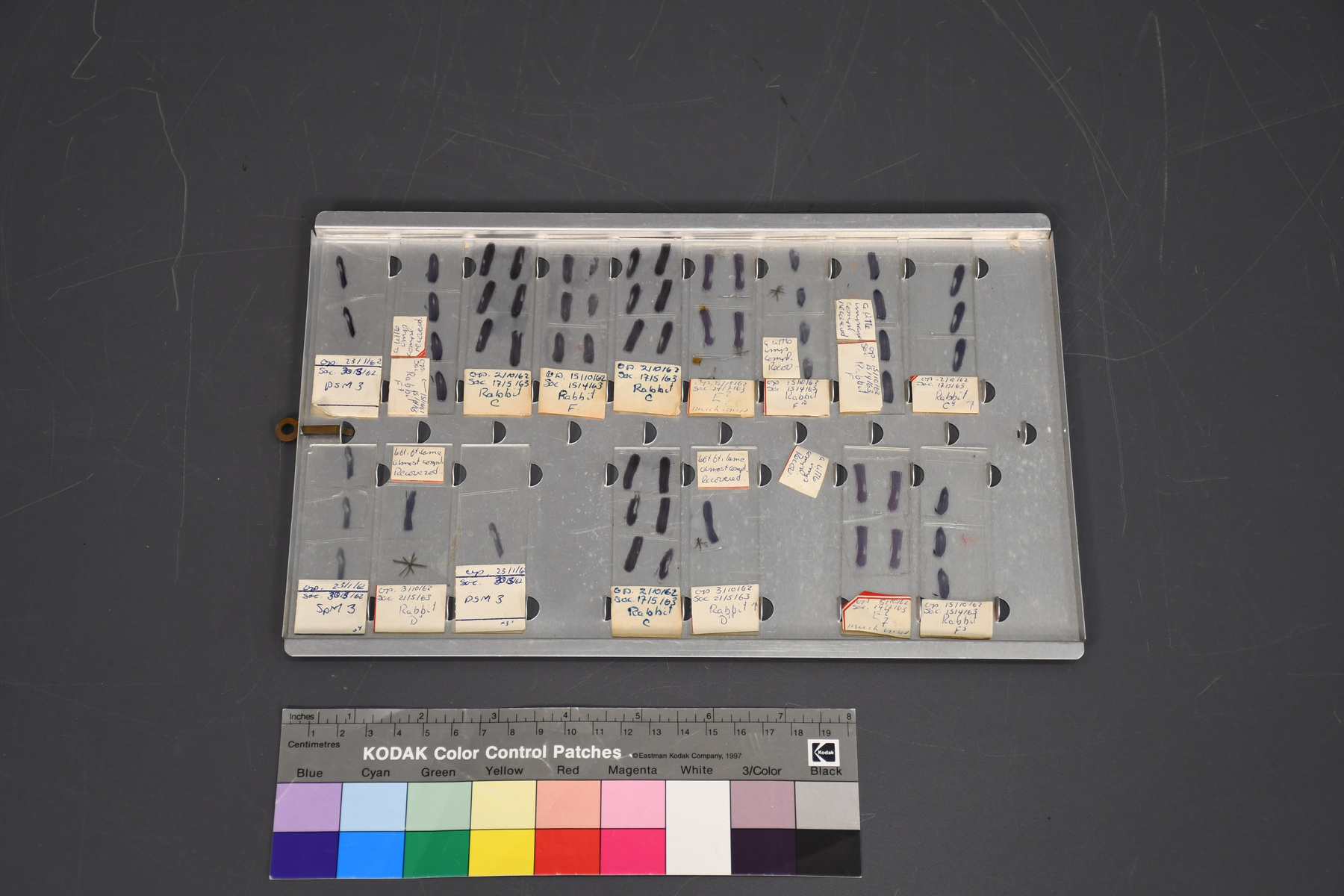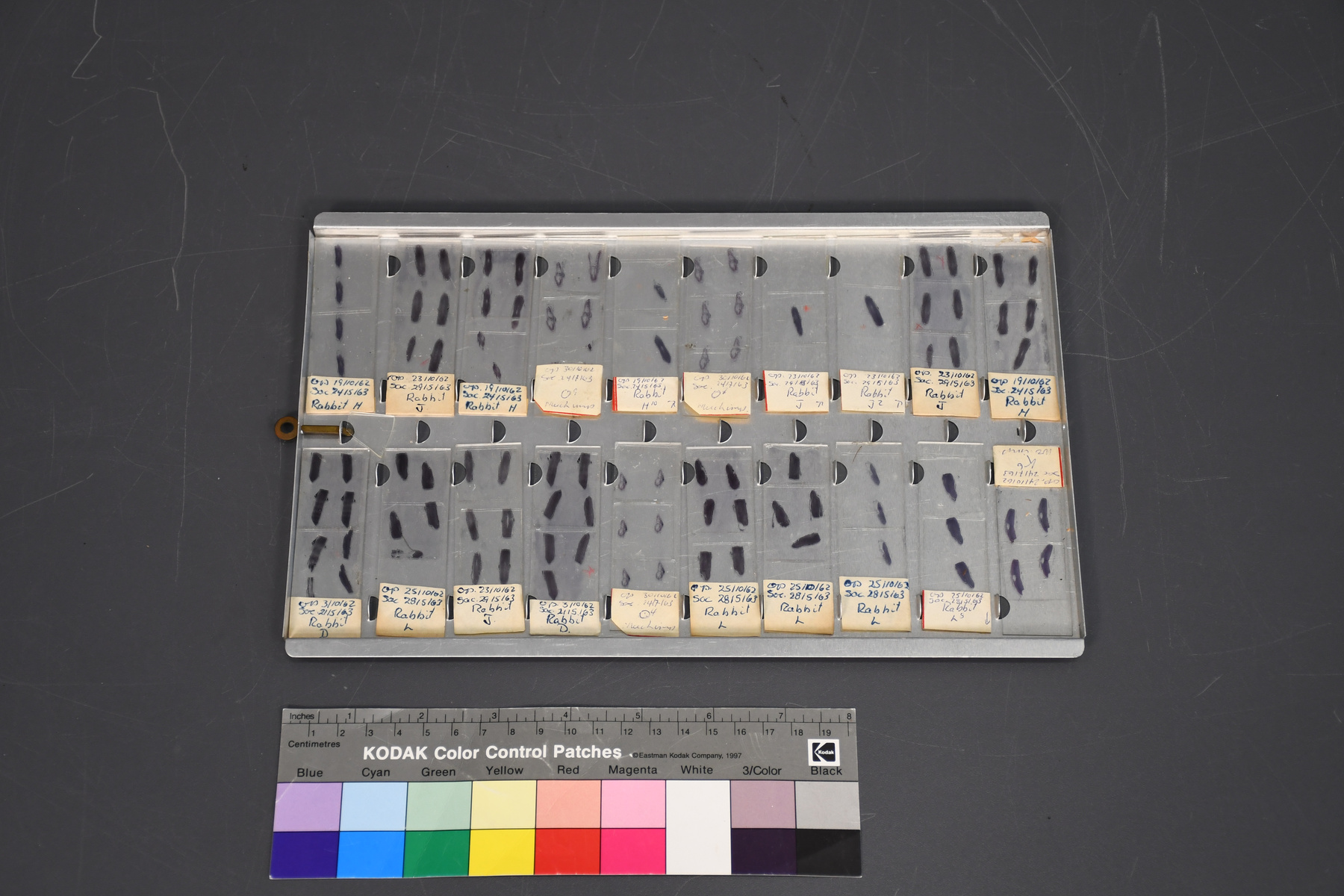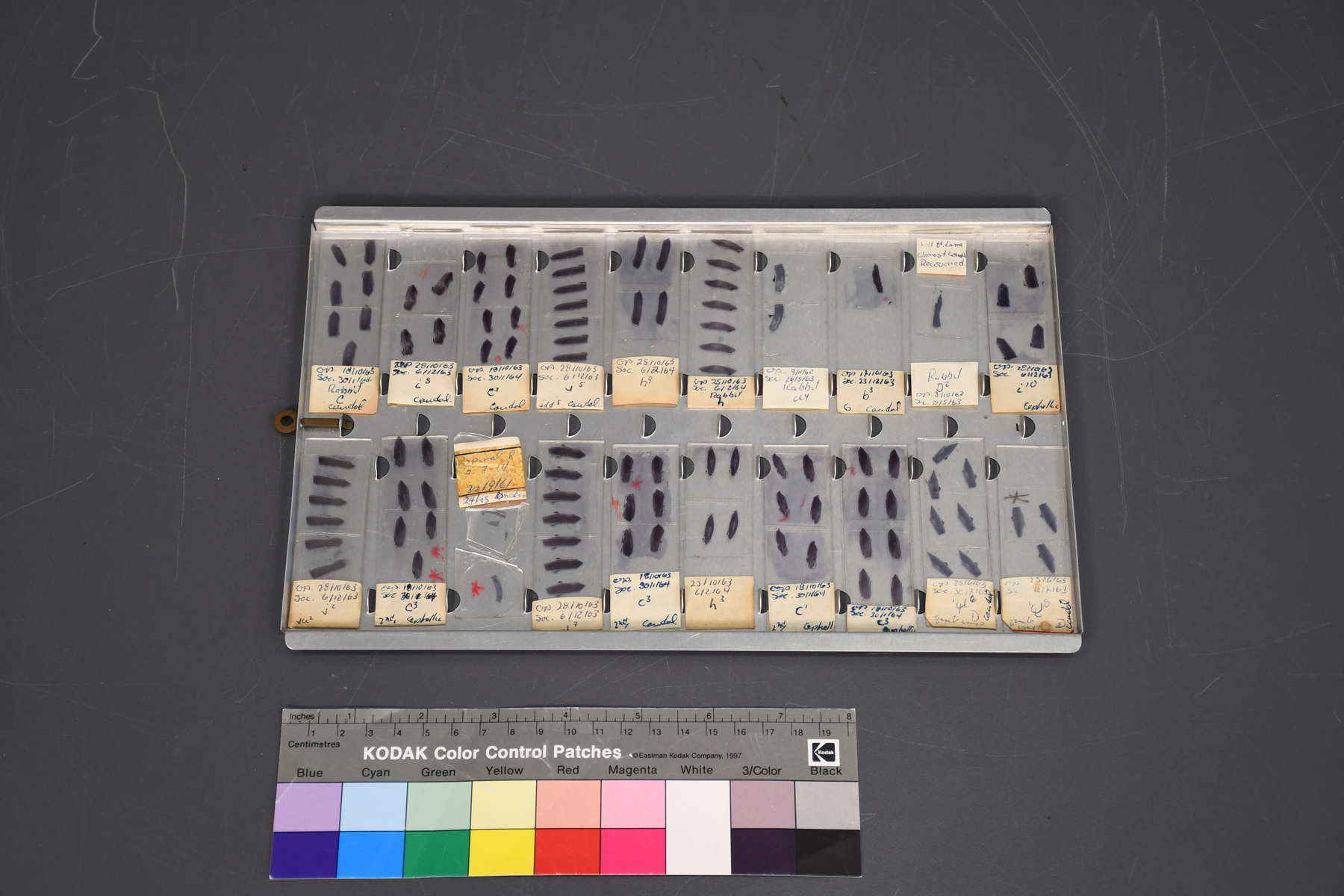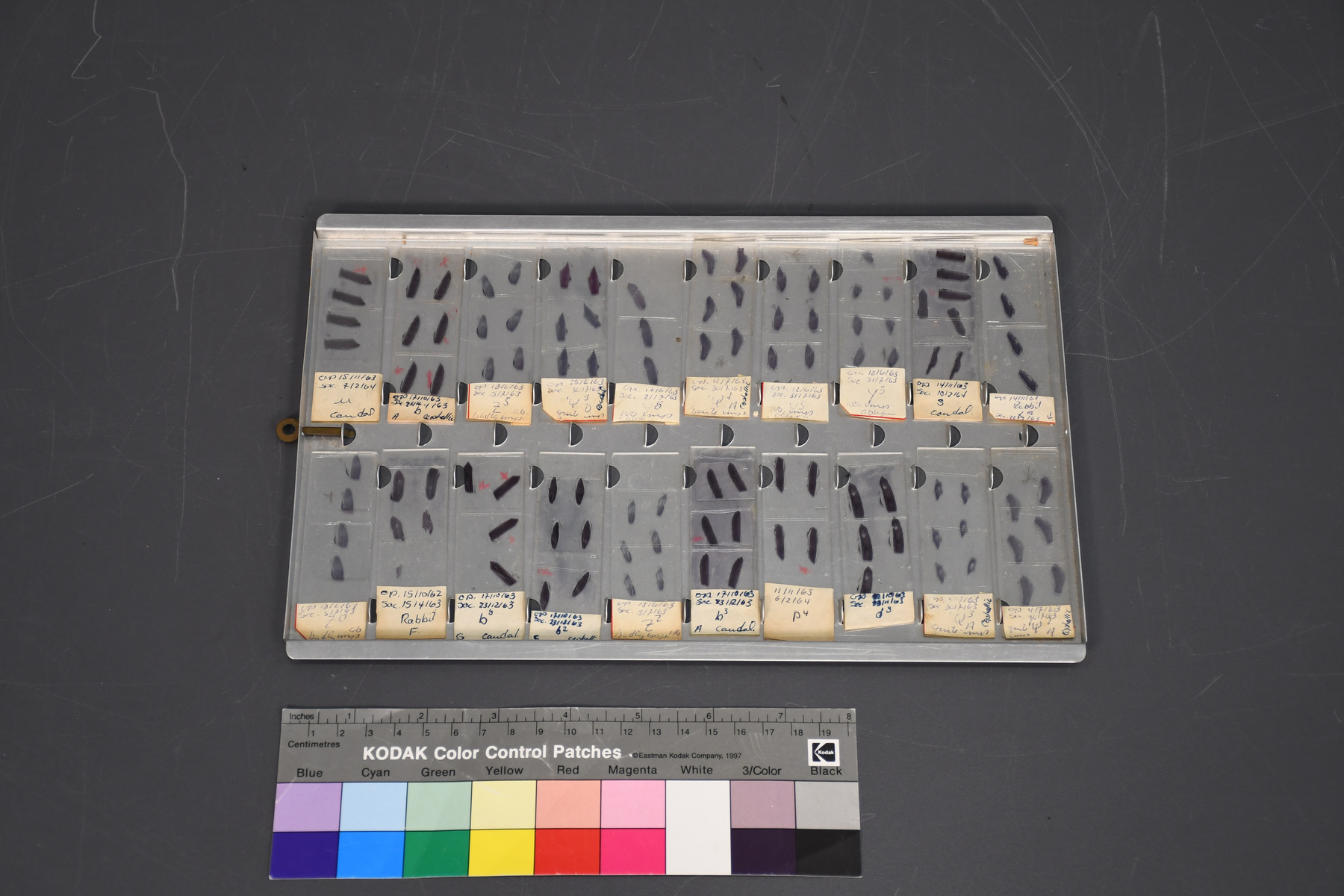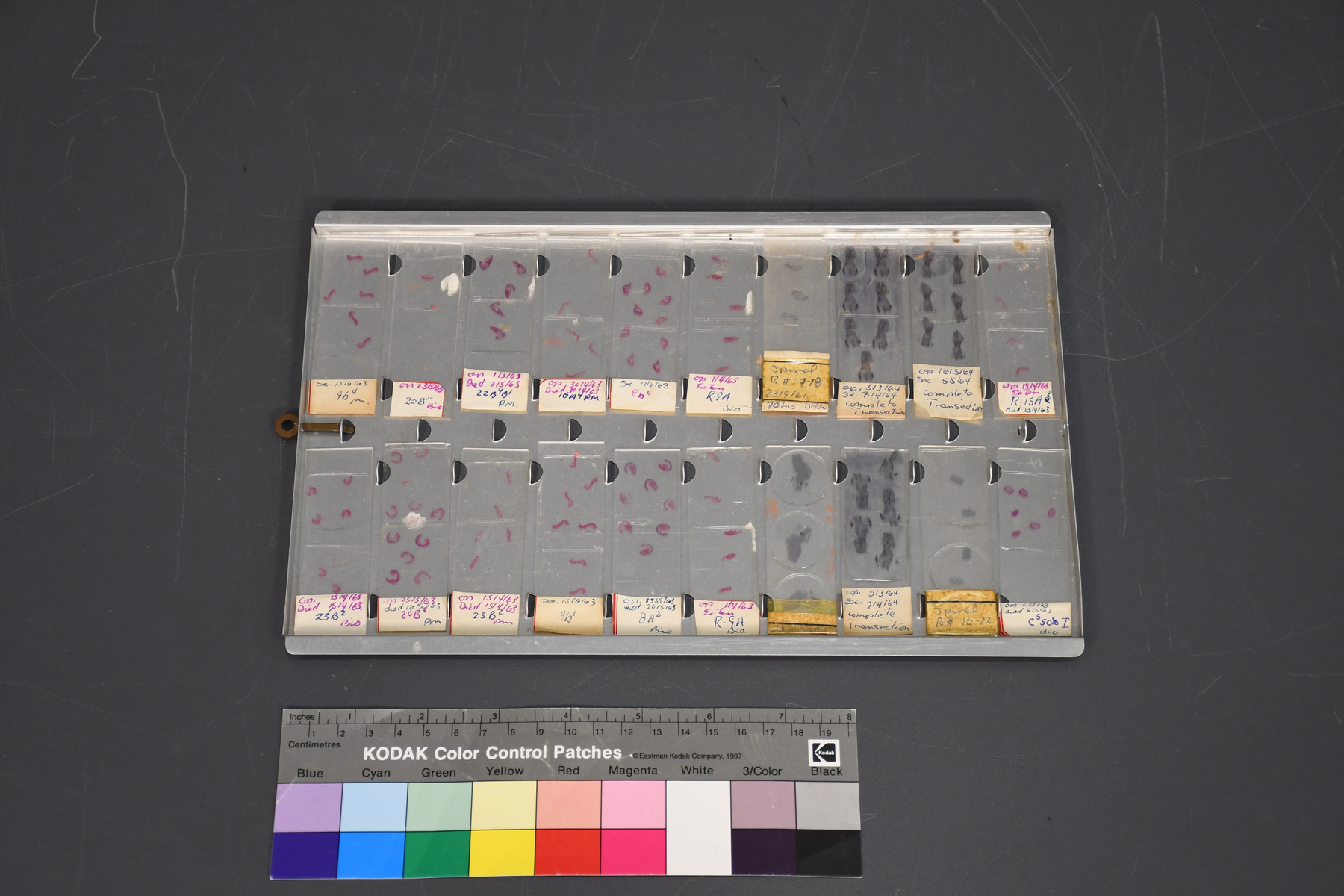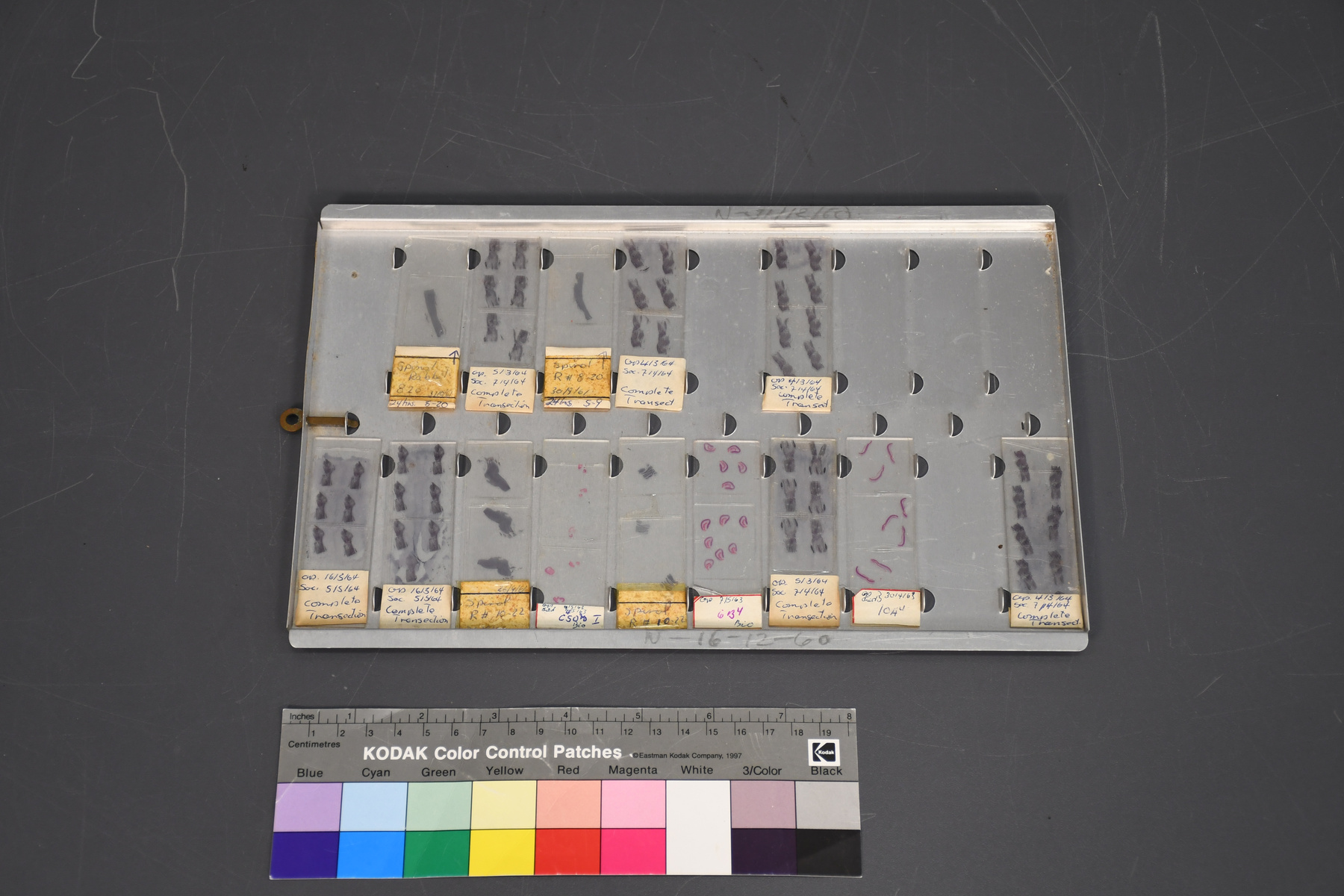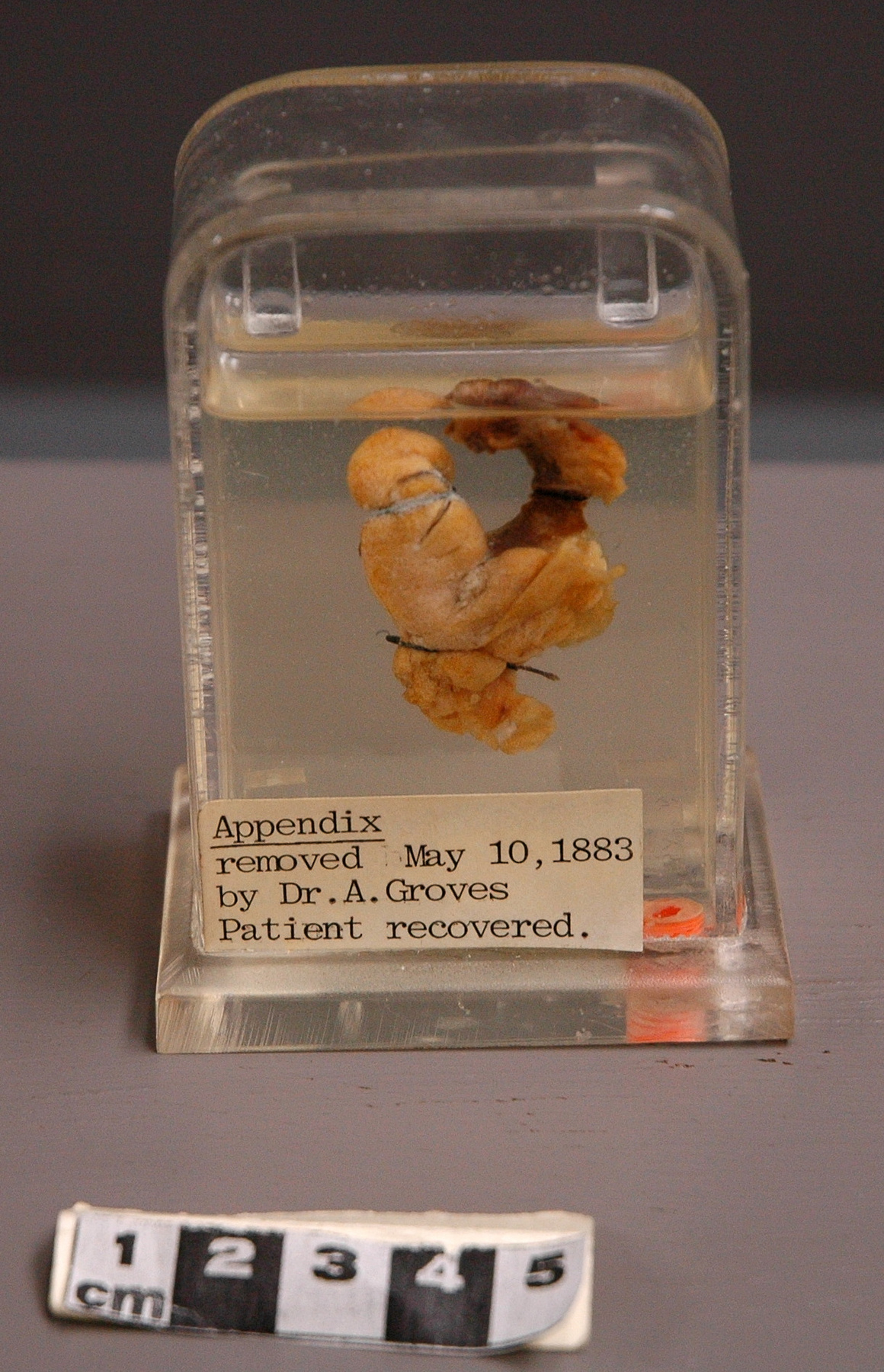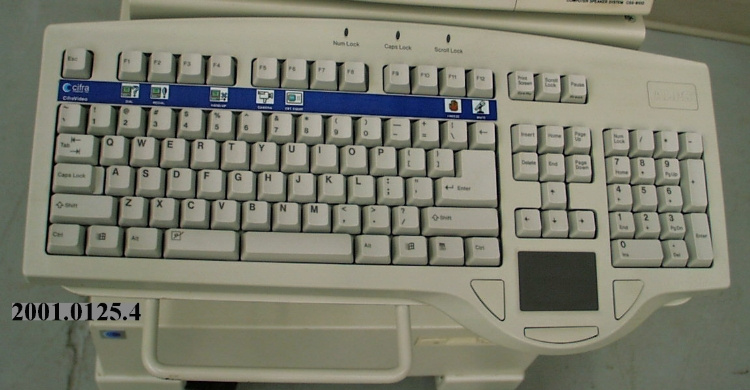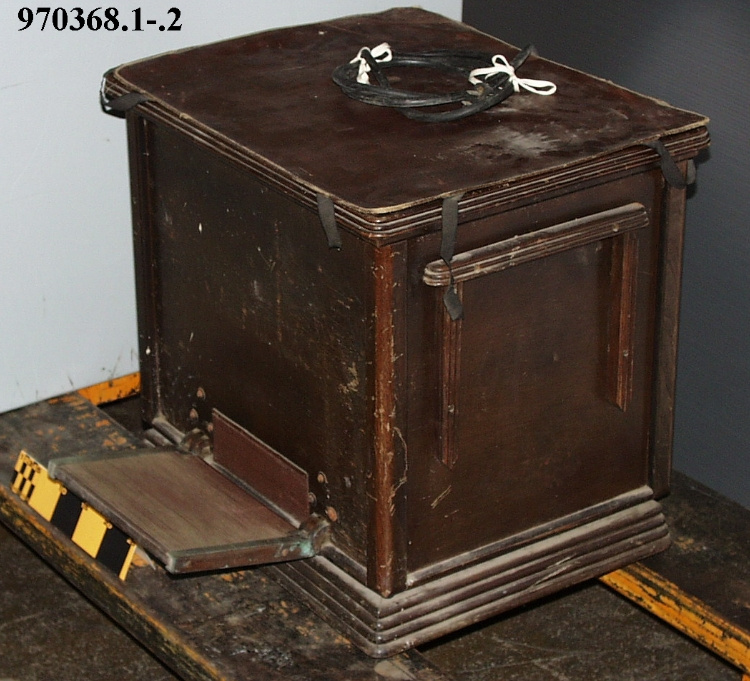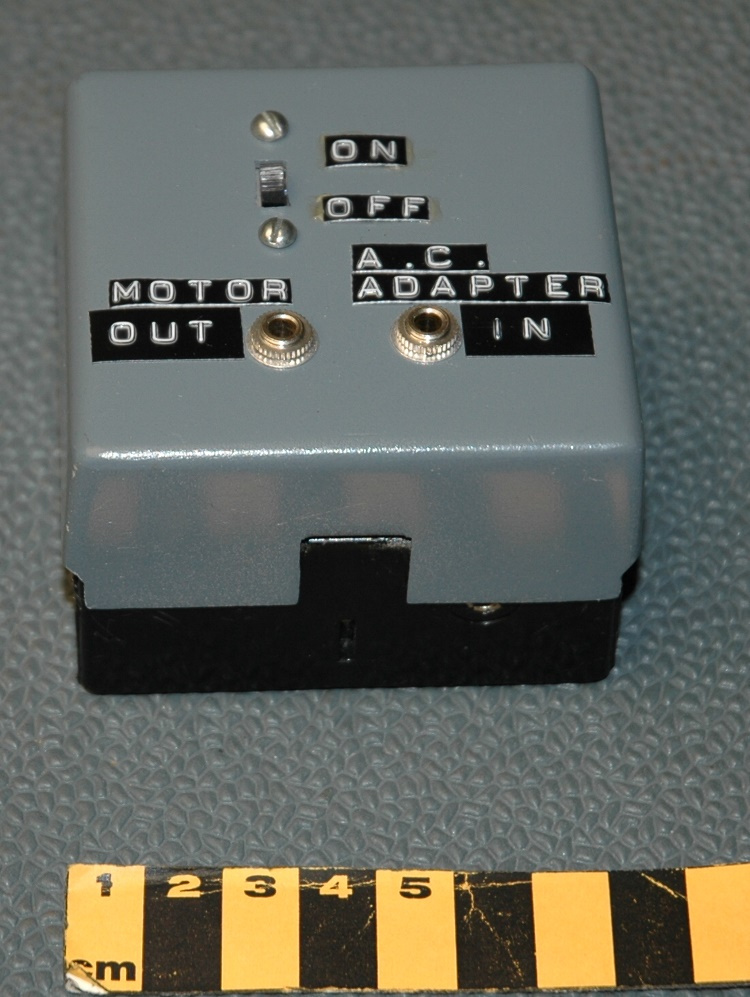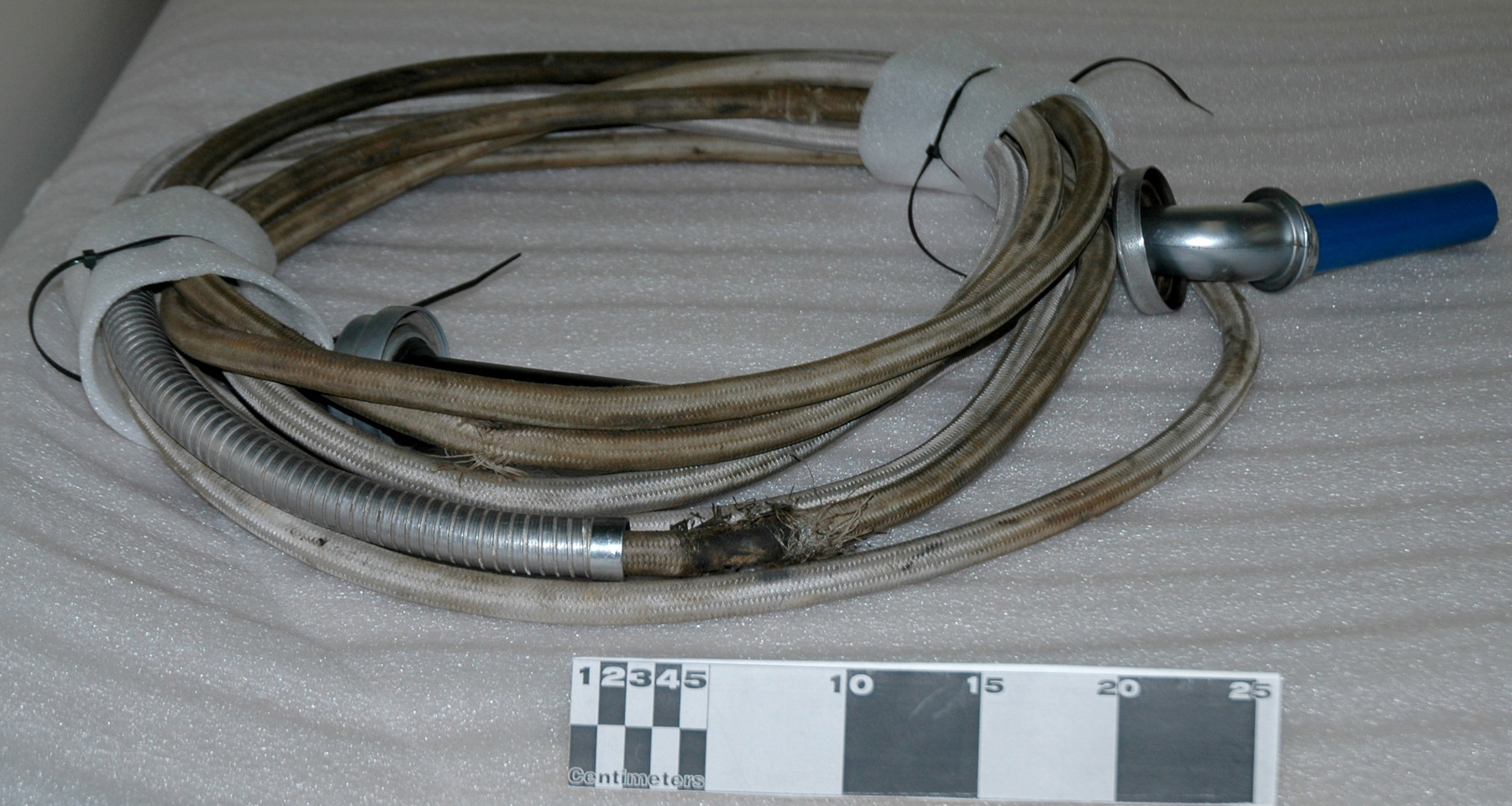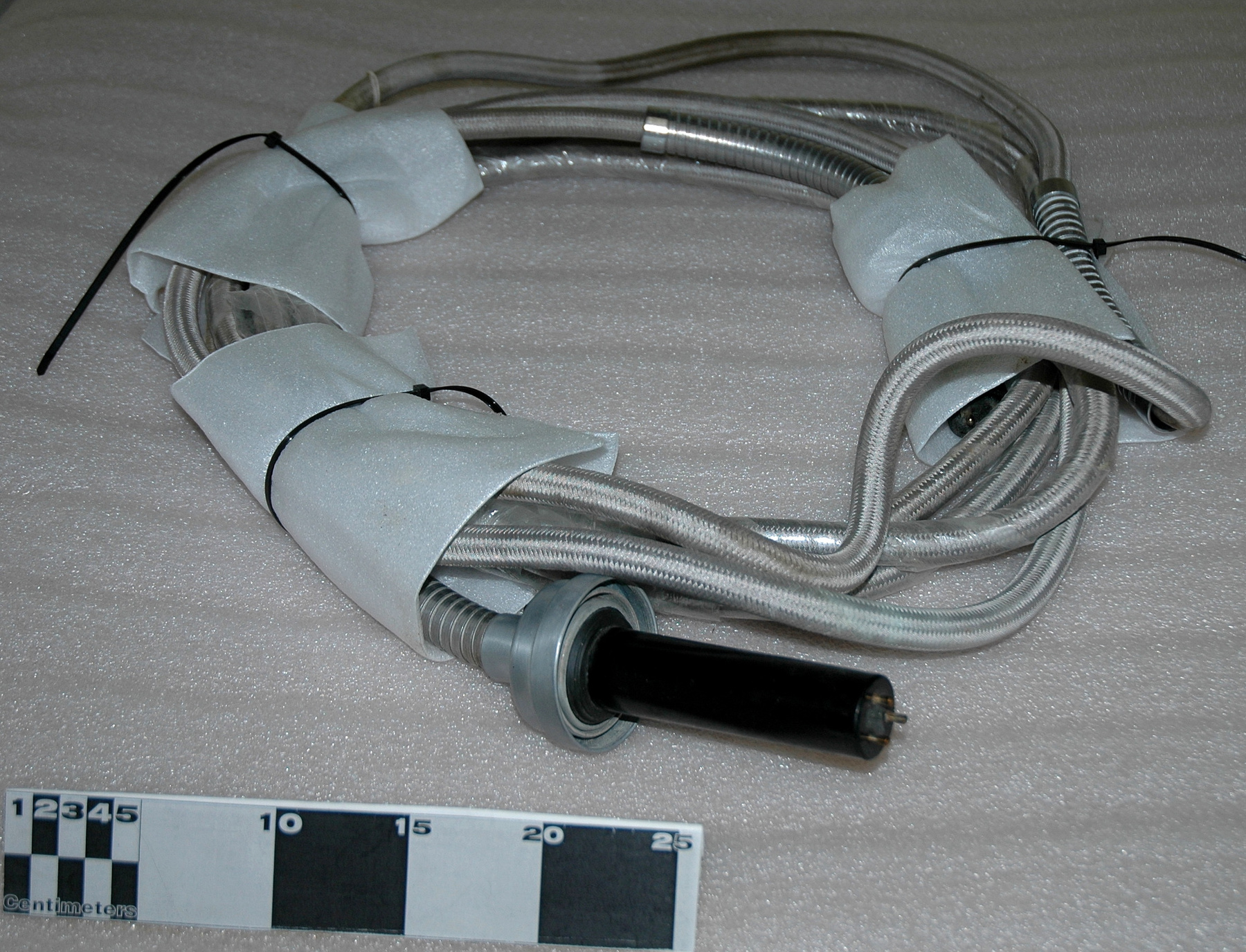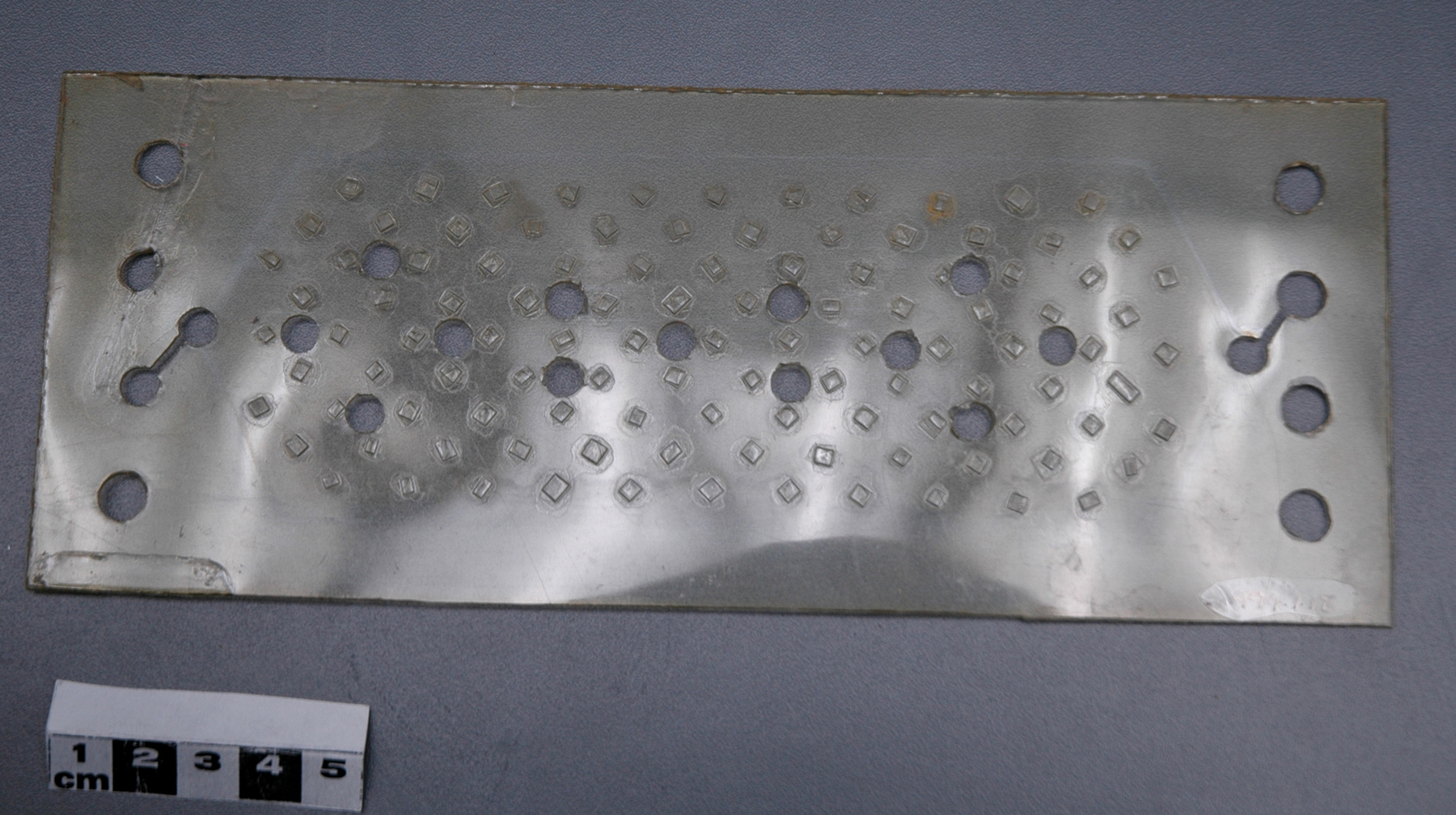Template
Use this image
Can I reuse this image without permission? Yes
Object images on the Ingenium Collection’s portal have the following Creative Commons license:
Copyright Ingenium / CC BY-NC-ND (Attribution-NonCommercial 4.0 International (CC BY-NC 4.0)
ATTRIBUTE THIS IMAGE
Ingenium,
2002.0620.010
Permalink:
Ingenium is releasing this image under the Creative Commons licensing framework, and encourages downloading and reuse for non-commercial purposes. Please acknowledge Ingenium and cite the artifact number.
DOWNLOAD IMAGEPURCHASE THIS IMAGE
This image is free for non-commercial use.
For commercial use, please consult our Reproduction Fees and contact us to purchase the image.
- OBJECT TYPE
- N/A
- DATE
- 1951–1953
- ARTIFACT NUMBER
- 2002.0620.010
- MANUFACTURER
- Murray, Dr. G. & Roschlau, Dr. W.
- MODEL
- Unknown
- LOCATION
- Toronto, Ontario, Canada
More Information
General Information
- Serial #
- prototype
- Part Number
- 10
- Total Parts
- 10
- AKA
- artificial kidney machine dialyzer
- Patents
- N/A
- General Description
- synthetic
Dimensions
Note: These reflect the general size for storage and are not necessarily representative of the object's true dimensions.
- Length
- 22.3 cm
- Width
- 8.9 cm
- Height
- N/A
- Thickness
- N/A
- Weight
- N/A
- Diameter
- N/A
- Volume
- N/A
Lexicon
- Group
- Medical Technology
- Category
- Medical equipment
- Sub-Category
- N/A
Manufacturer
- AKA
- Murray Roschlau
- Country
- Canada
- State/Province
- Ontario
- City
- Toronto
Context
- Country
- Canada
- State/Province
- Ontario
- Period
- Used c. 1951-1953.
- Canada
-
Second artificial kidney designed and manufactured by Drs. Gordon Murray and Walter Roschlau at W.P Caven Research Foundation, Toronto c. 1951-1953. It was used experimentally in his laboratory on Holmwood Ave. (site of the CRV) and once for emergency treatment on a patient suffering kidney failure at Toronto General Hospital. [Ref.4] Murray's second-generation machine was an improvement from the original: it's design features made it more compact and efficient, easier to handle, set-up and use, and less intimidating for both patient and hospital staff. [Ref. 8] Murray abandoned his renal dialysis research c. 1954 . Murray was a remarkable surgeon and innovator whose work earned him international recognition. In the 1930s Dr. Murray introduced the anticoagulant Heparin to world clinical practice; in the '40s he developed the first artificial kidney in North America; and in 1955 he performed the first successful transplant of a human heart valve. Unfortunately, these achievements are often overshadowed by his later, controversial work on an anti-cancer serum, and on unconventional surgery for injuries caused by traumatic paraplegia. (2002.0619 Ref. 3] - Function
-
Pattern used to ensure consistency and accuracy of completed item. - Technical
-
Unknown - Area Notes
-
Unknown
Details
- Markings
- None, save UHN catalogue no. "994.18.1" printed by hand in black ink in one corner .
- Missing
- Appears complete.
- Finish
- Rigid synthetic material has yellow-tint; incorporates series of small raised square bosses and 21 punched holes.
- Decoration
- N/A
CITE THIS OBJECT
If you choose to share our information about this collection object, please cite:
Murray, Dr. G. & Roschlau, Dr. W., Template, between 1951–1953, Artifact no. 2002.0620, Ingenium – Canada’s Museums of Science and Innovation, http://collections.ingeniumcanada.org/en/item/2002.0620.010/
FEEDBACK
Submit a question or comment about this artifact.
More Like This
